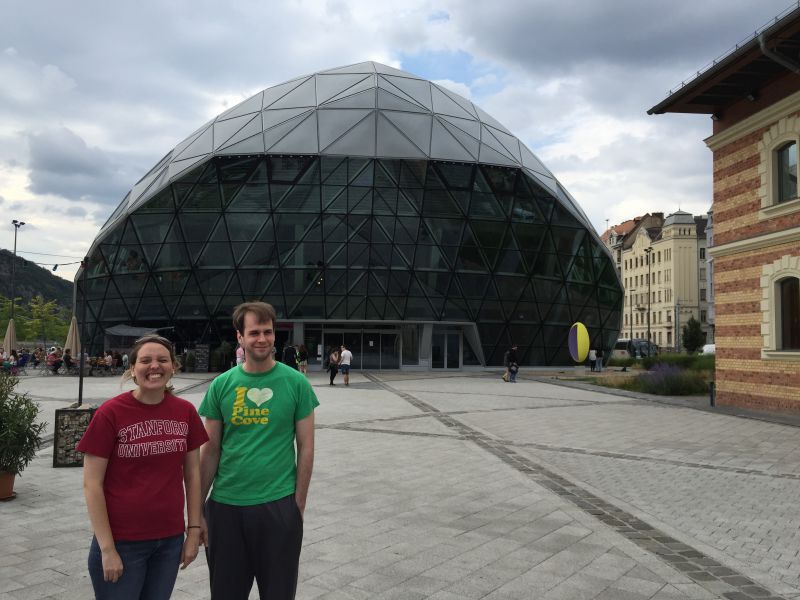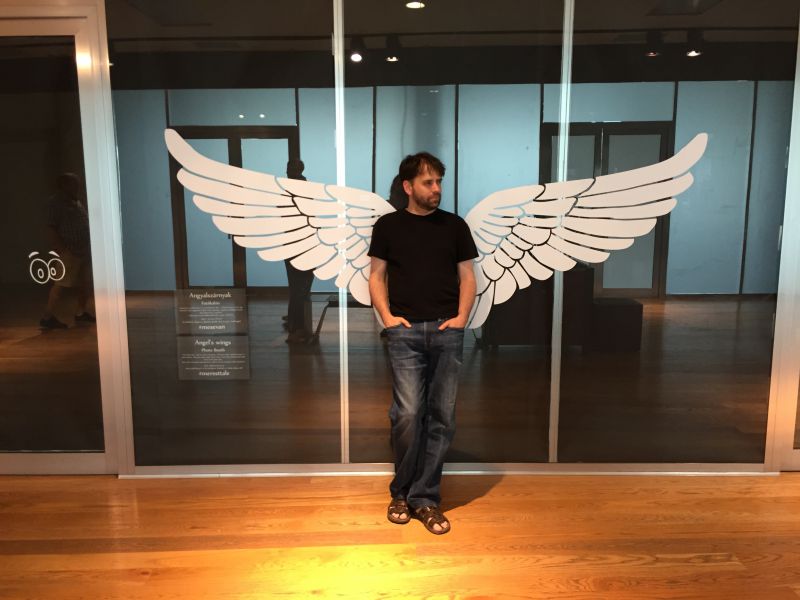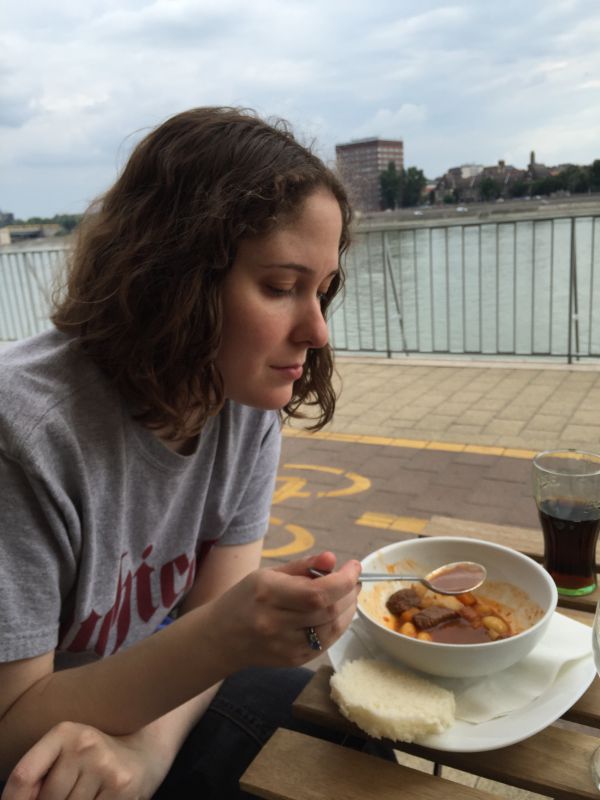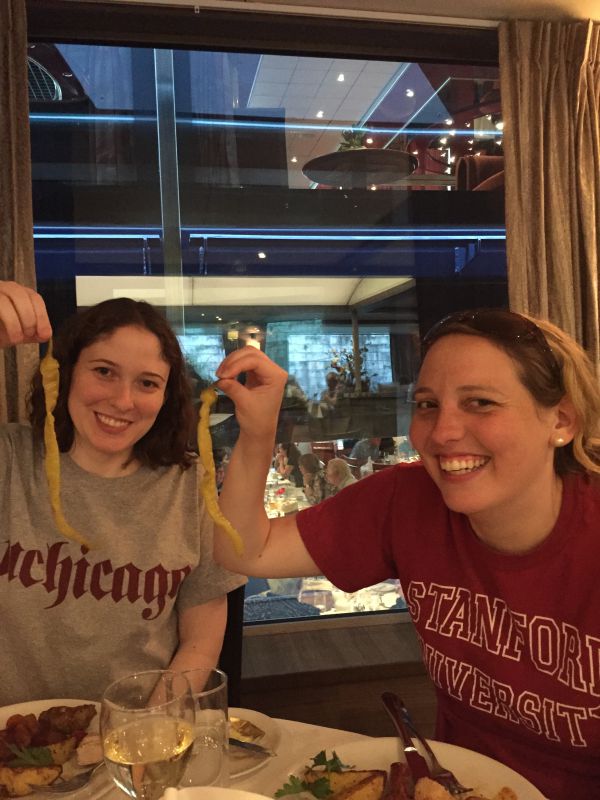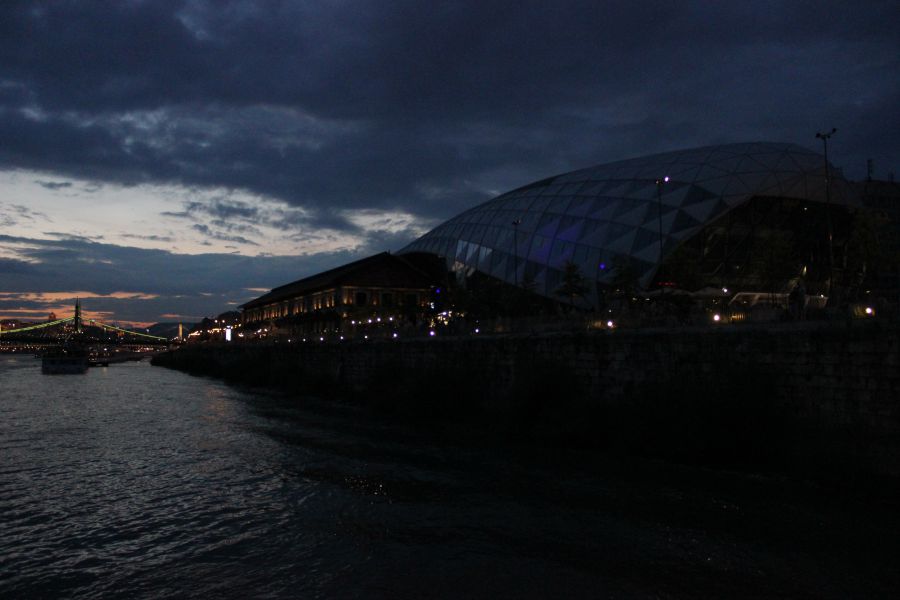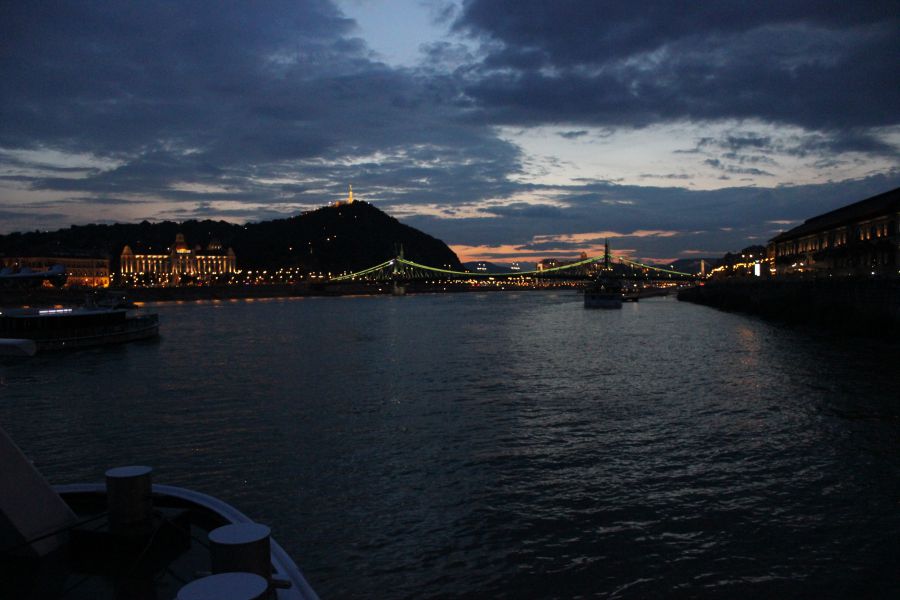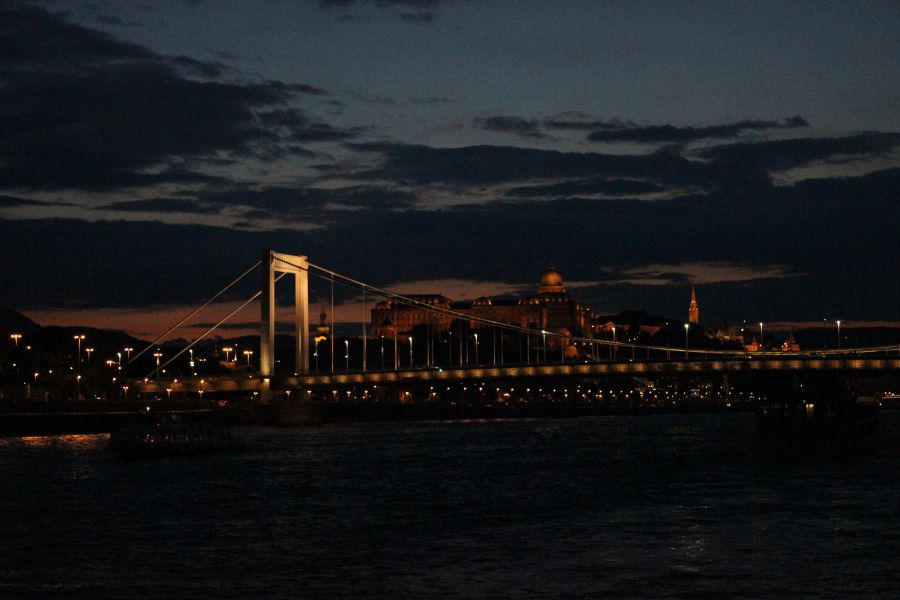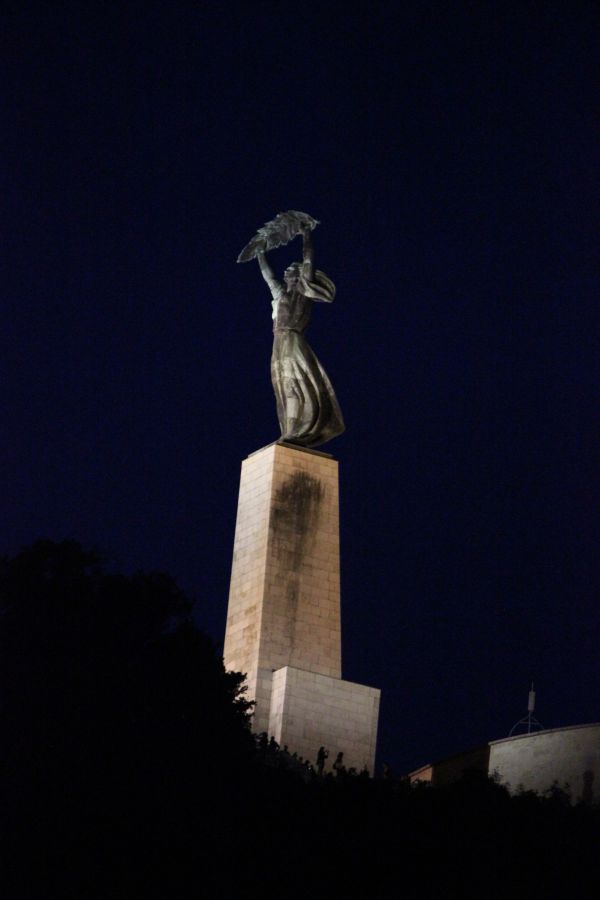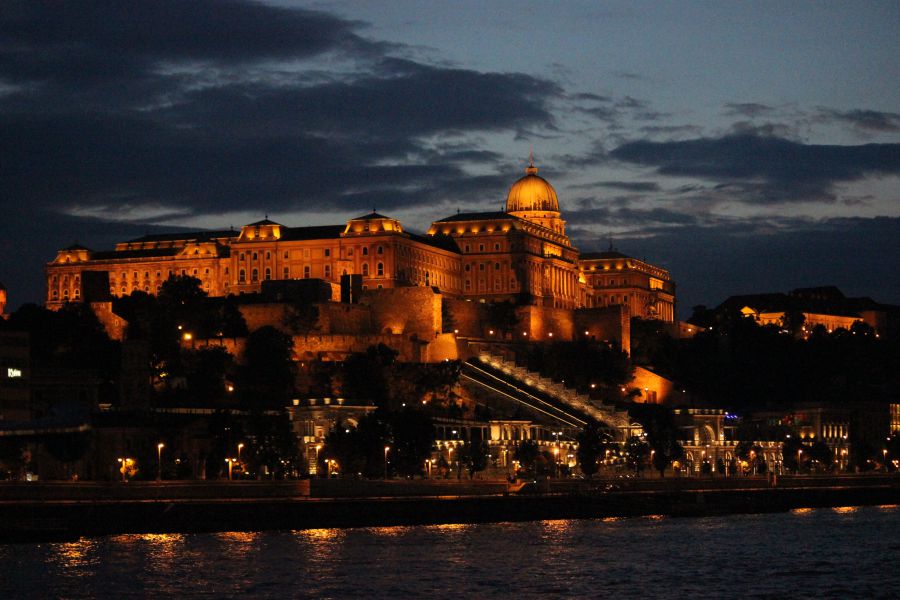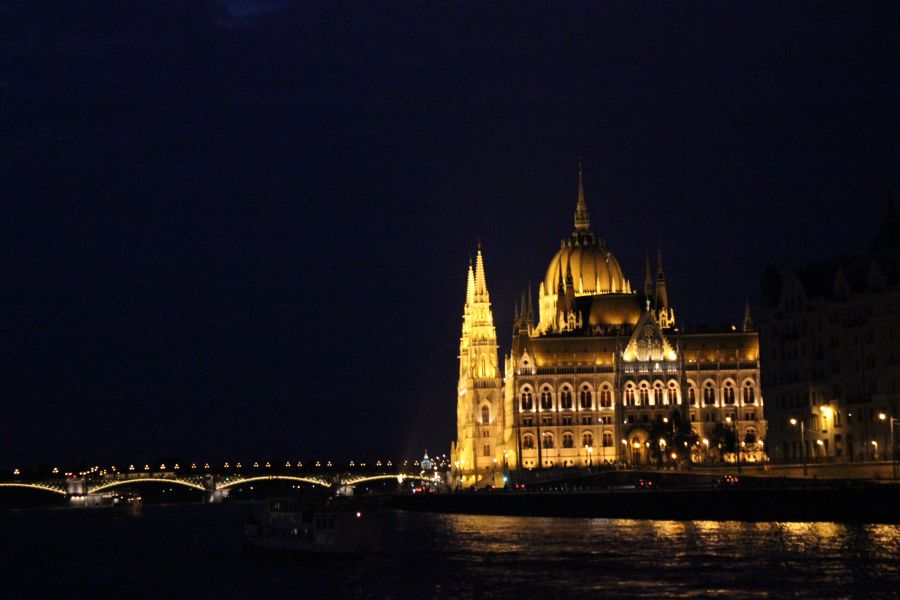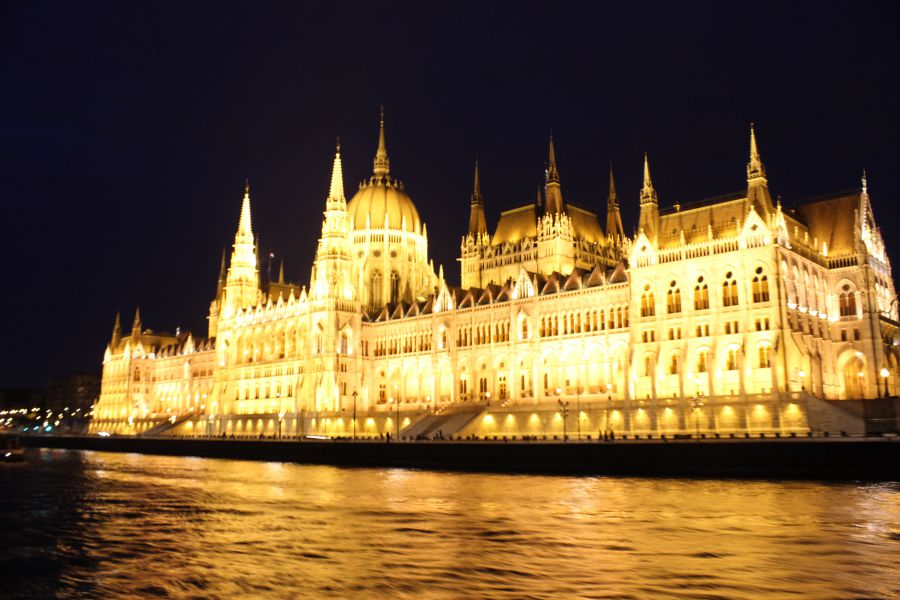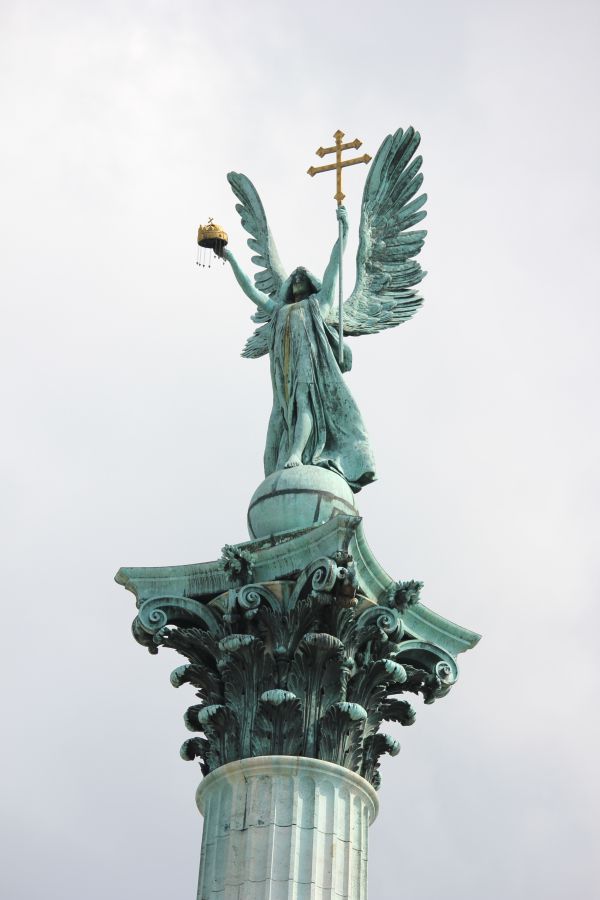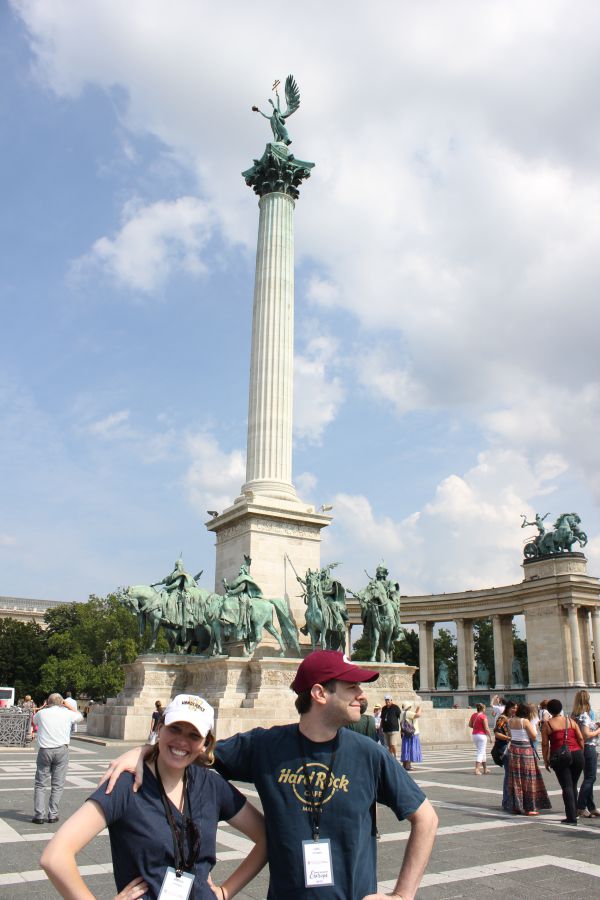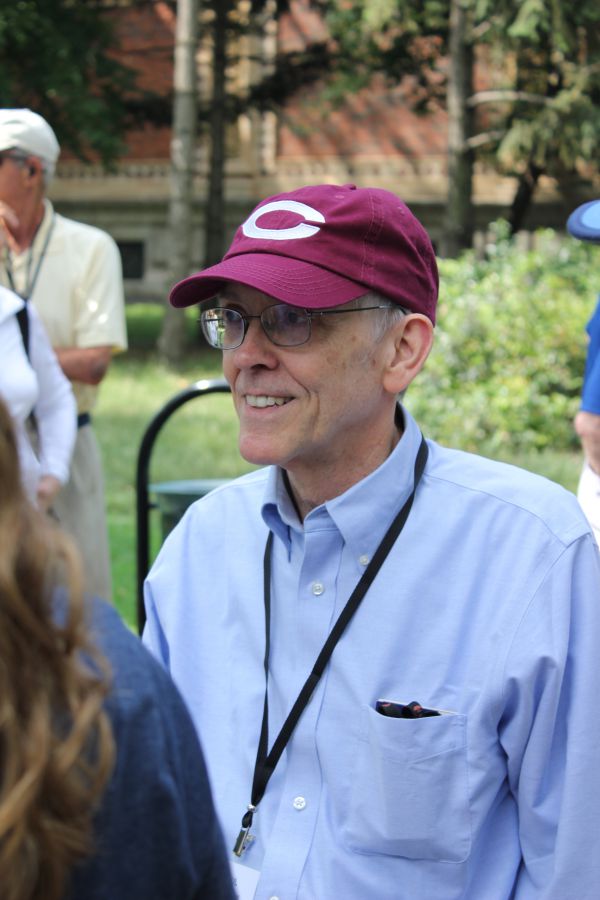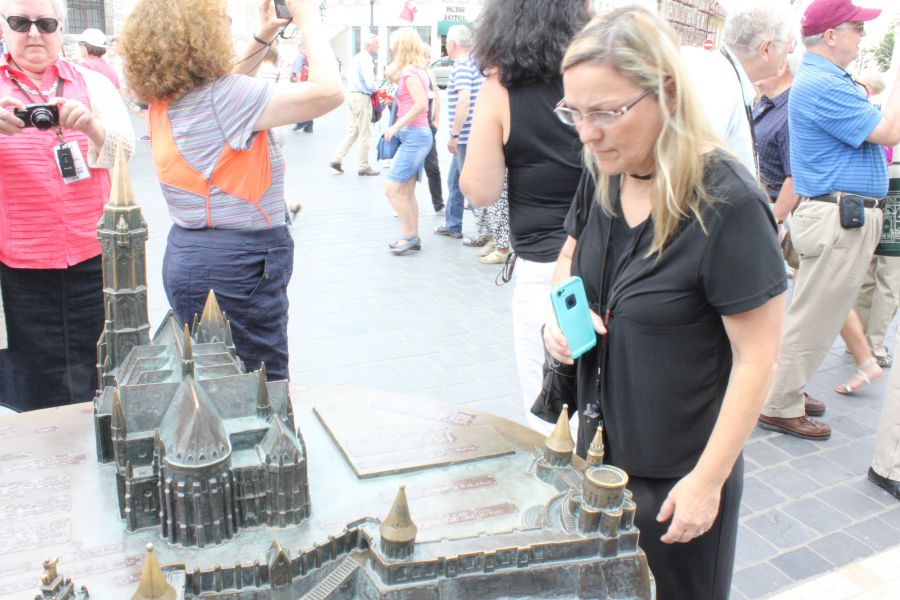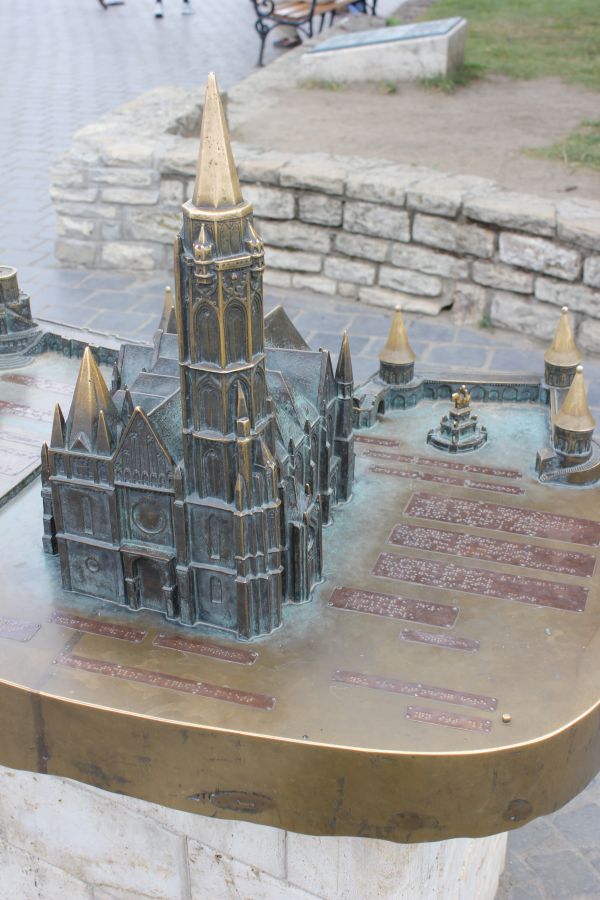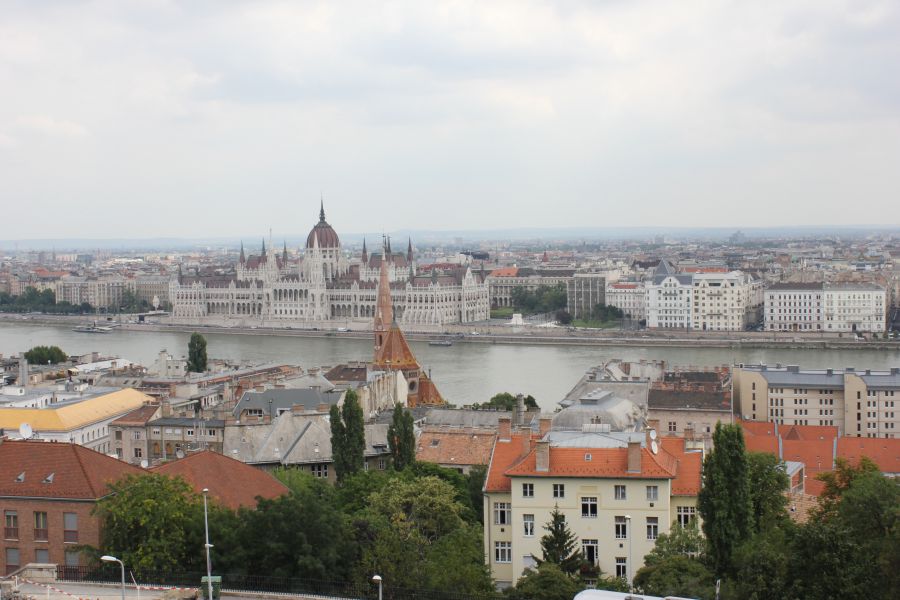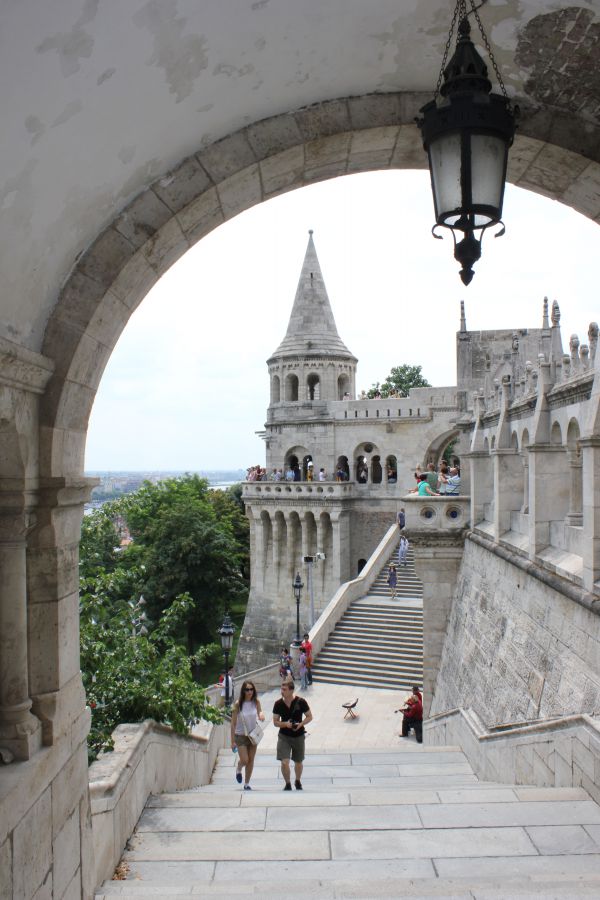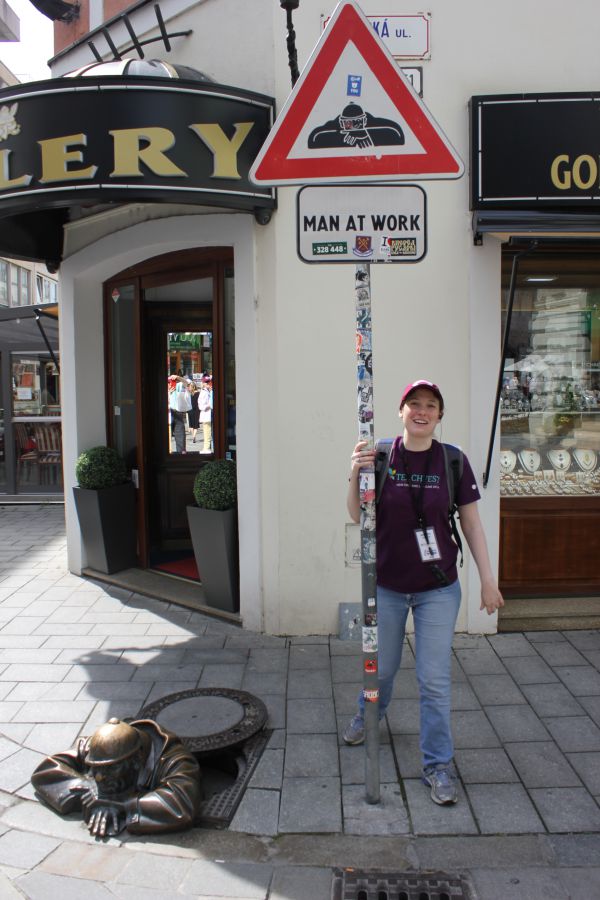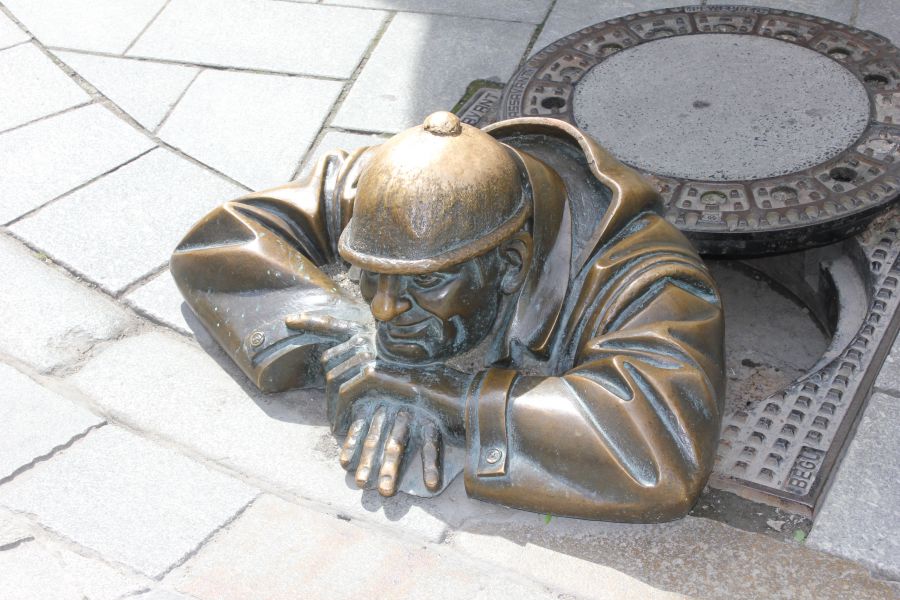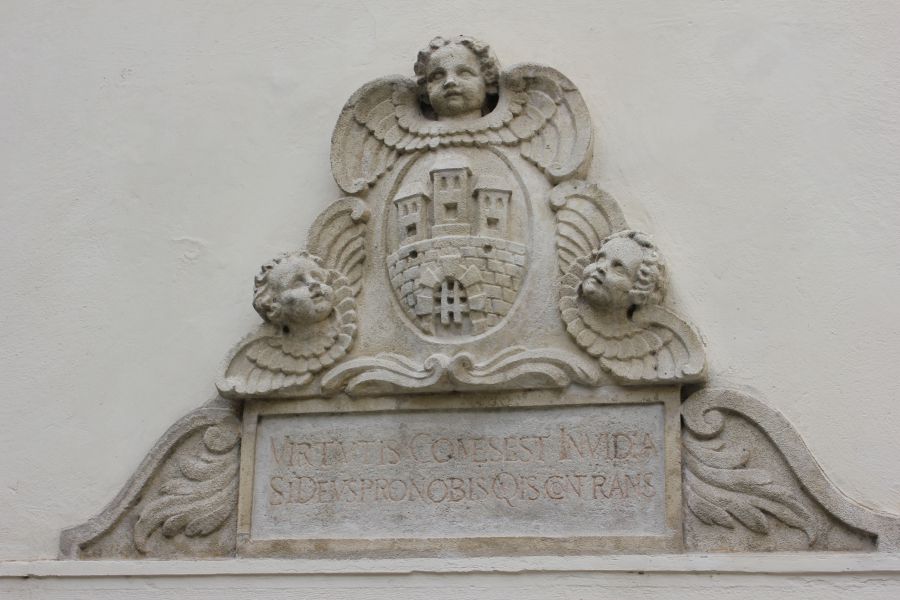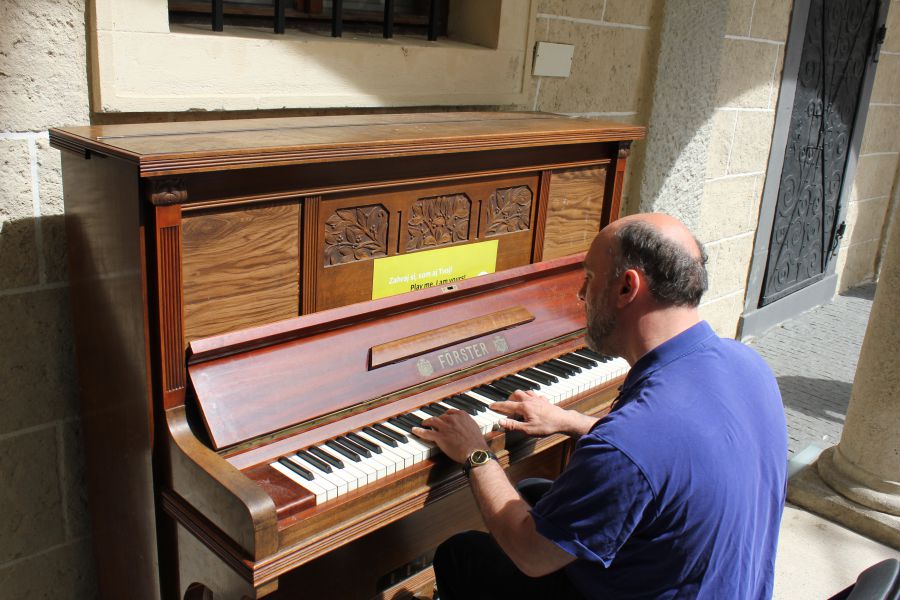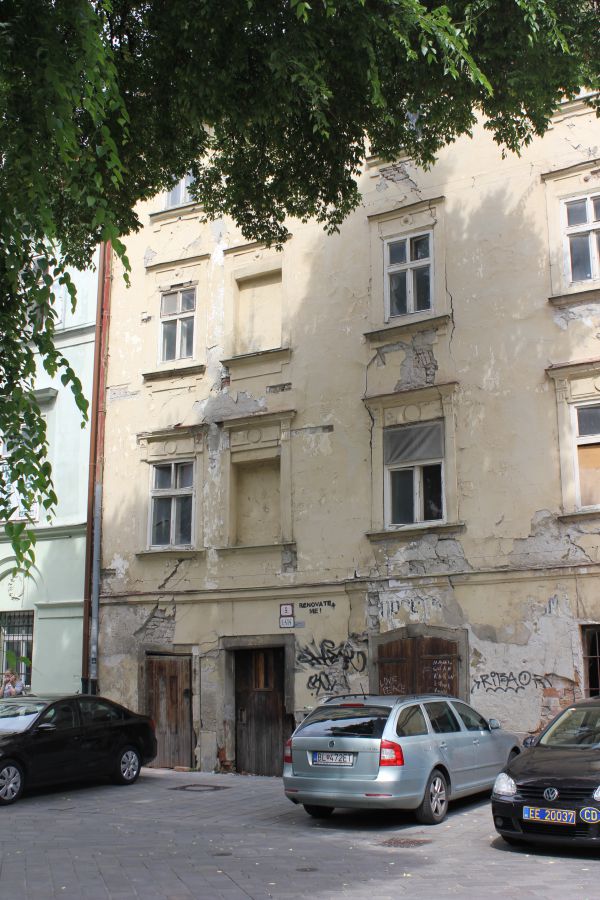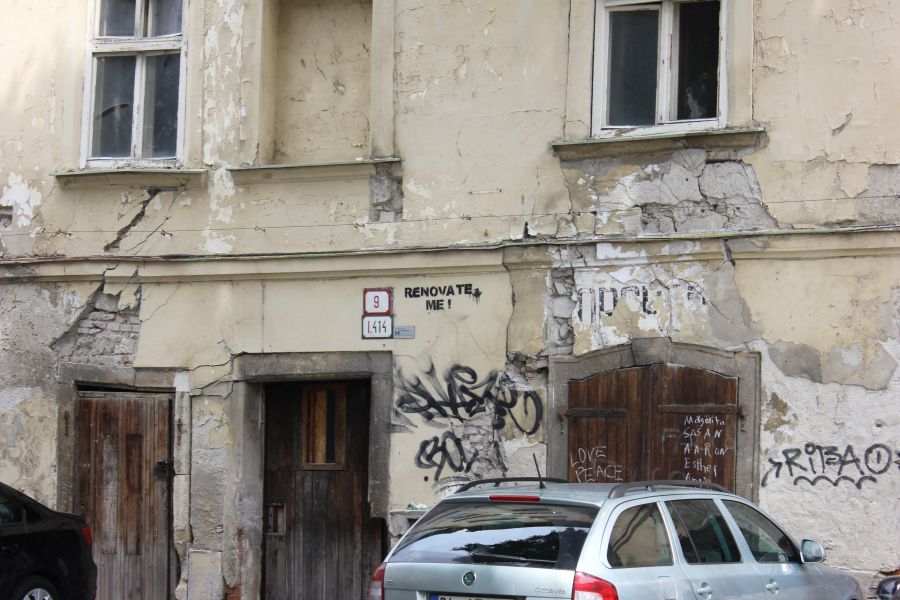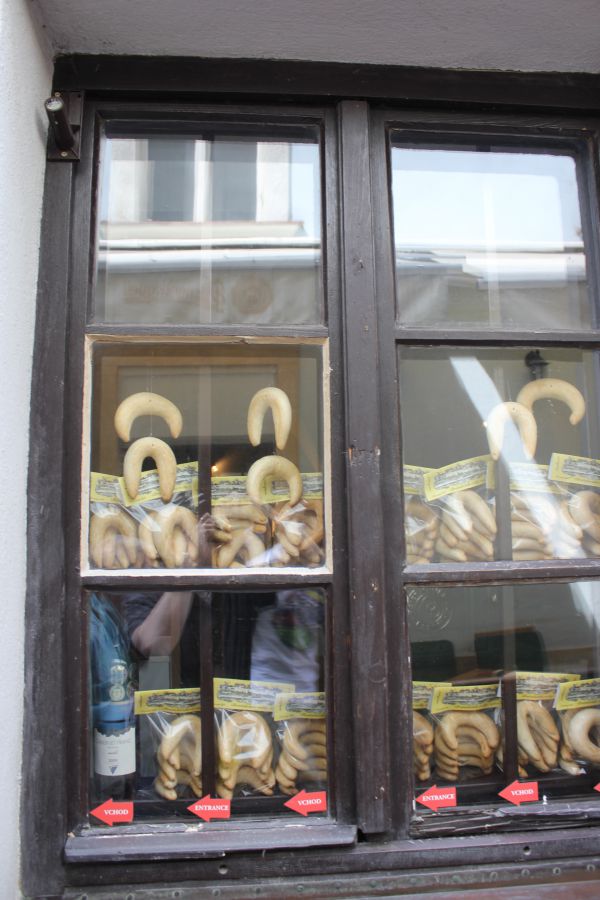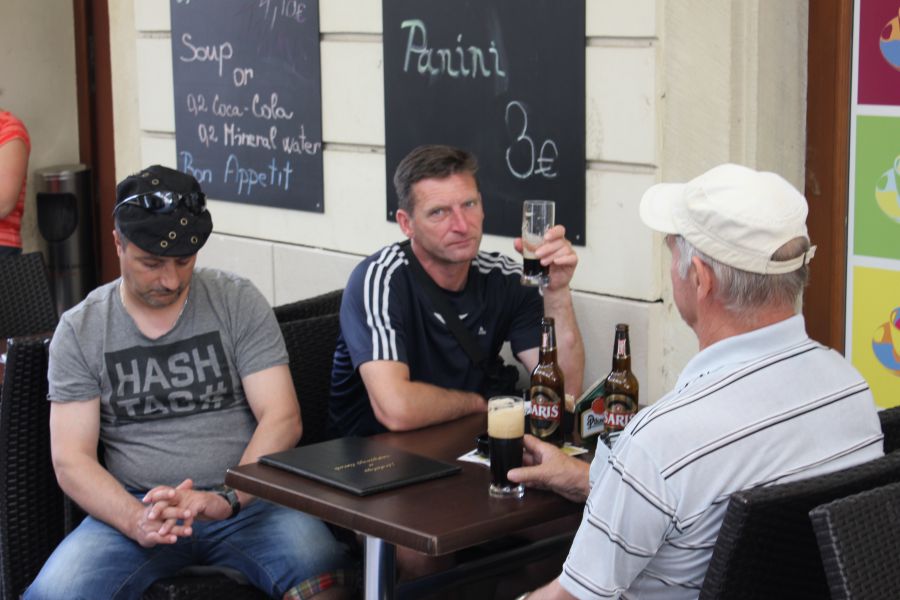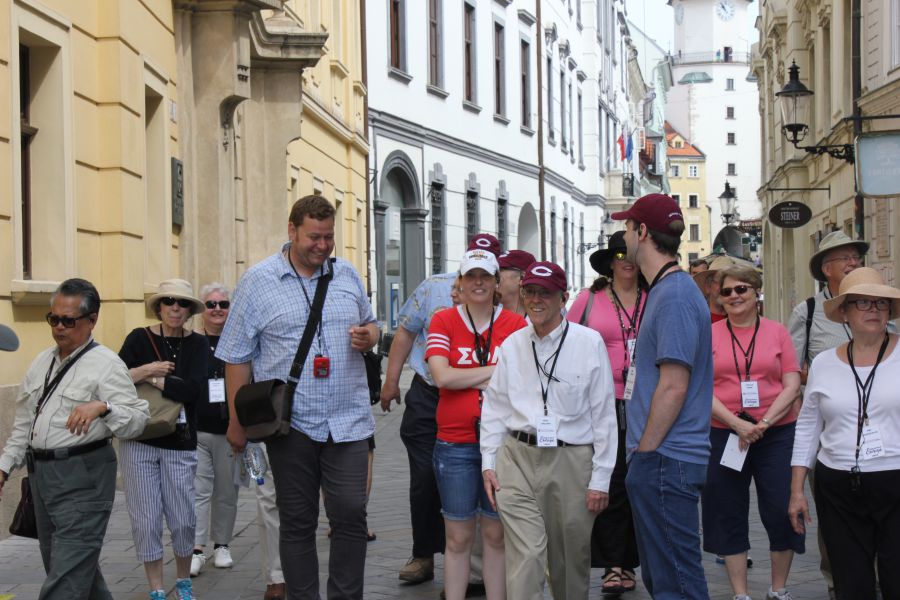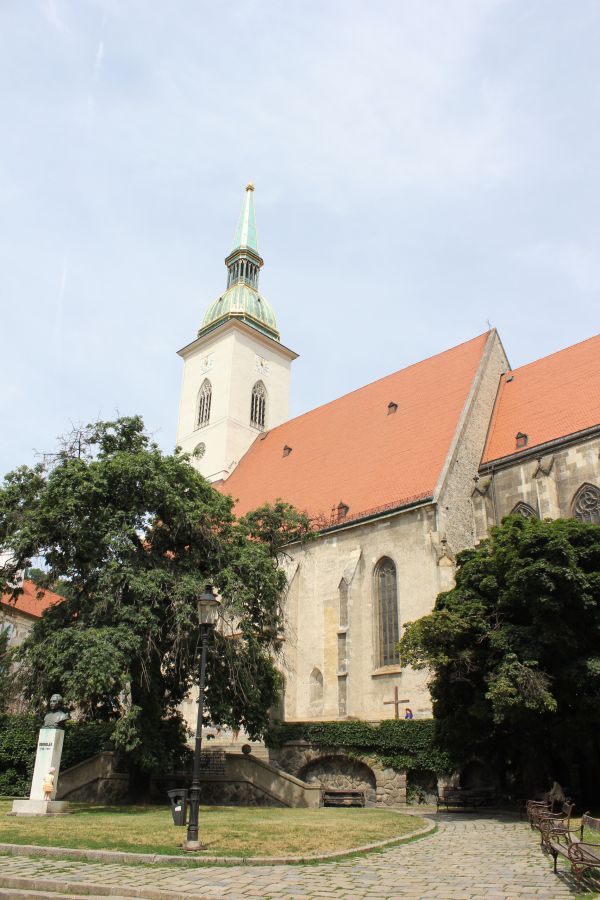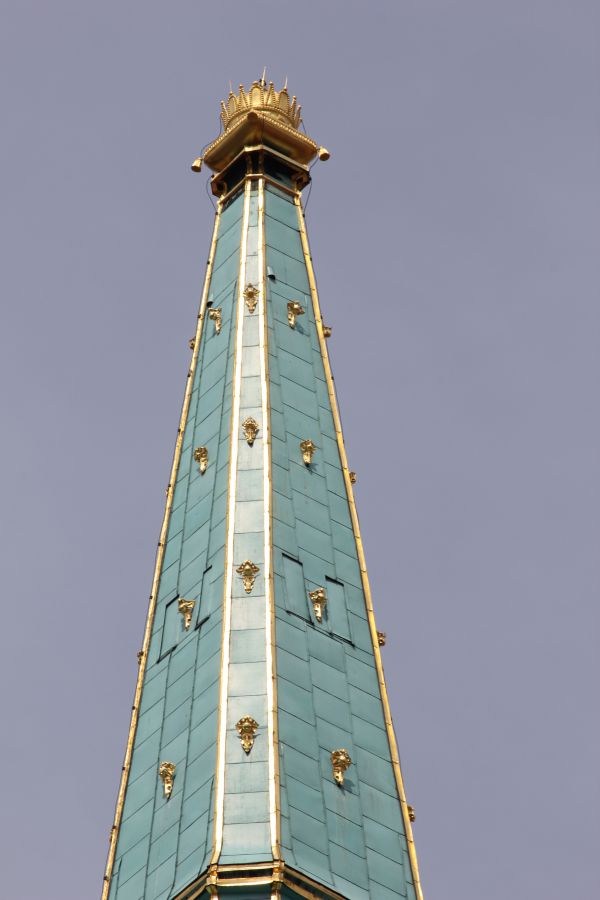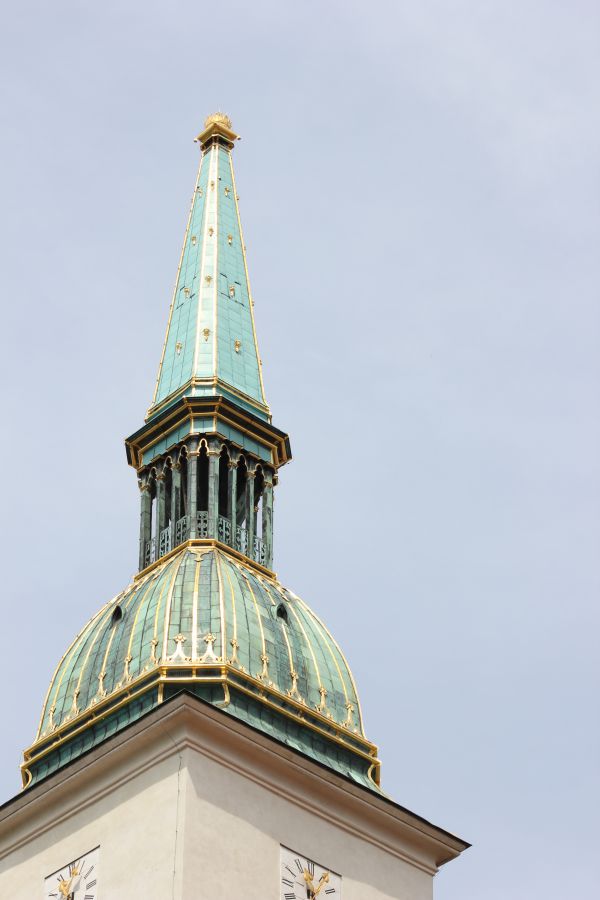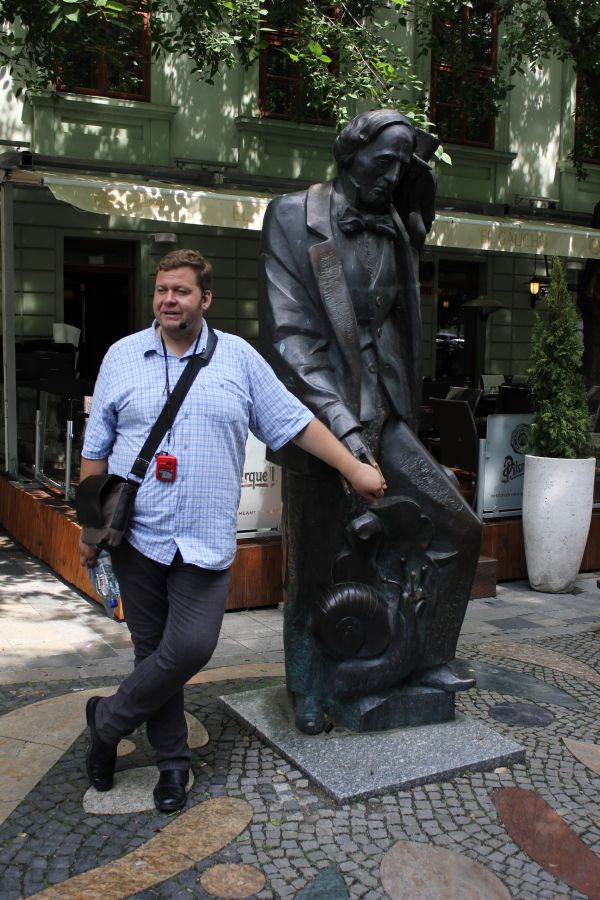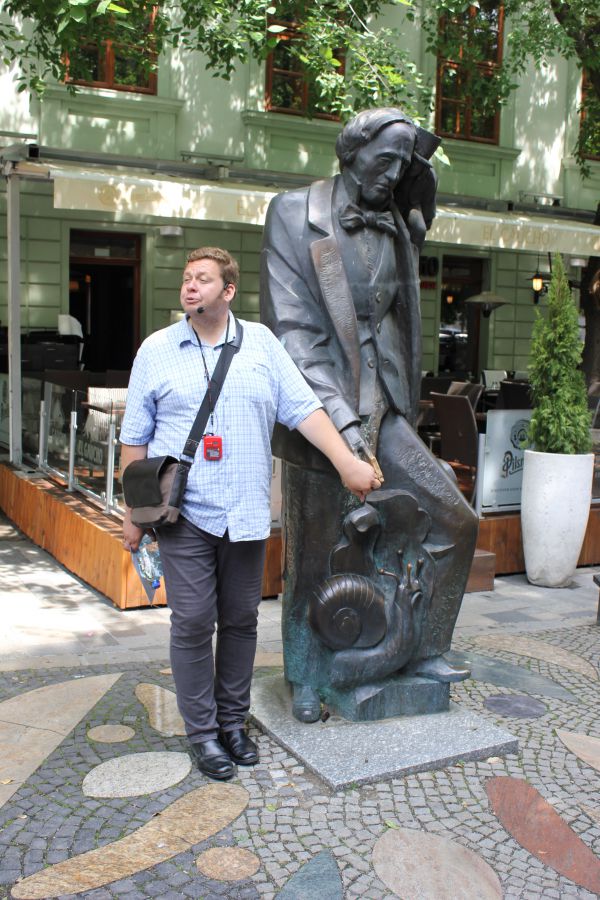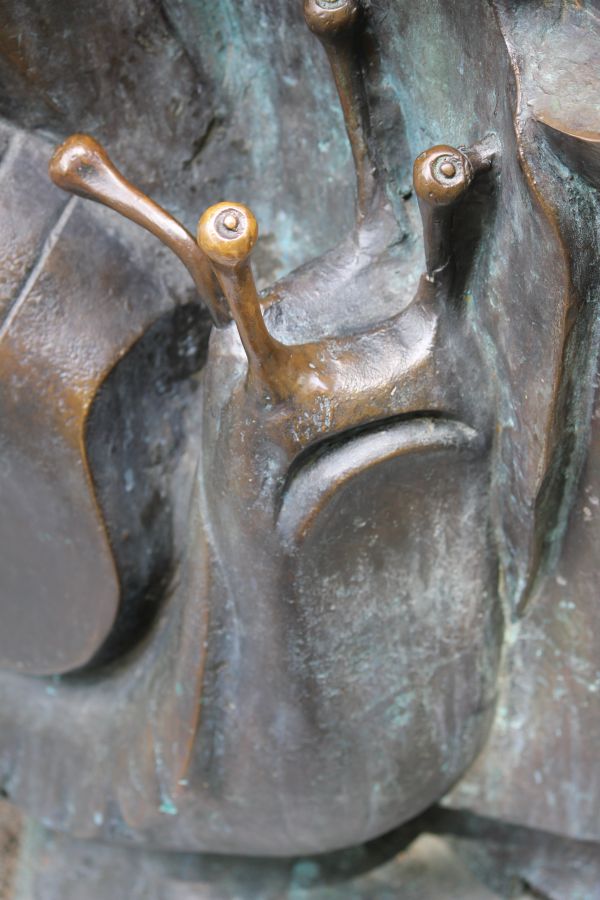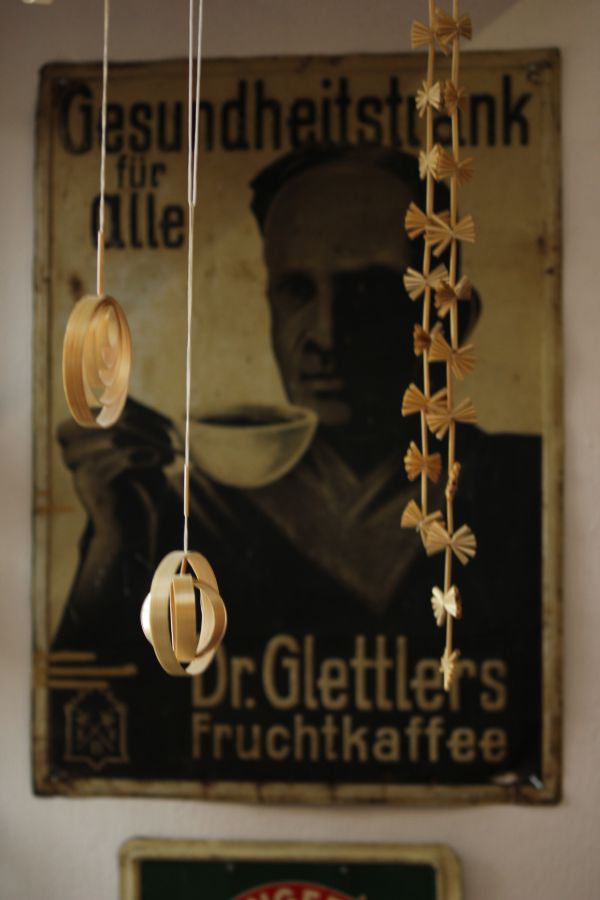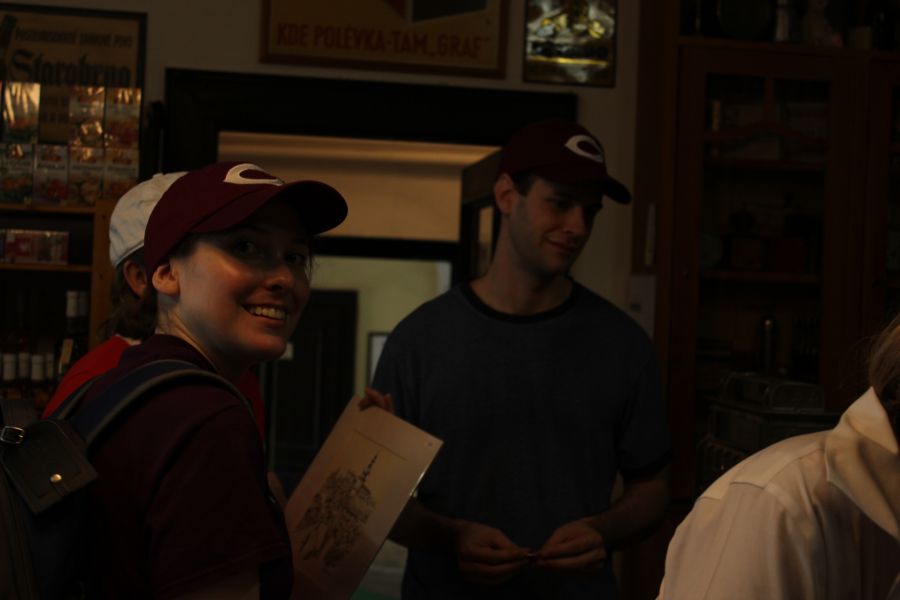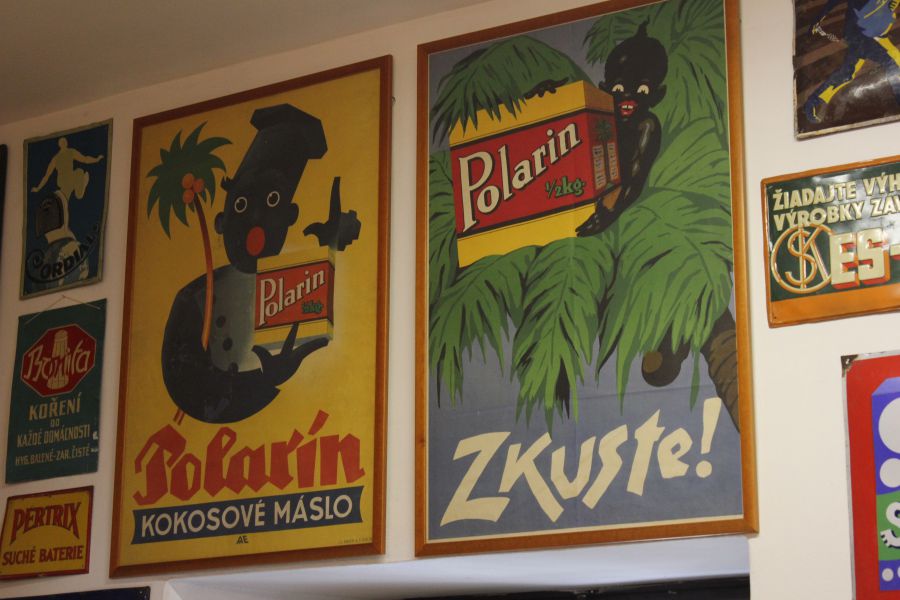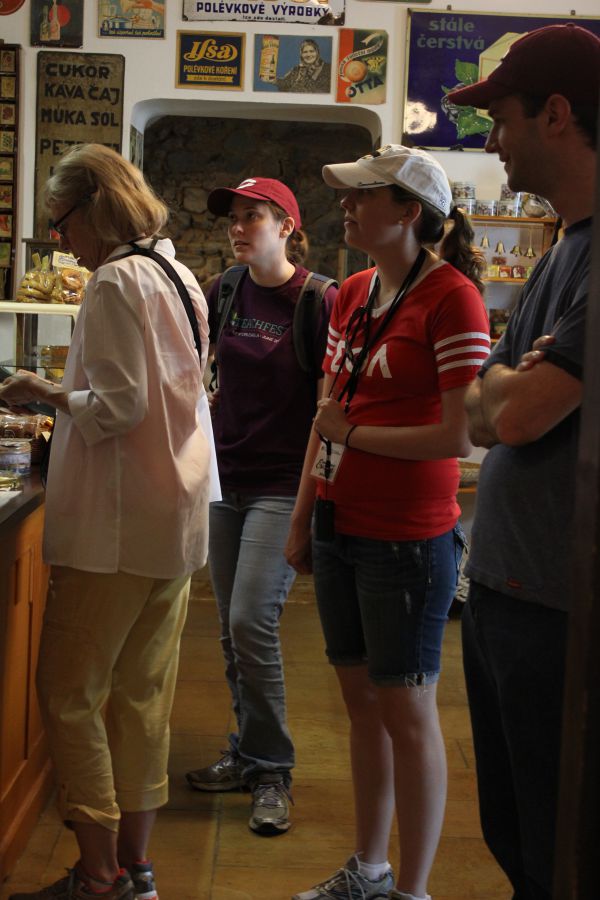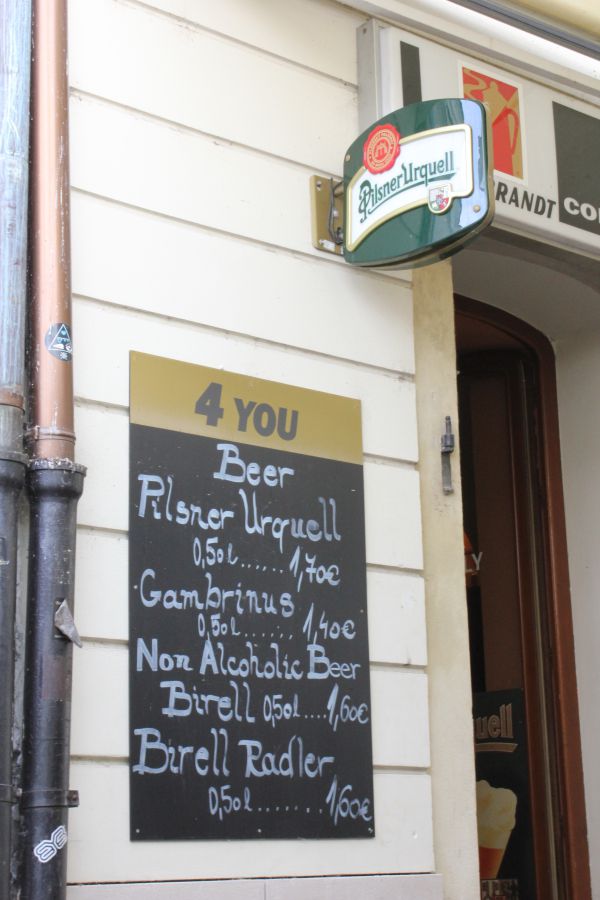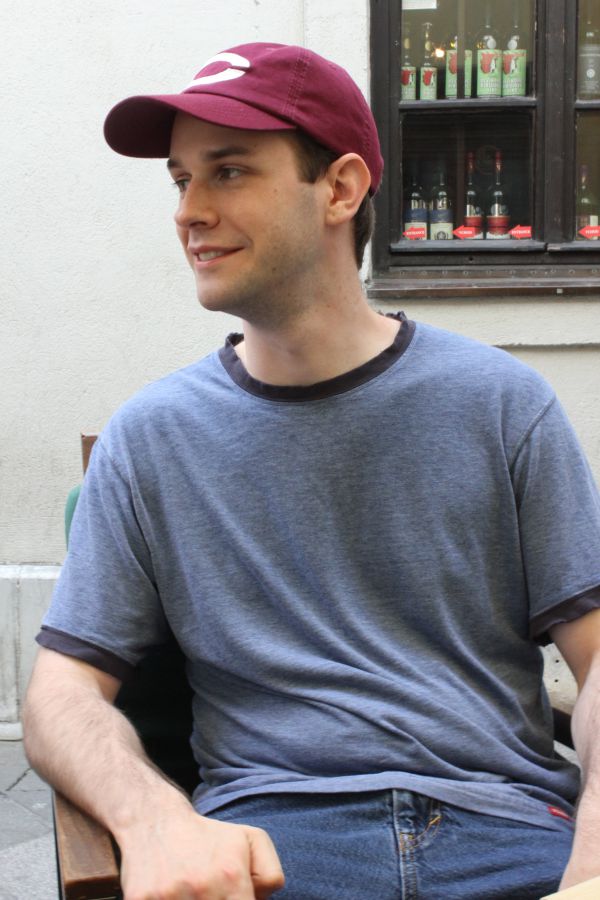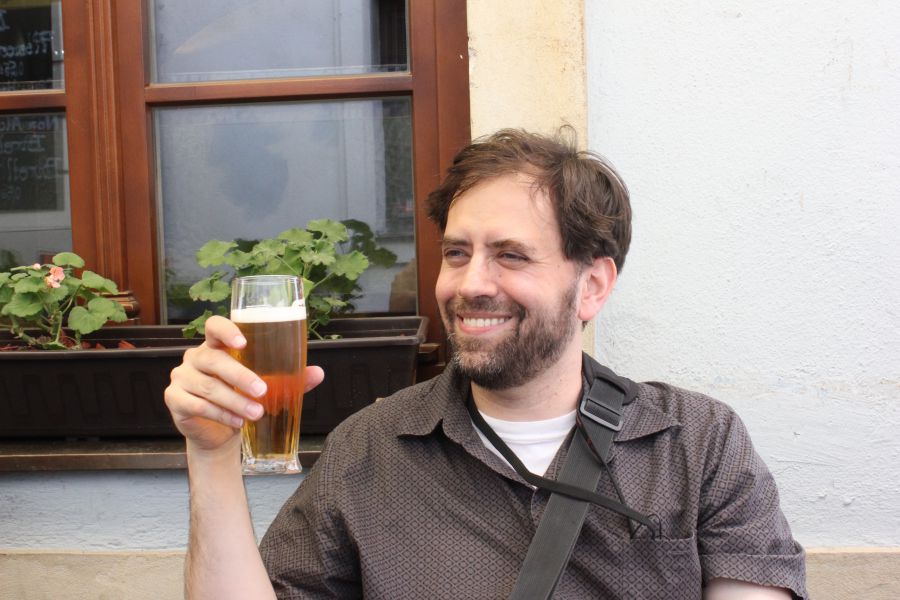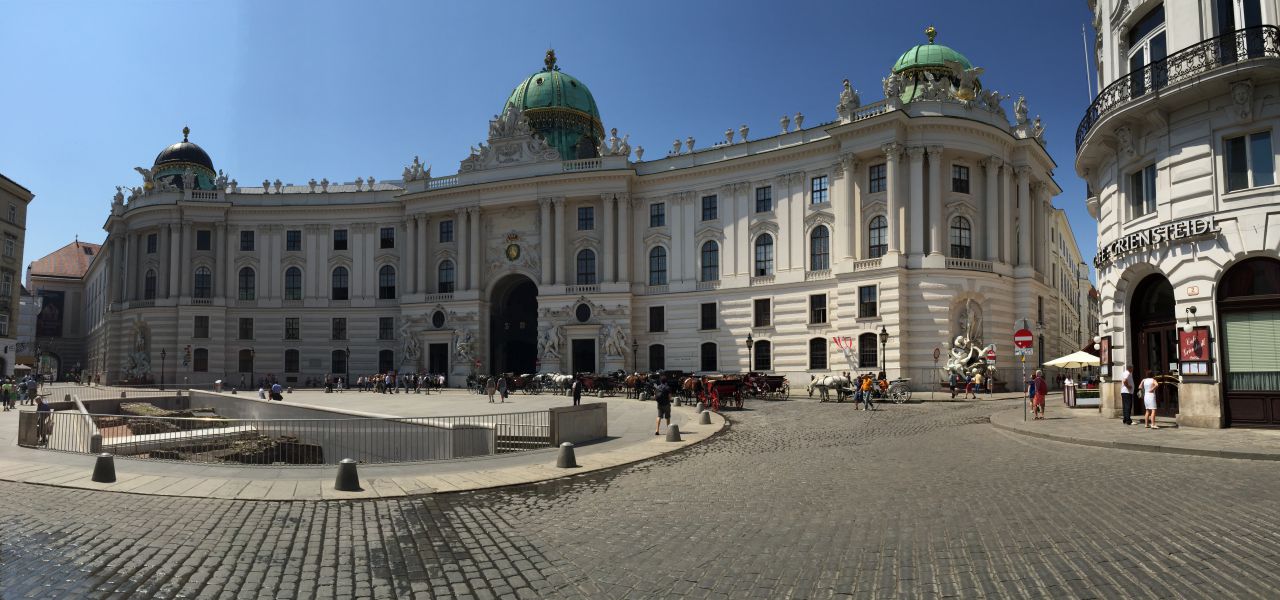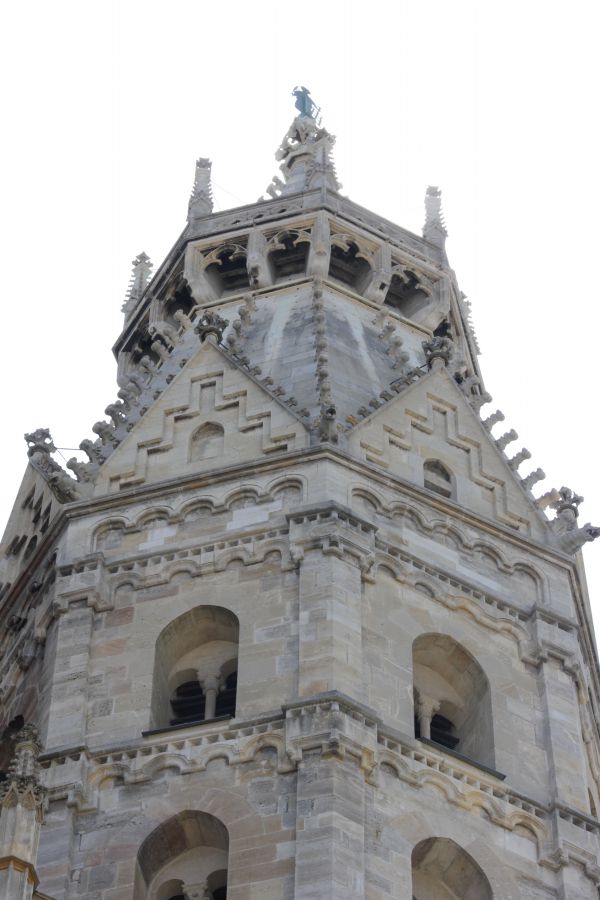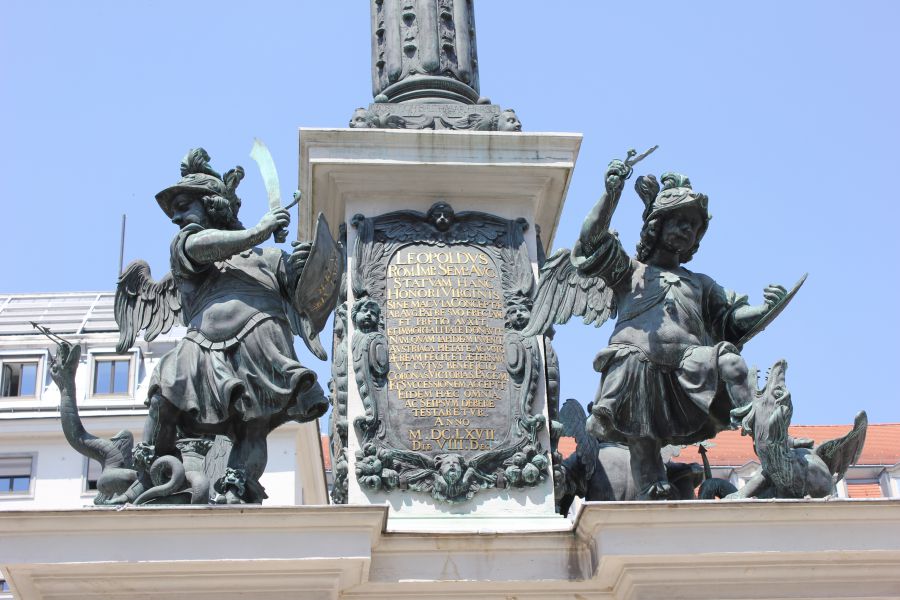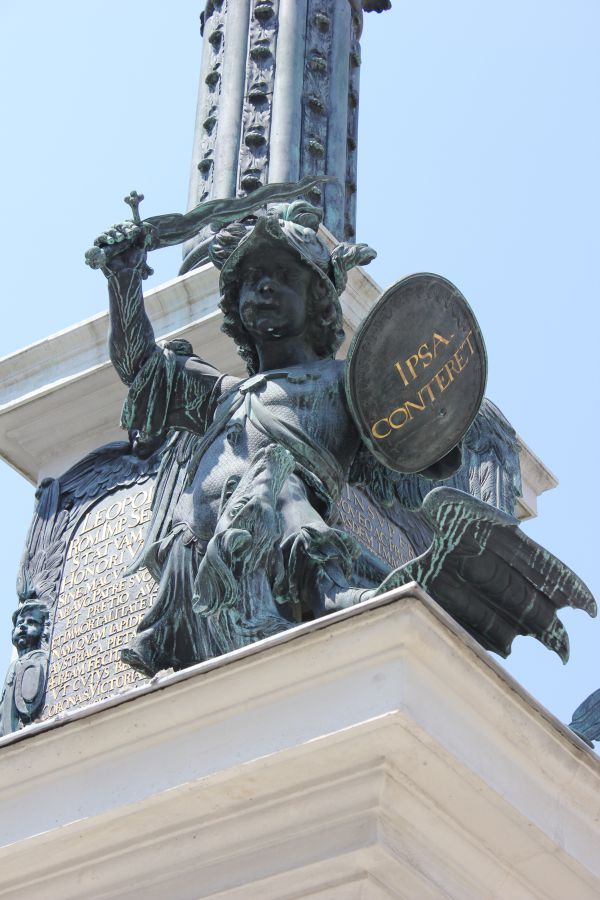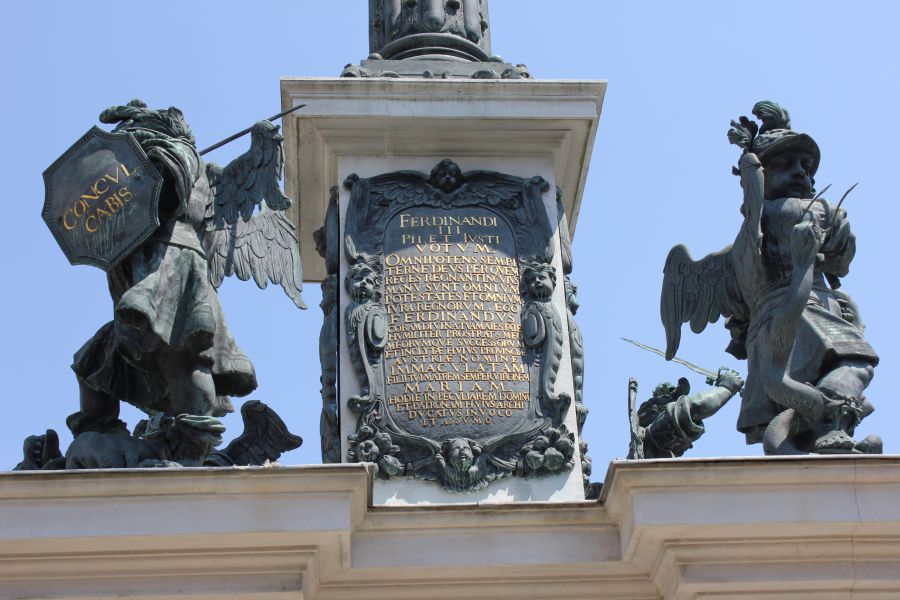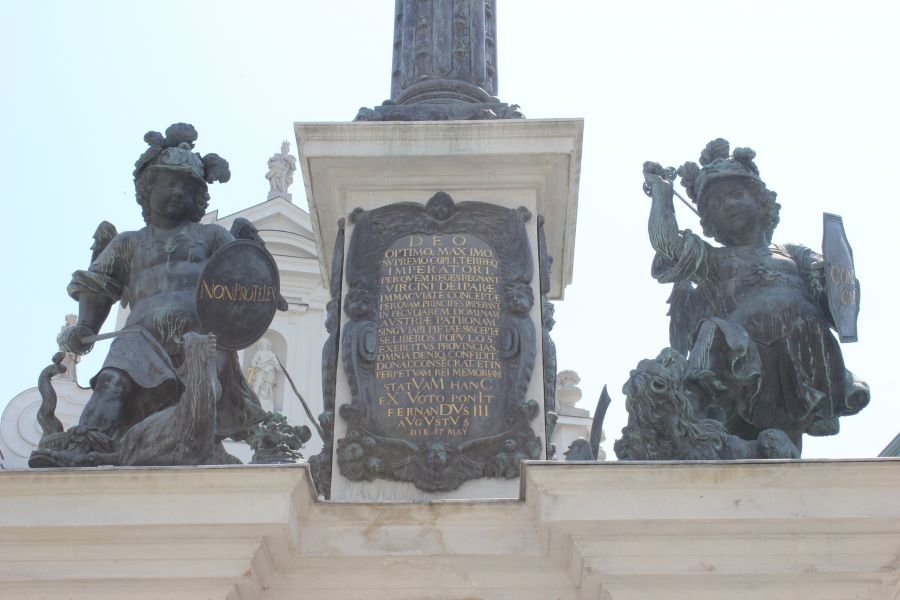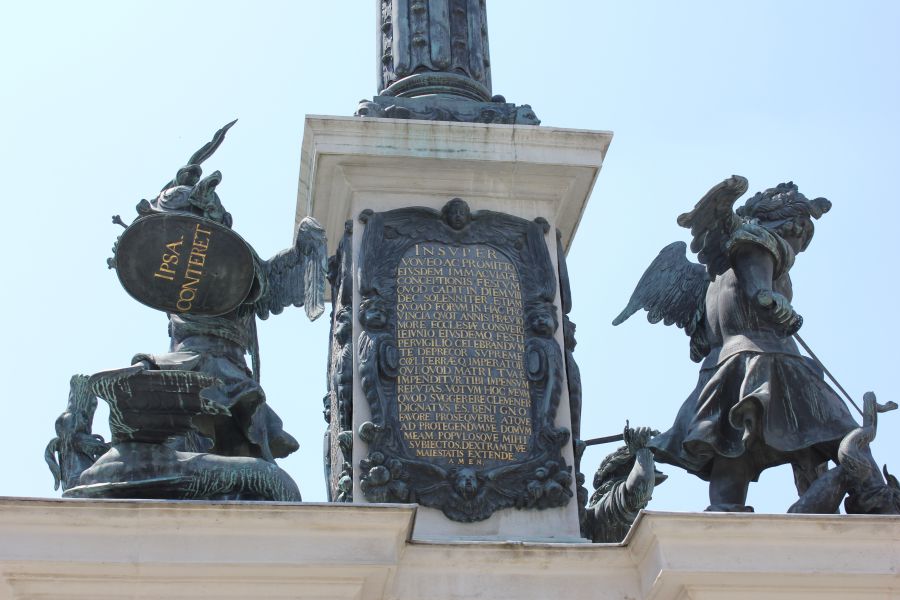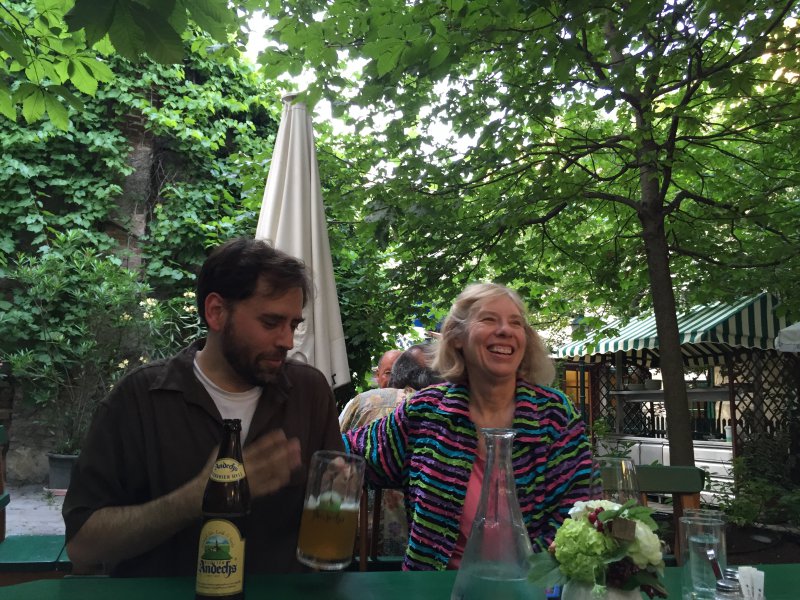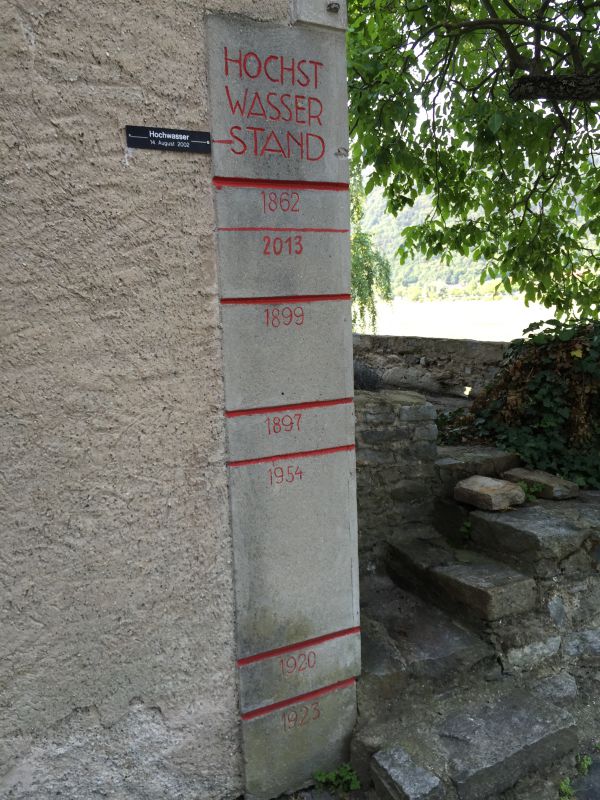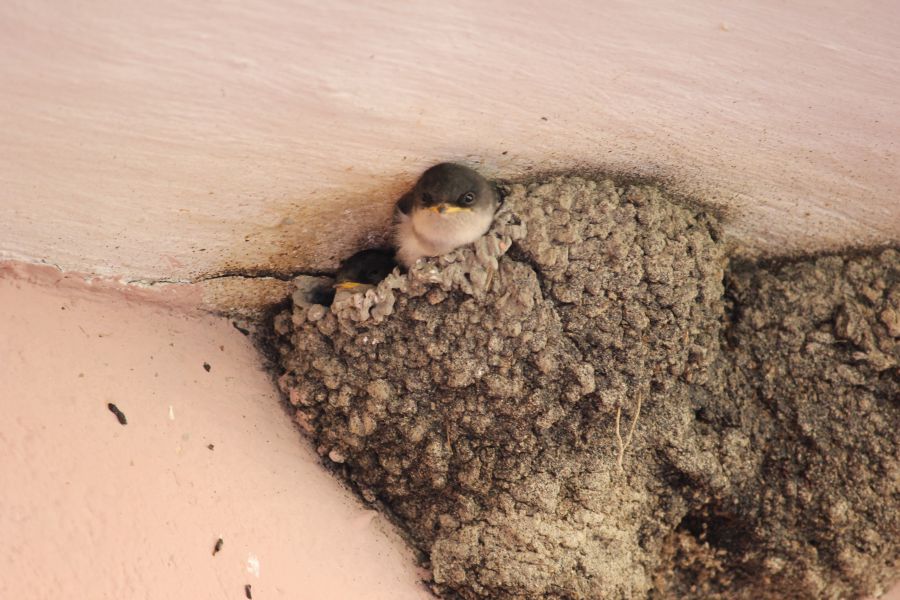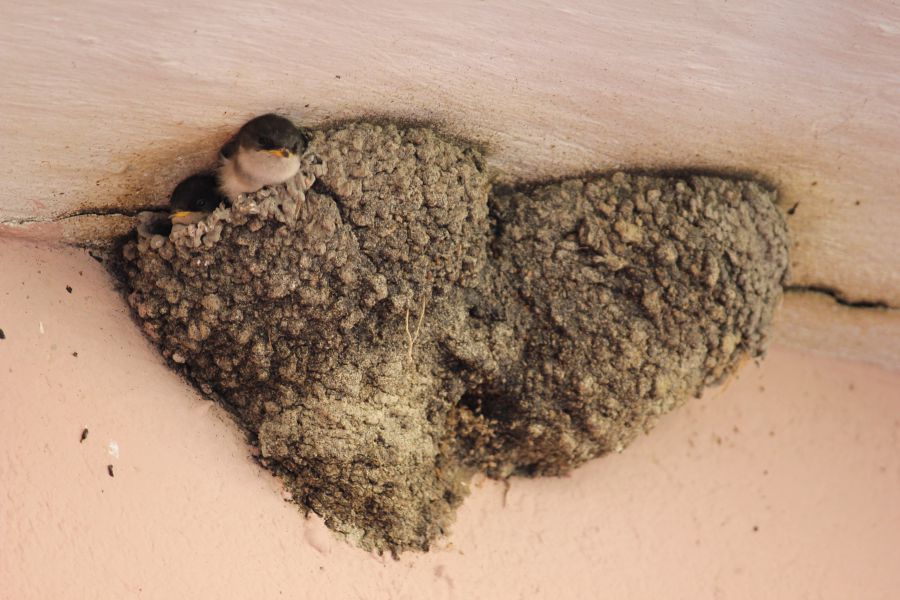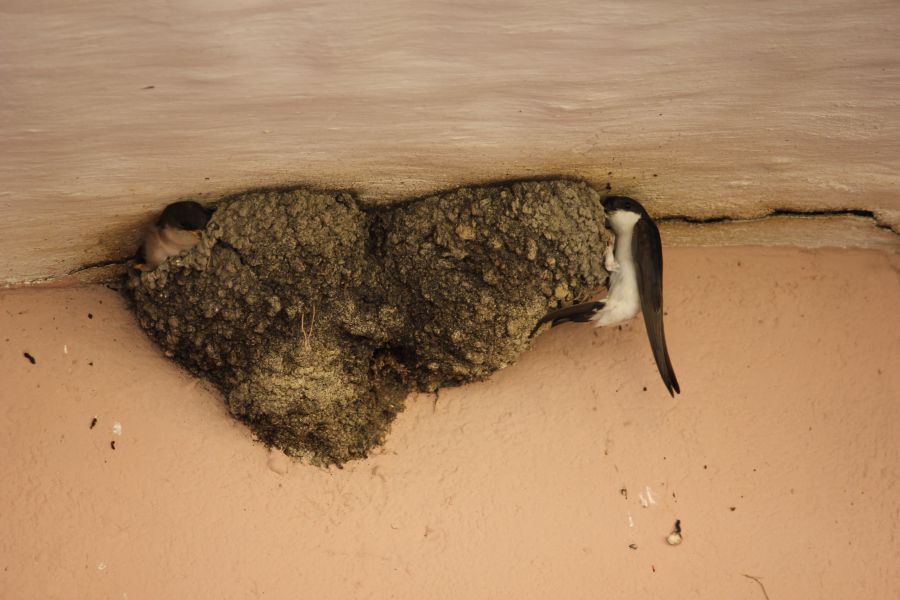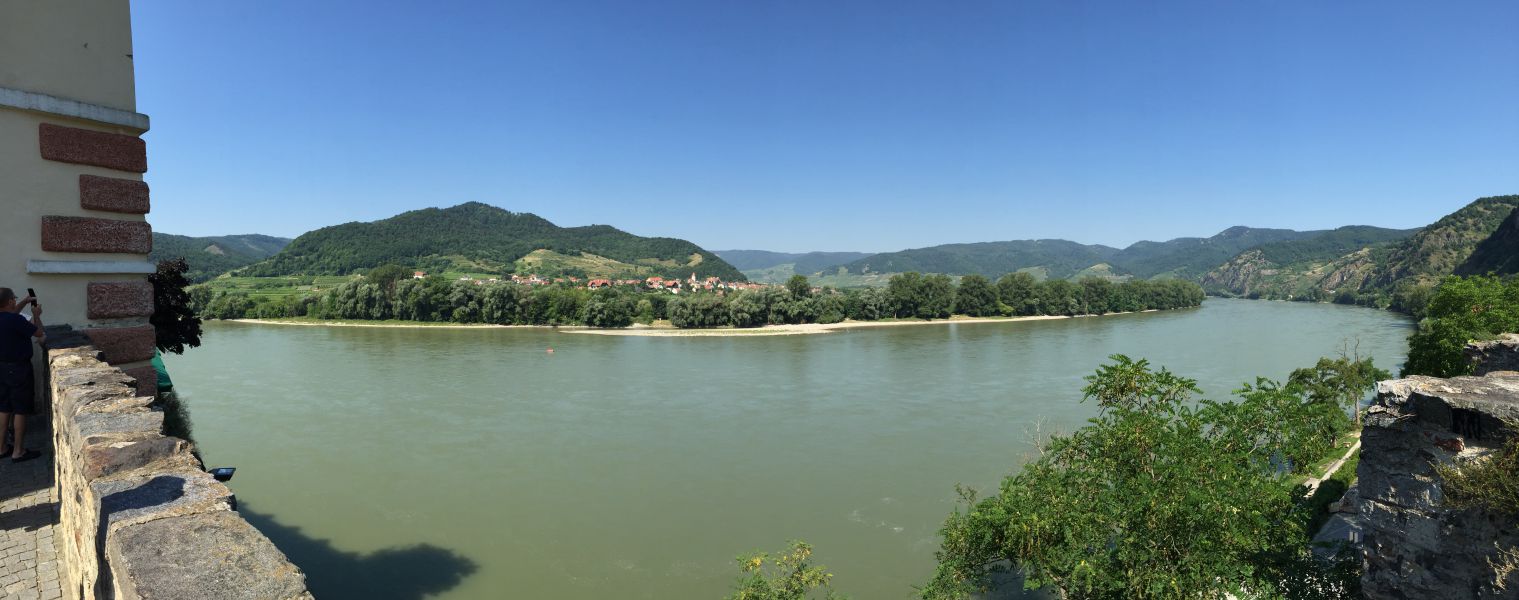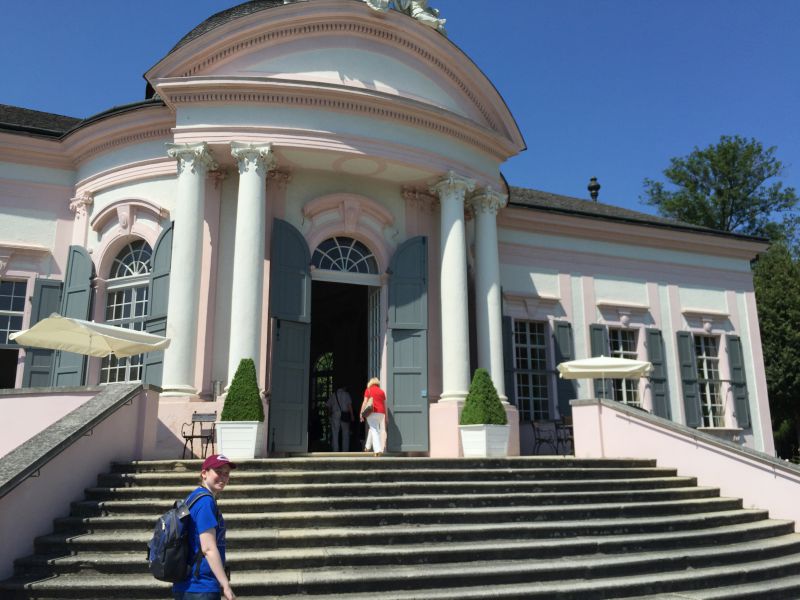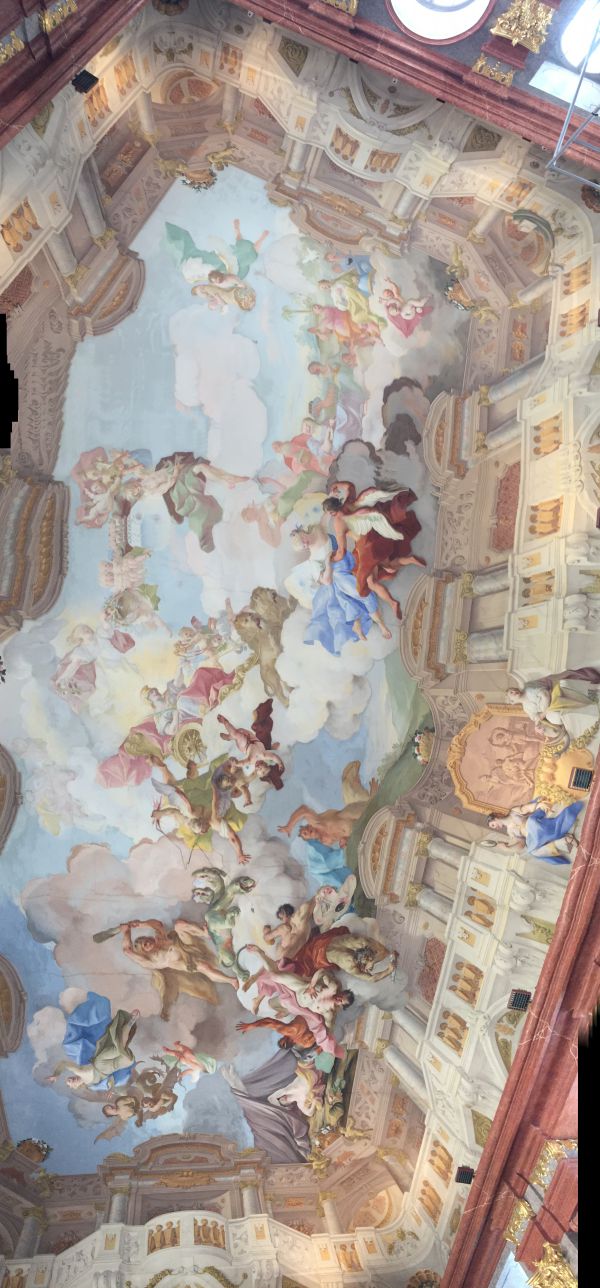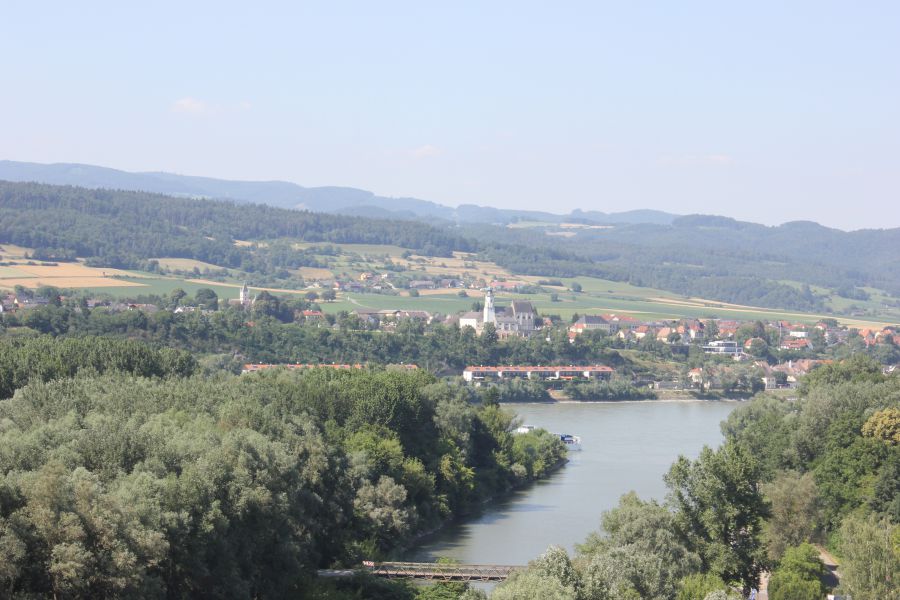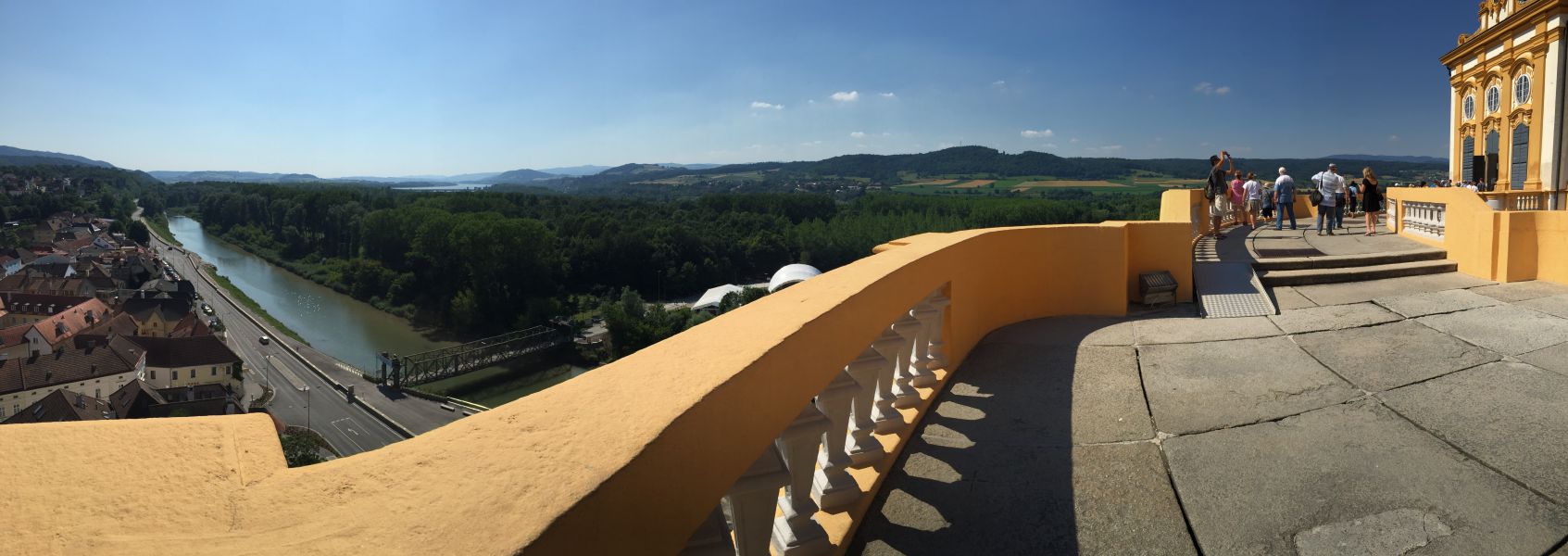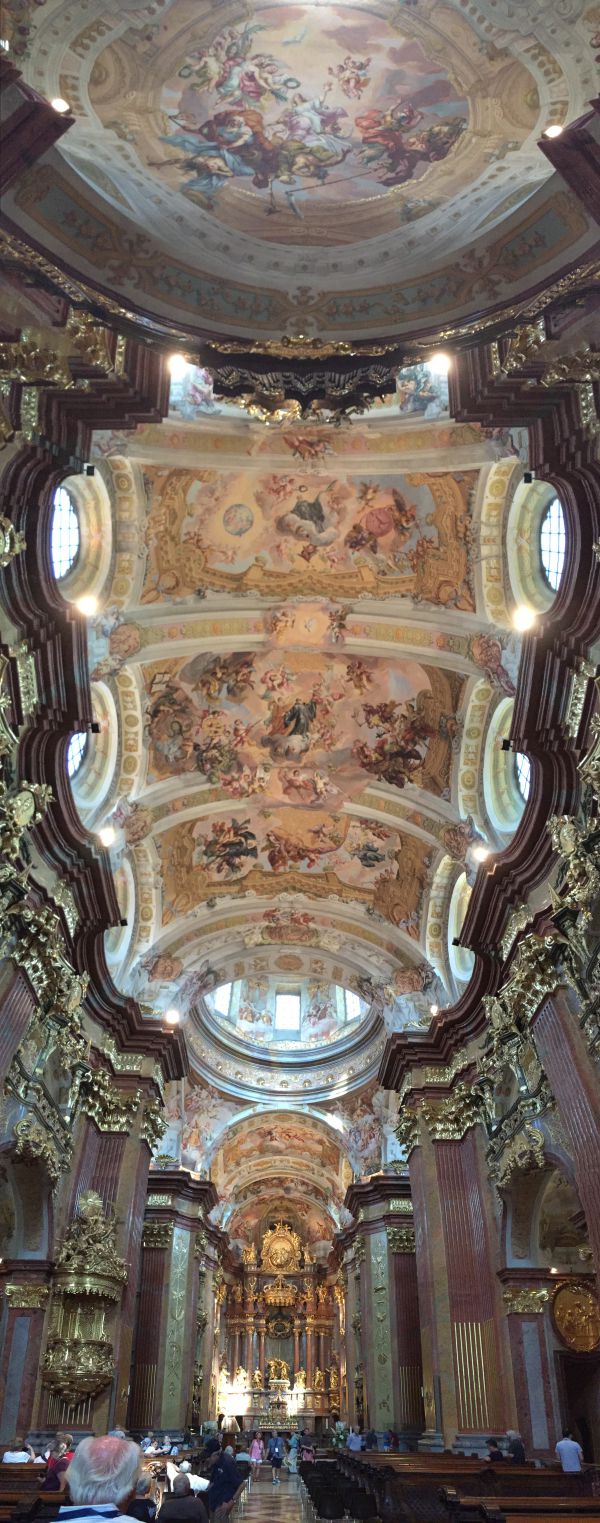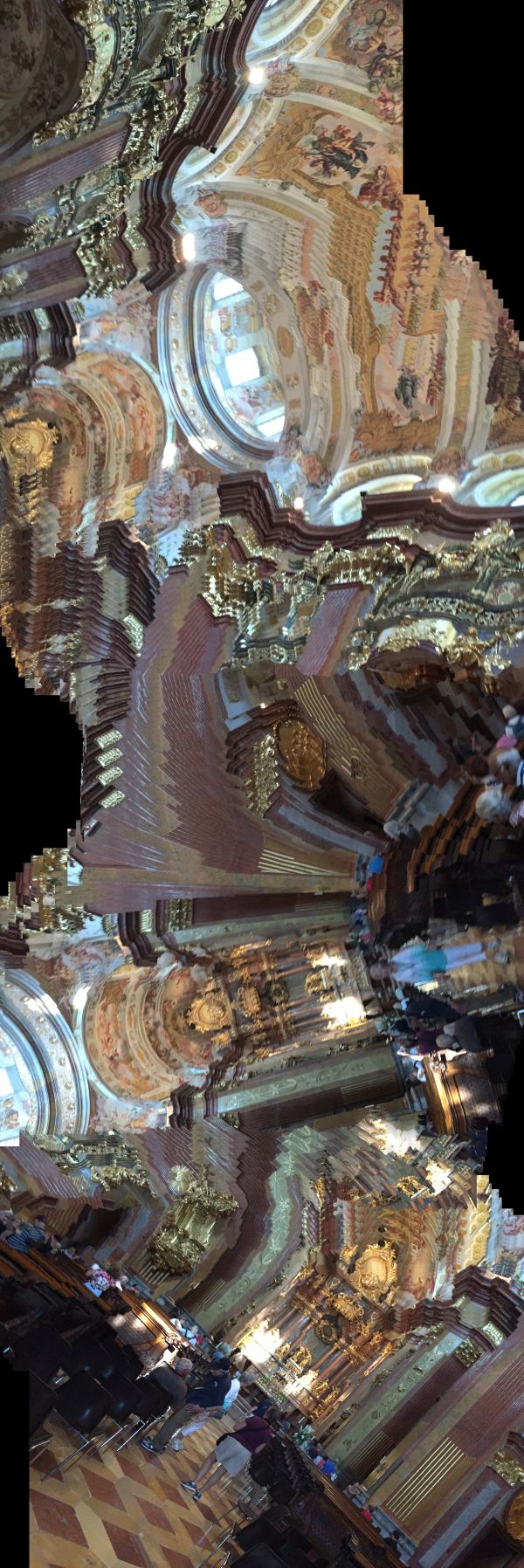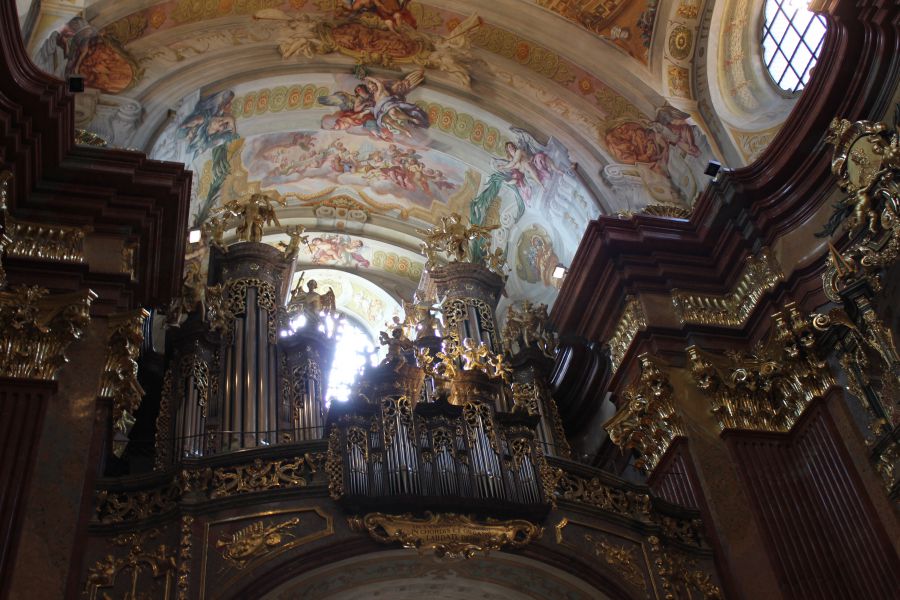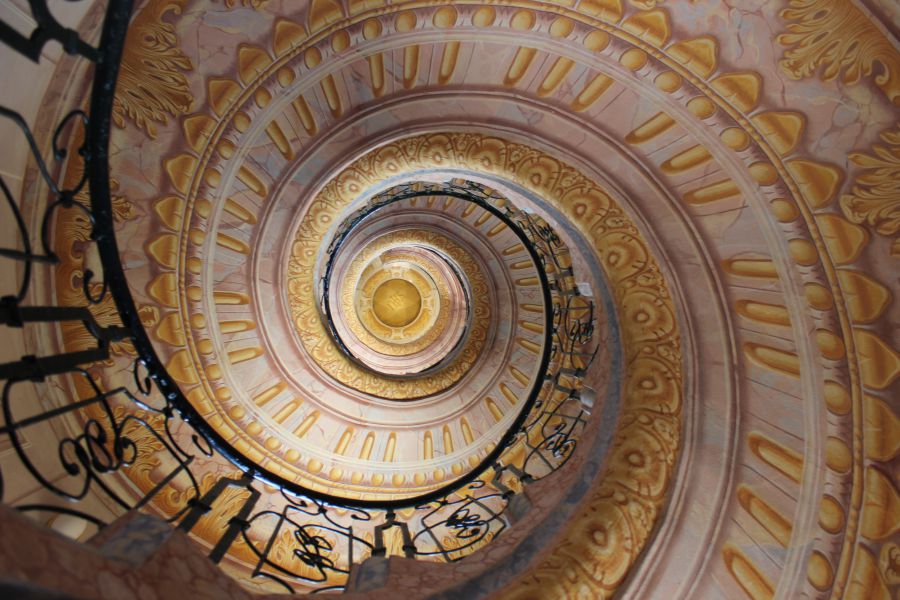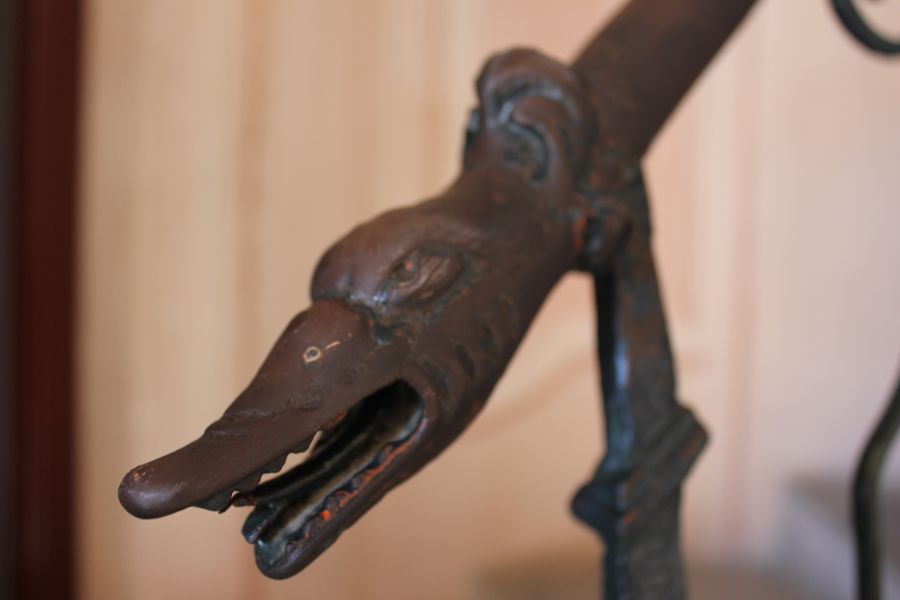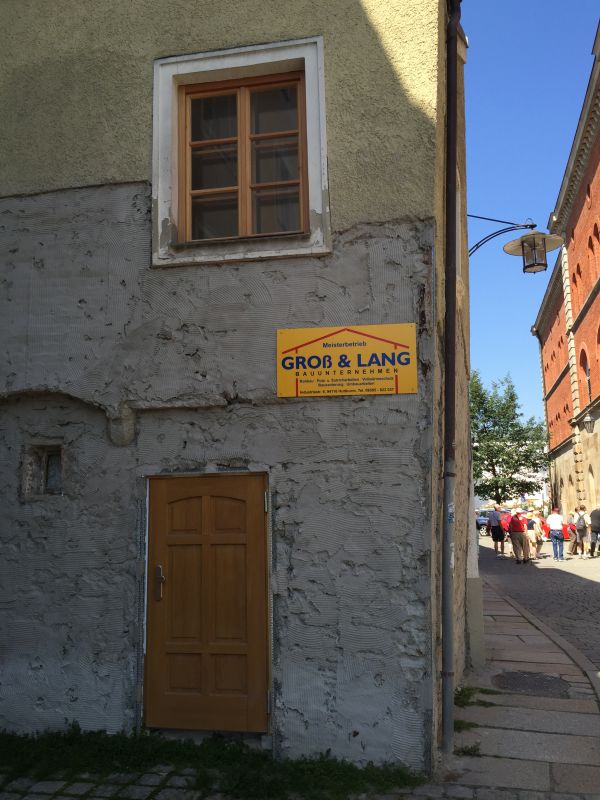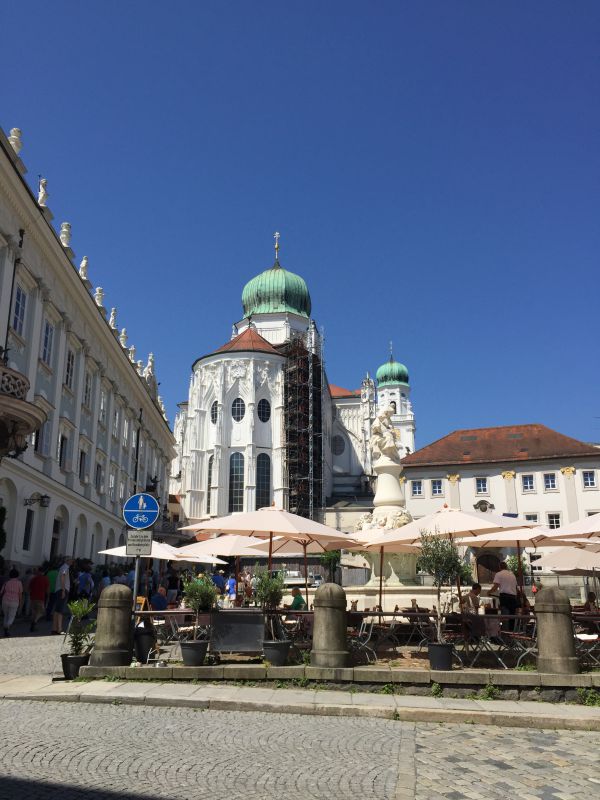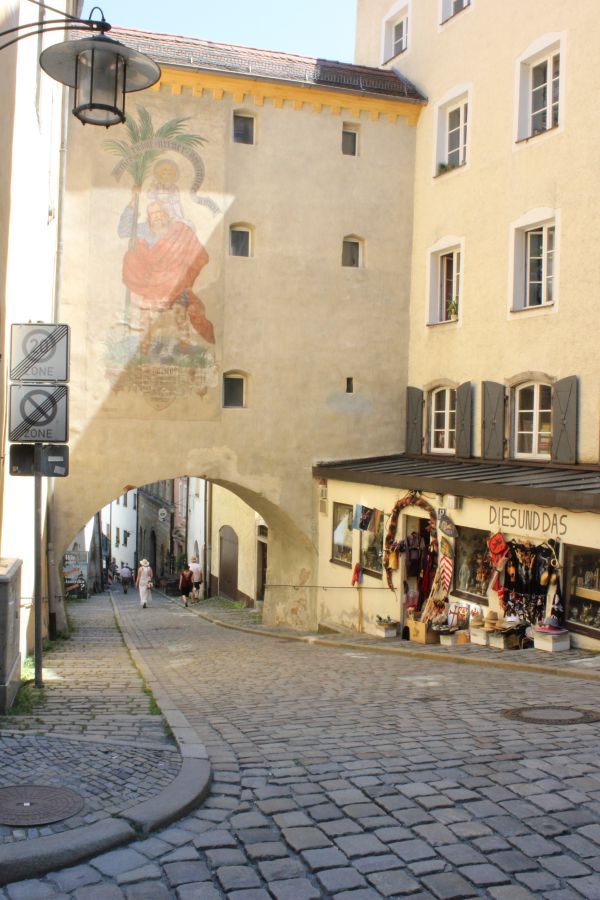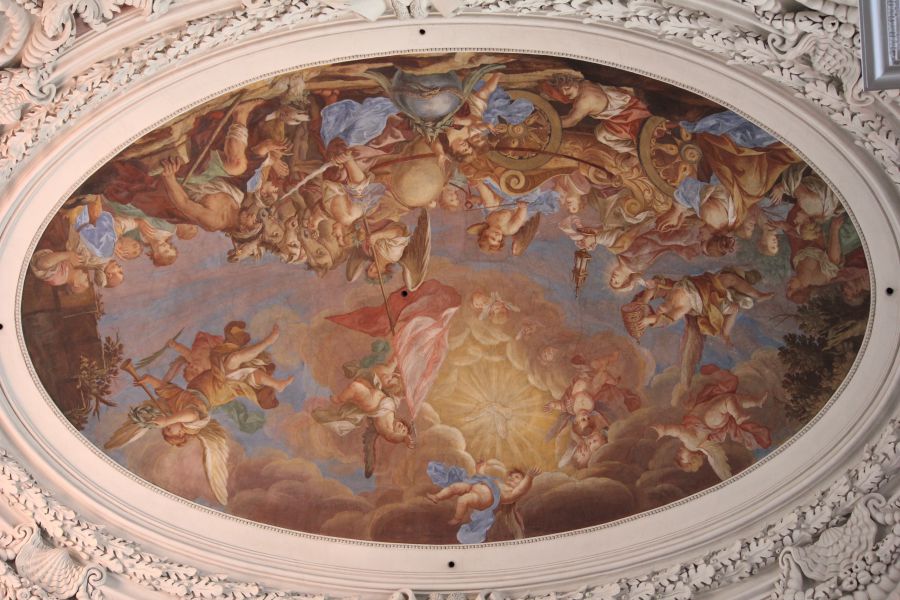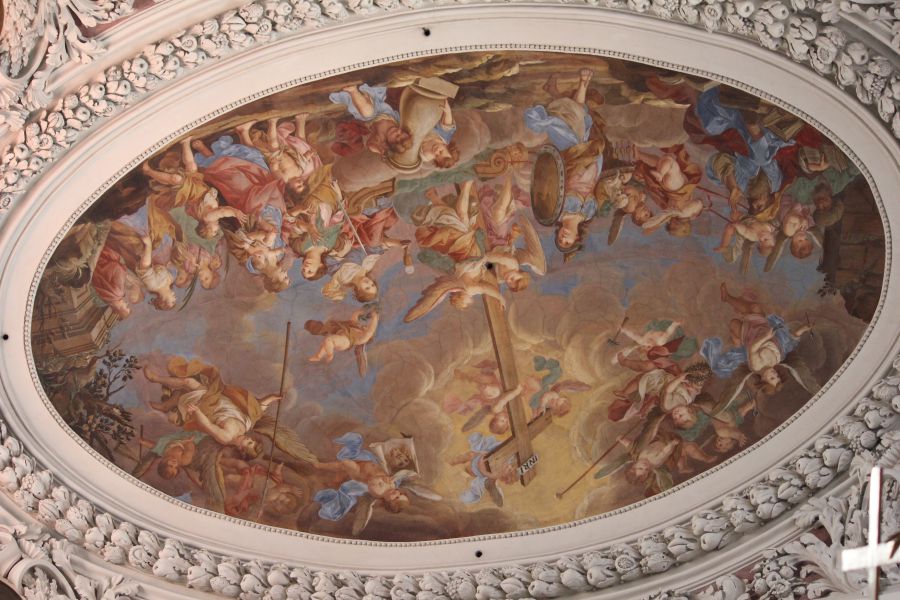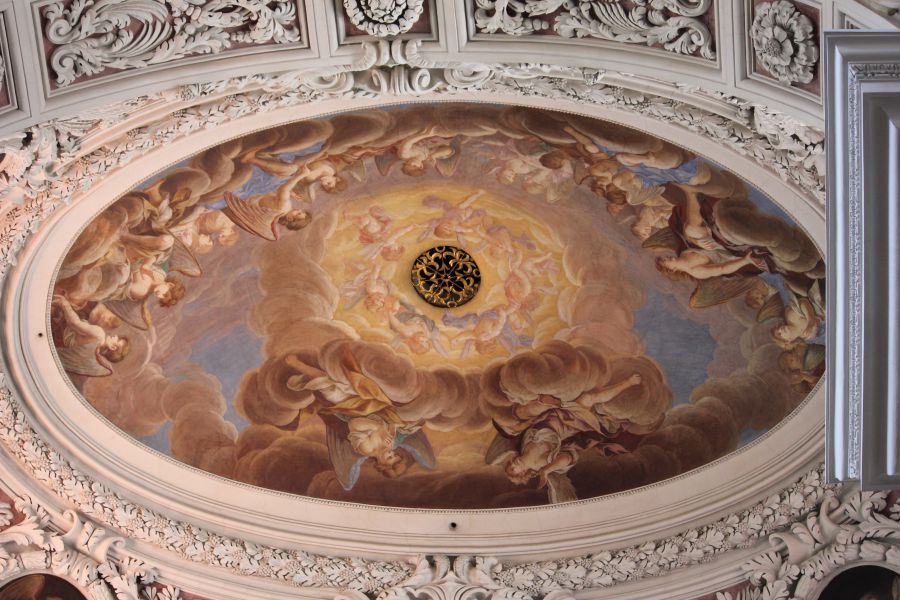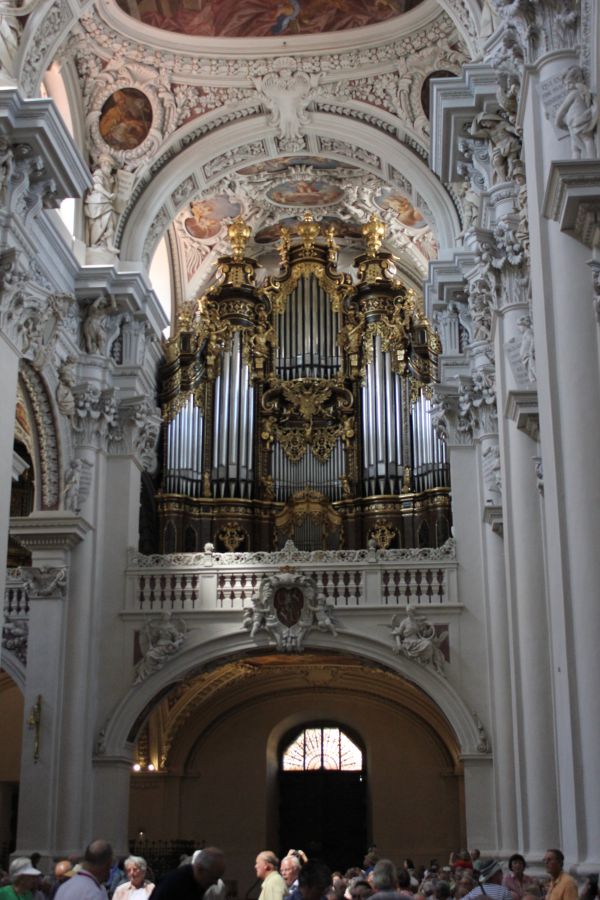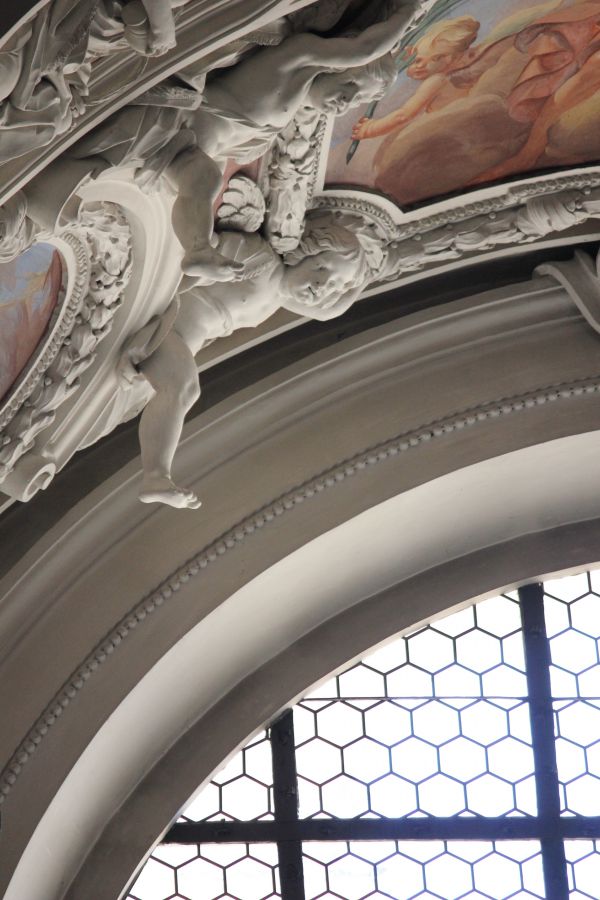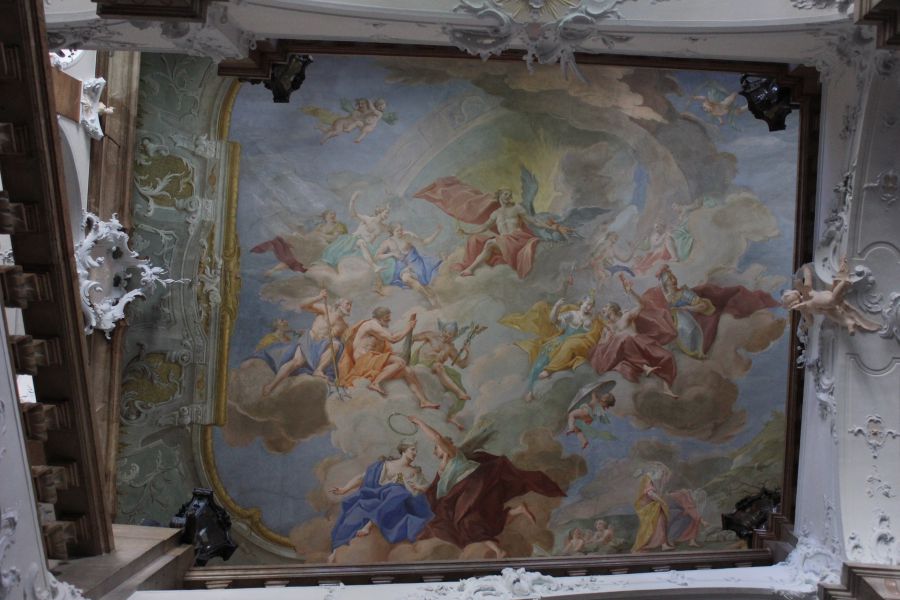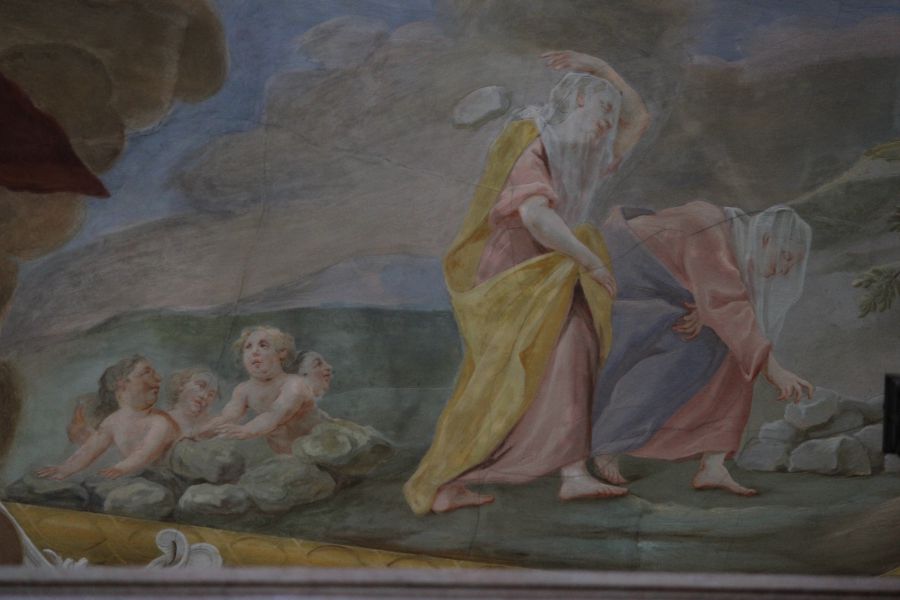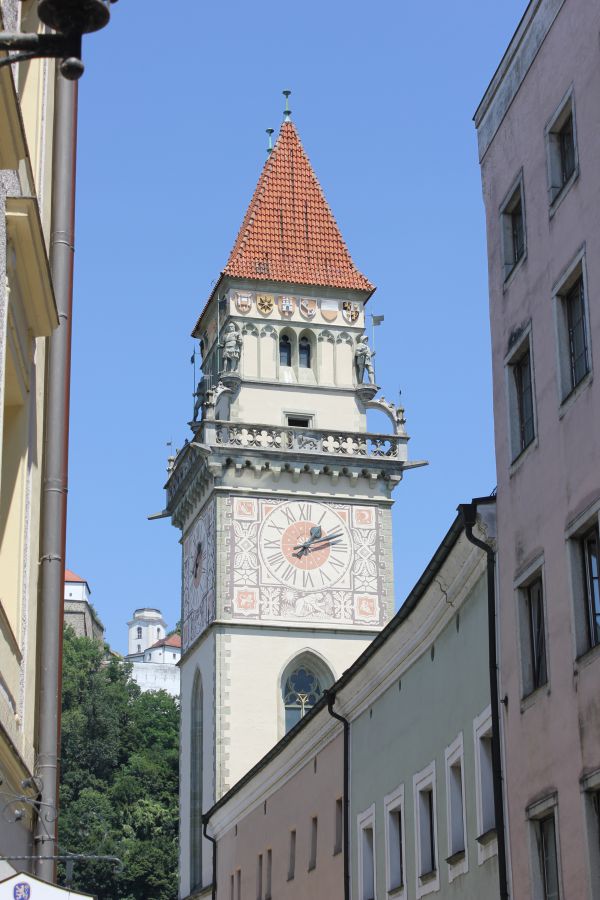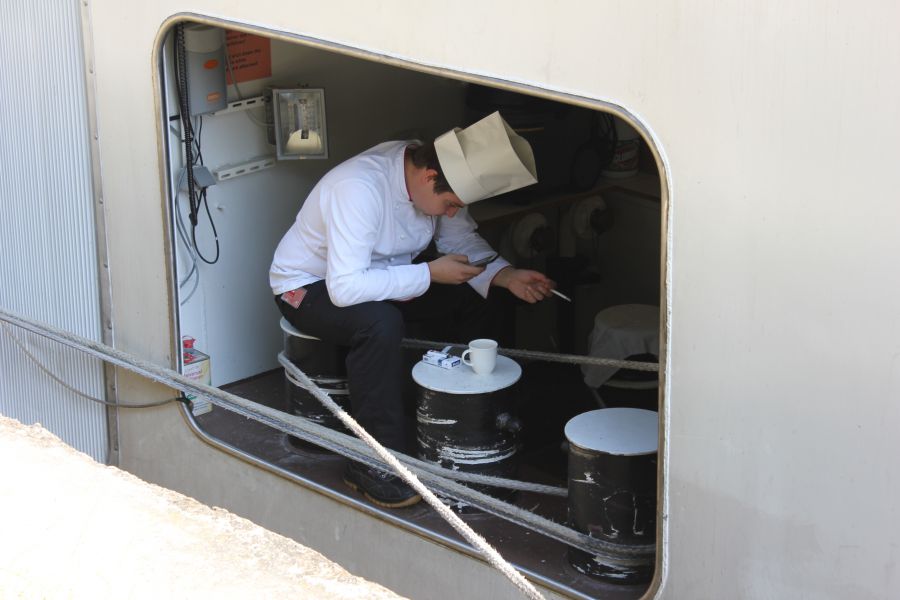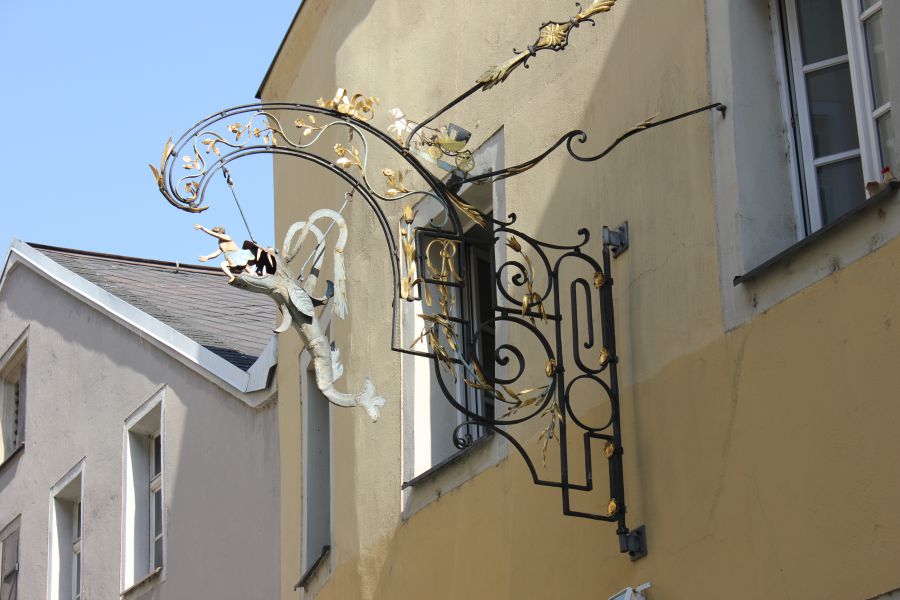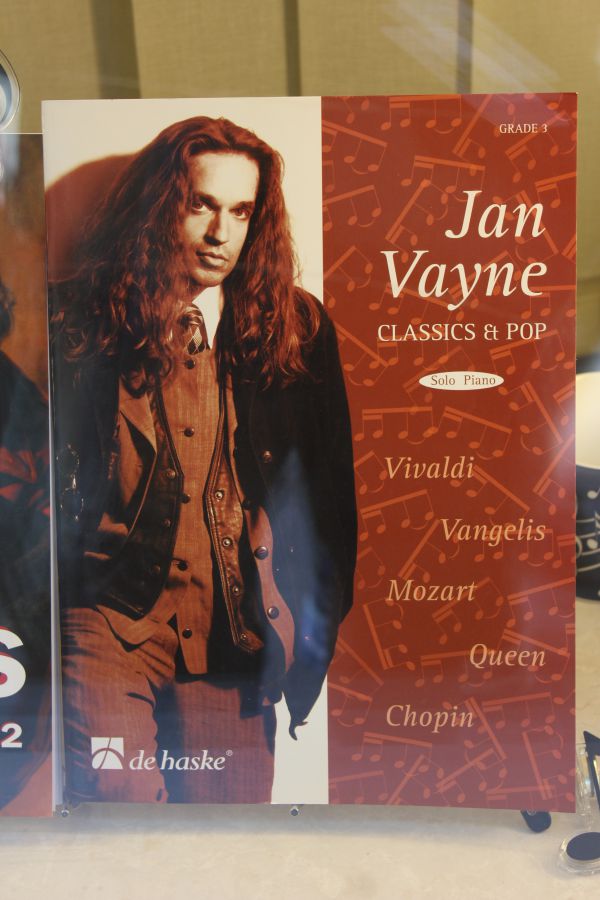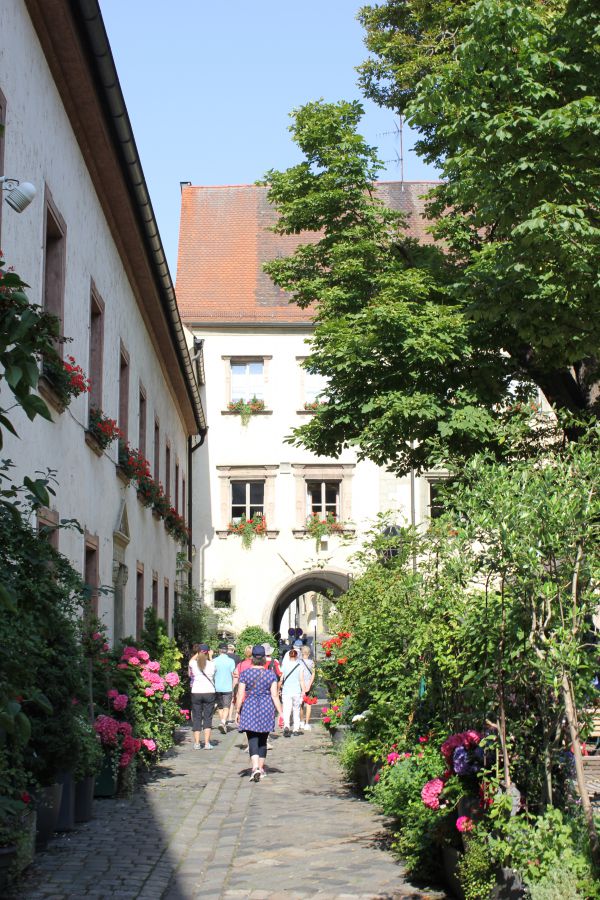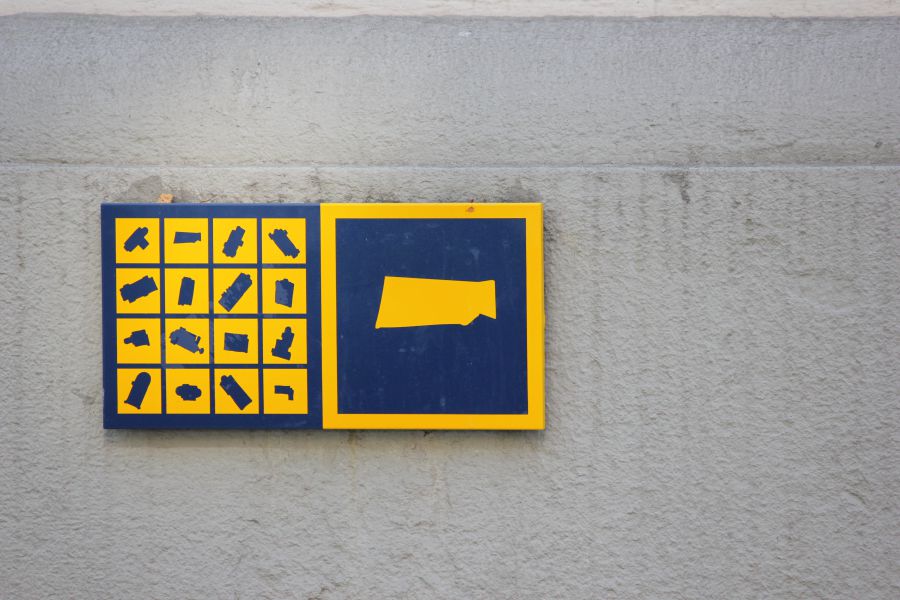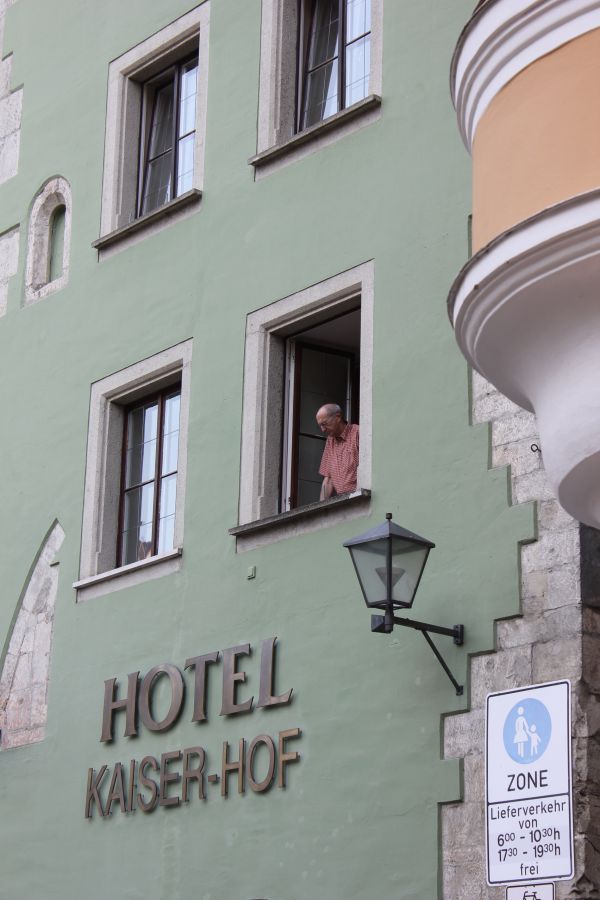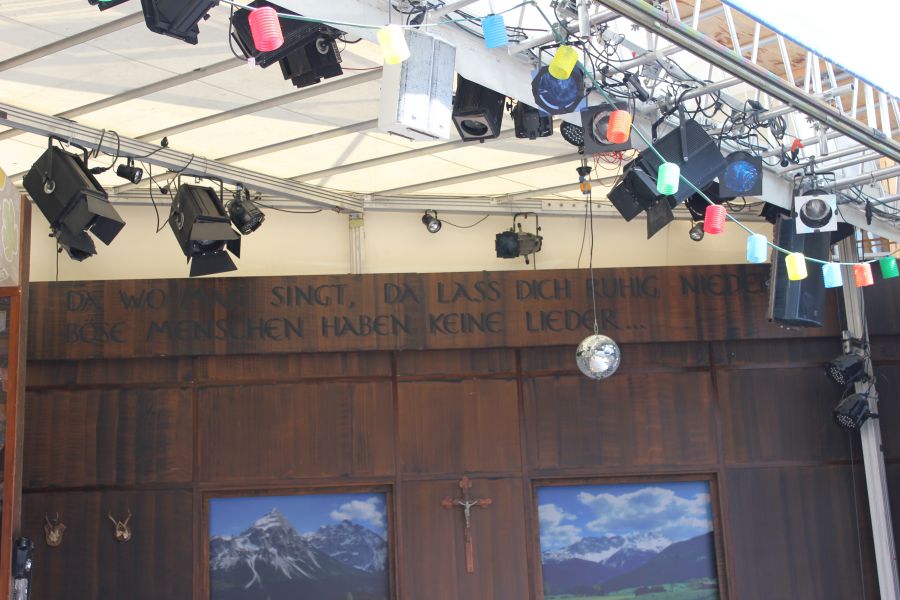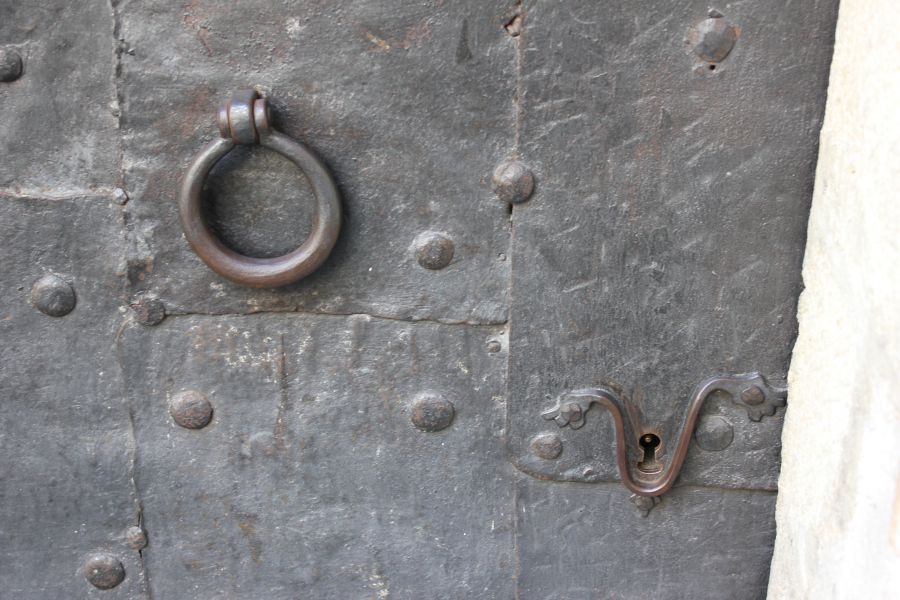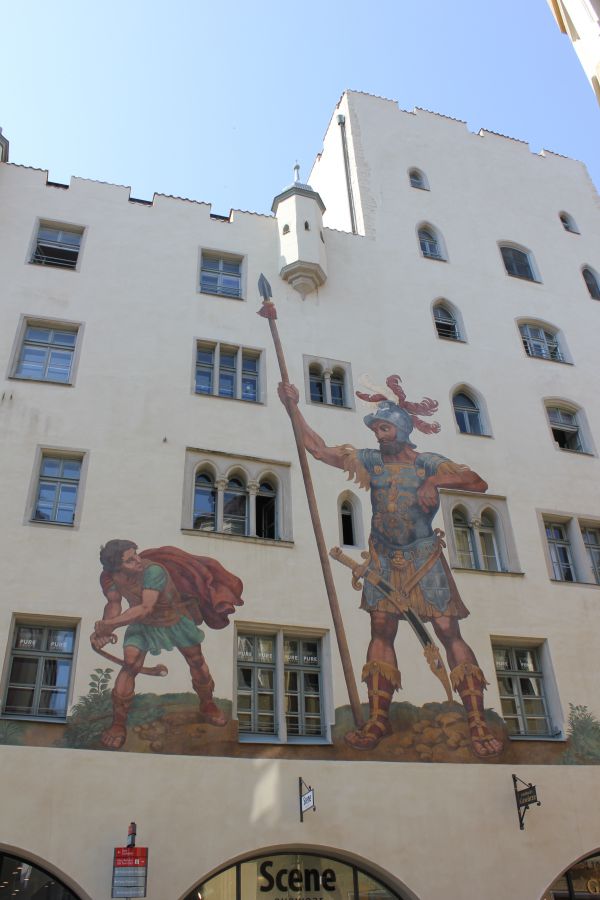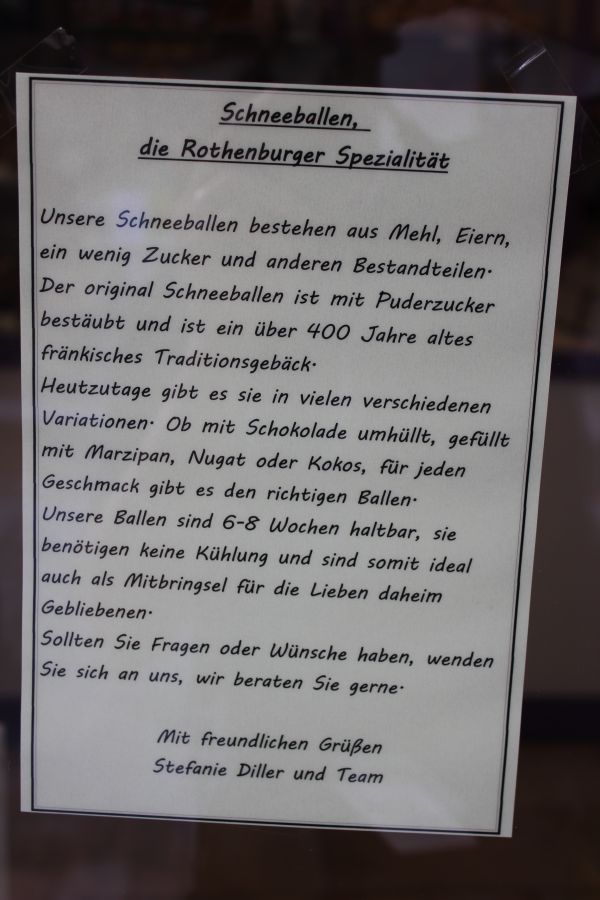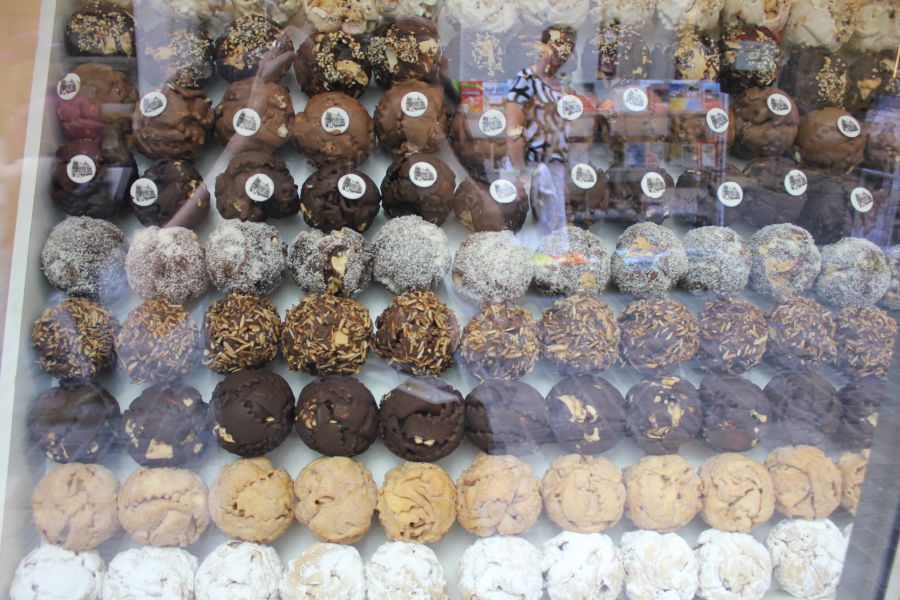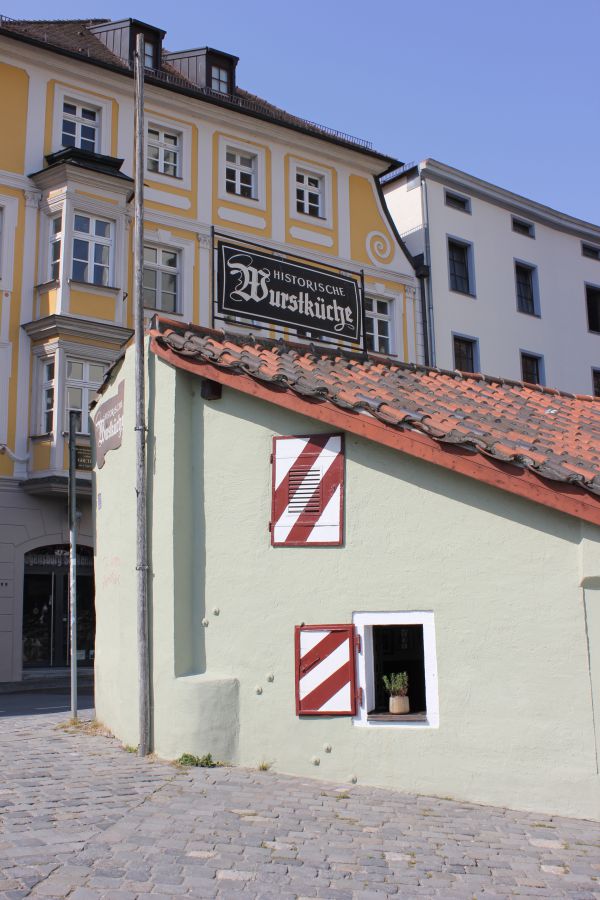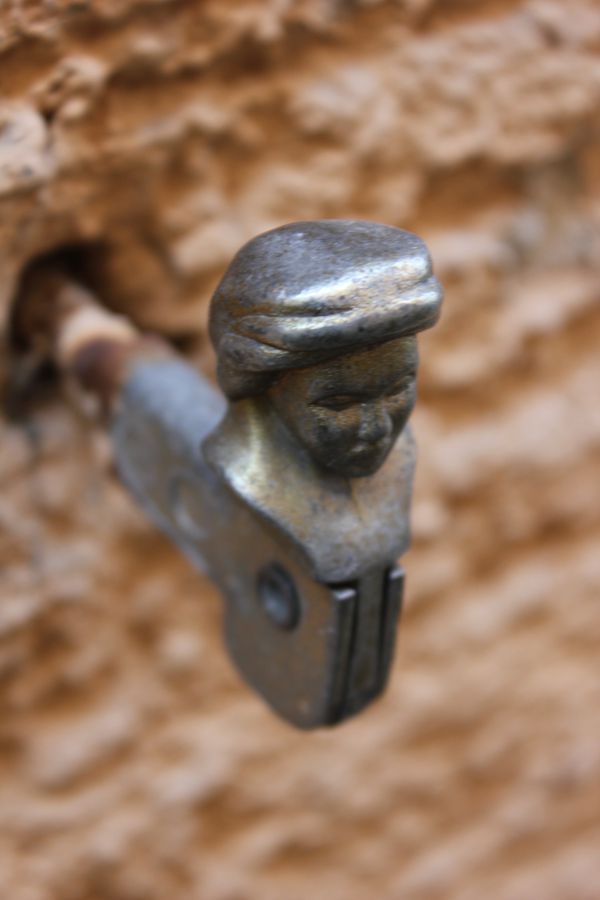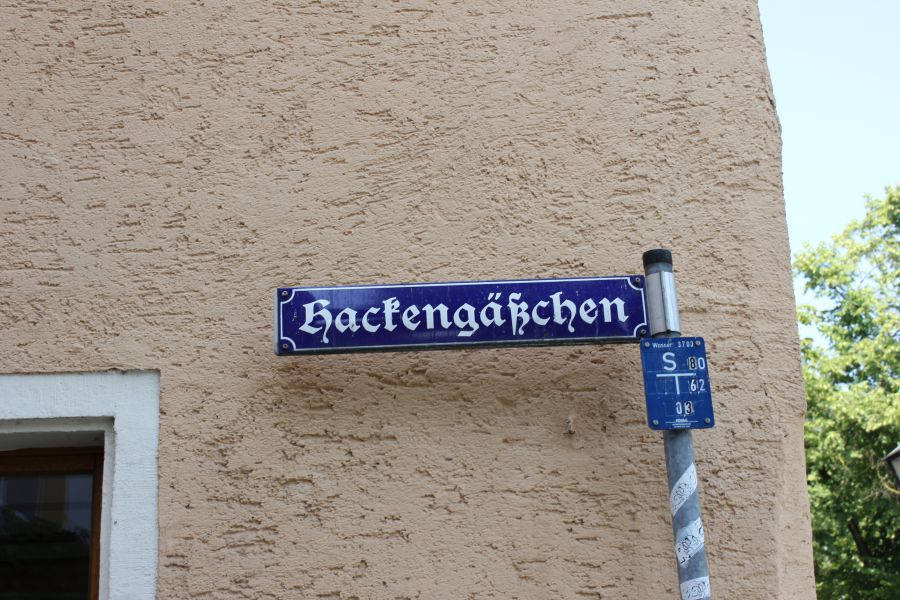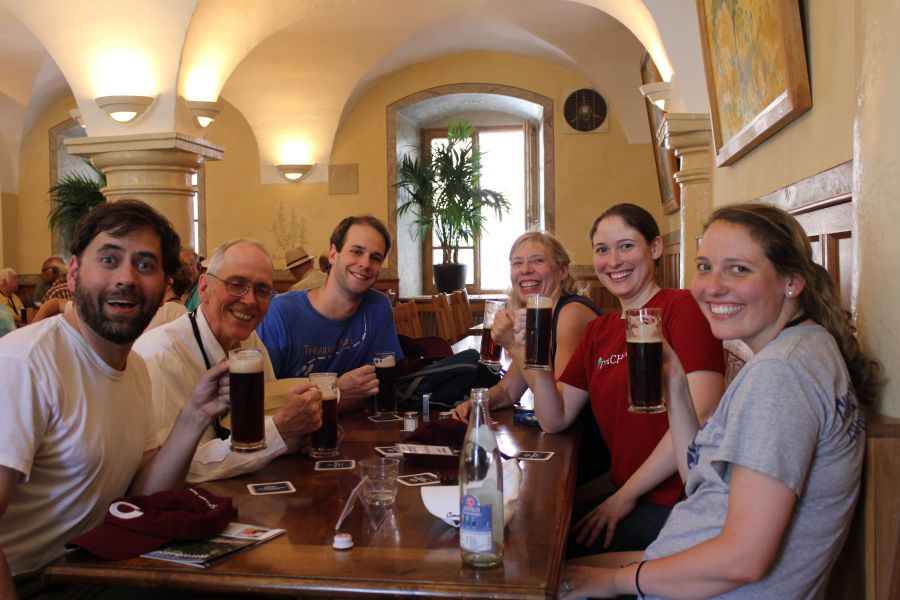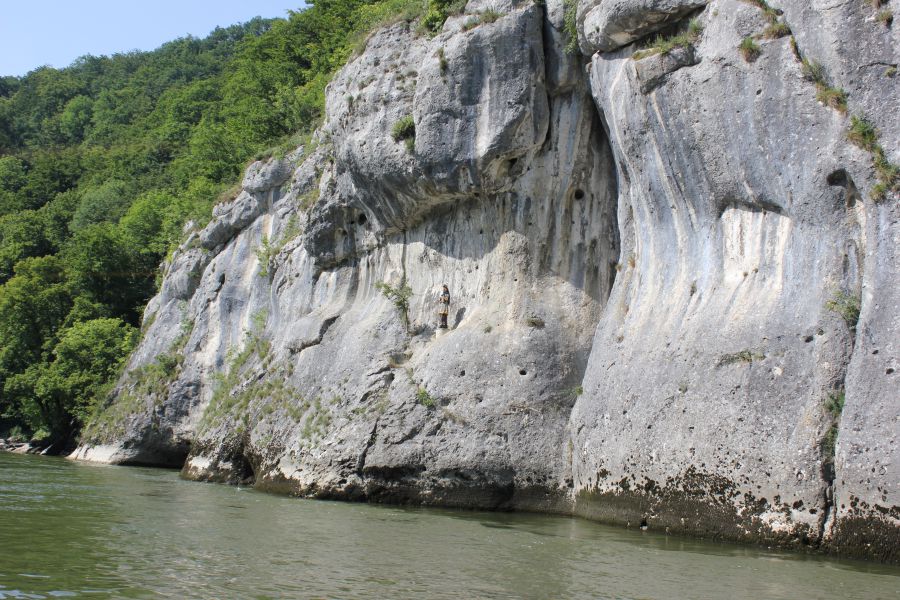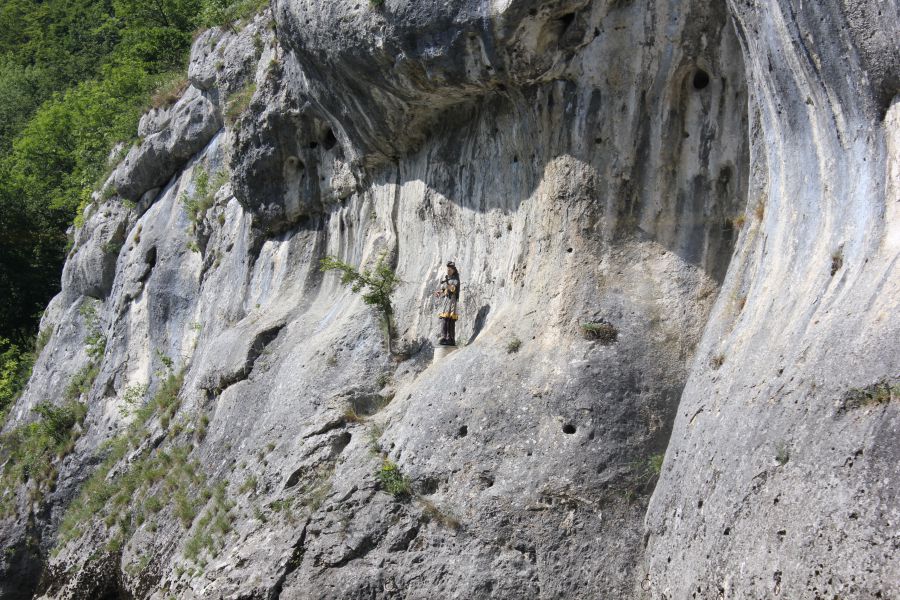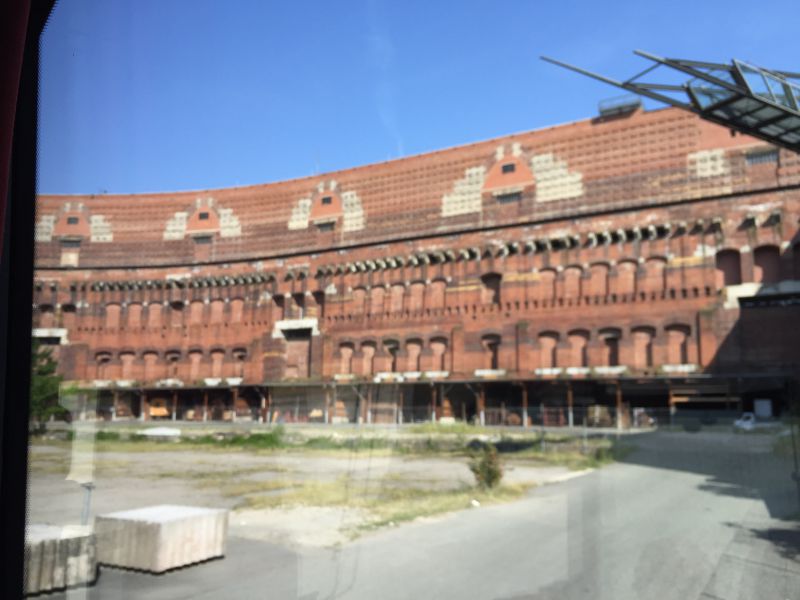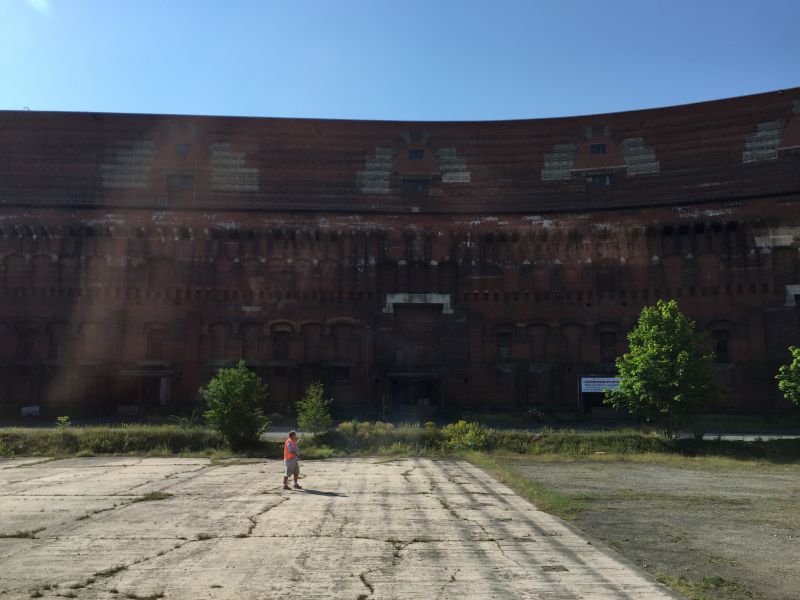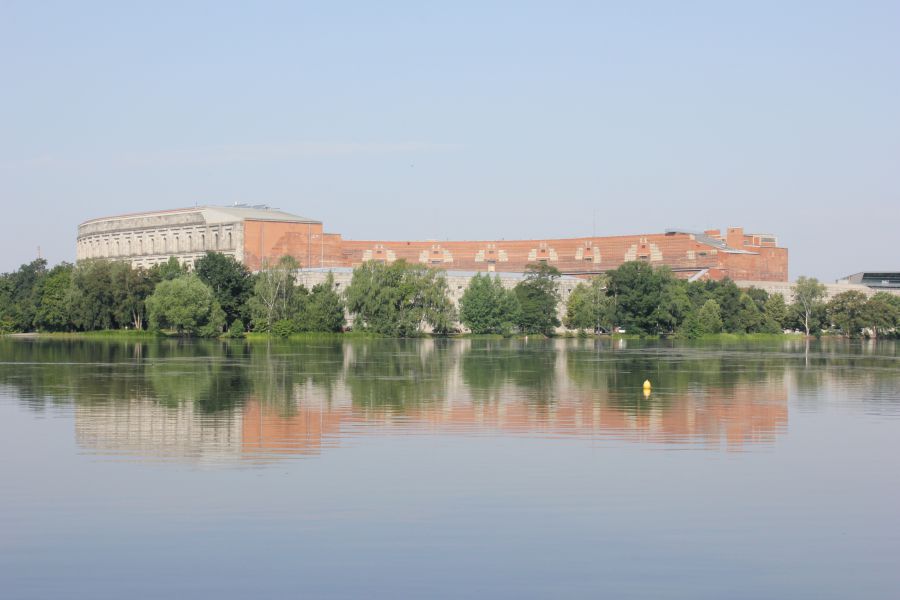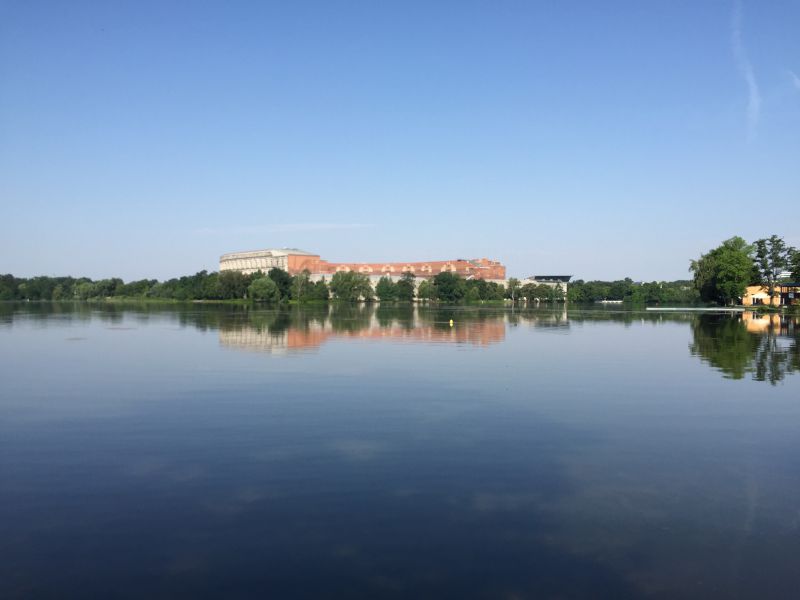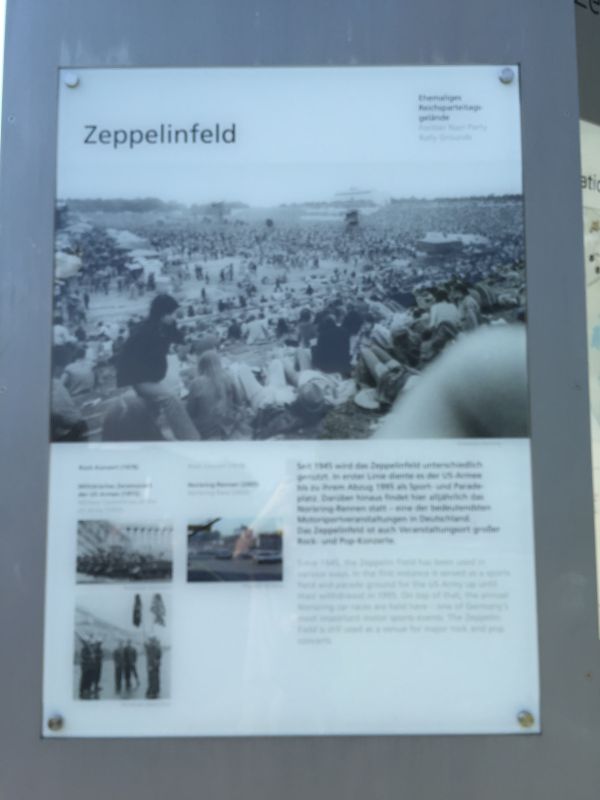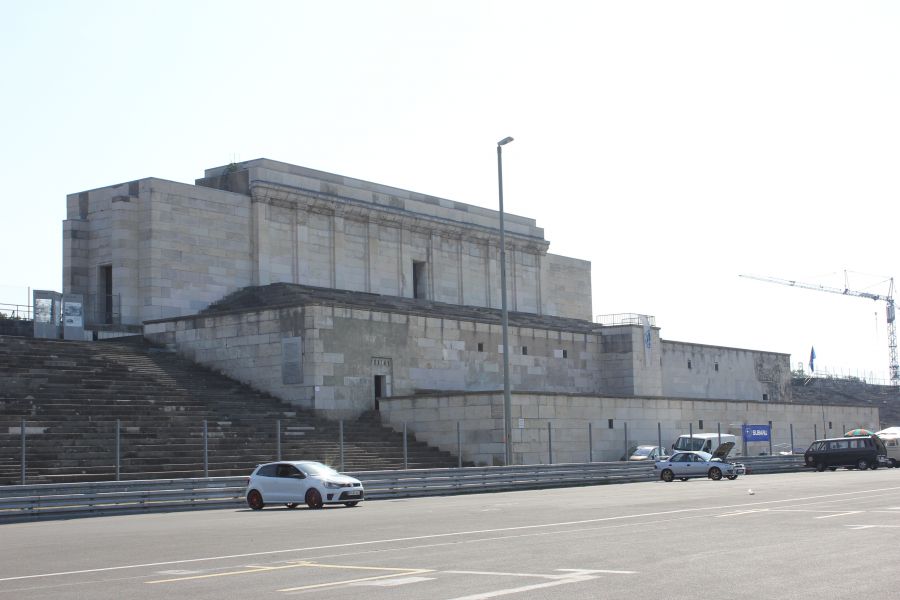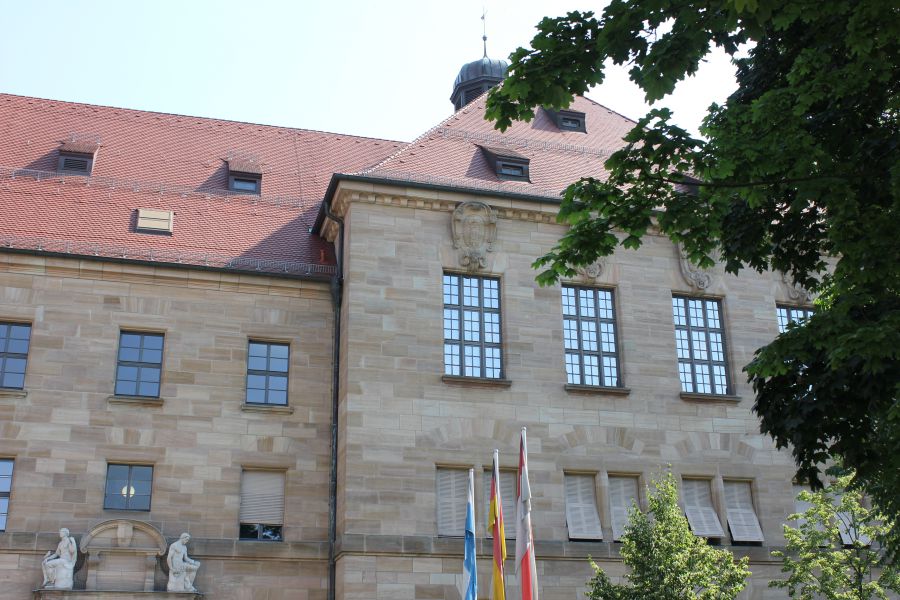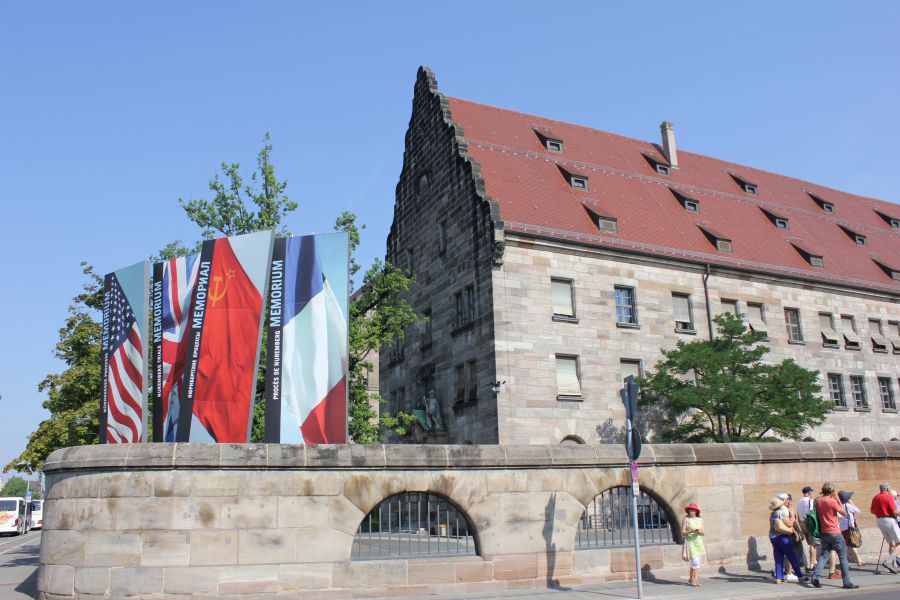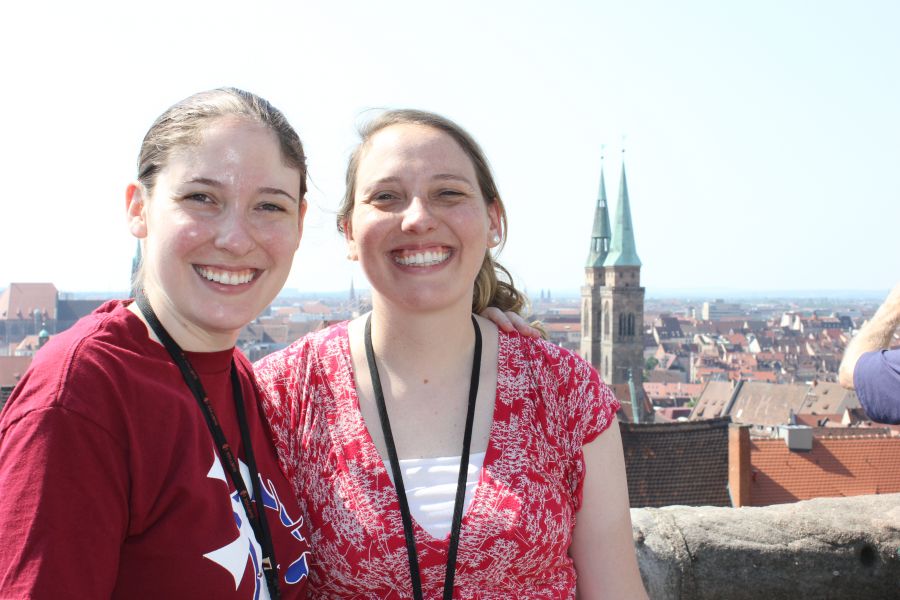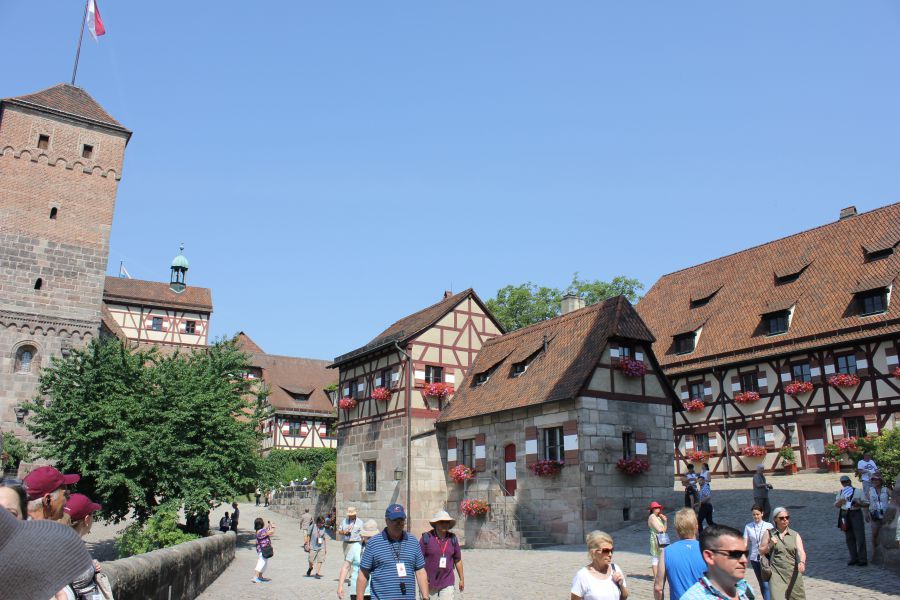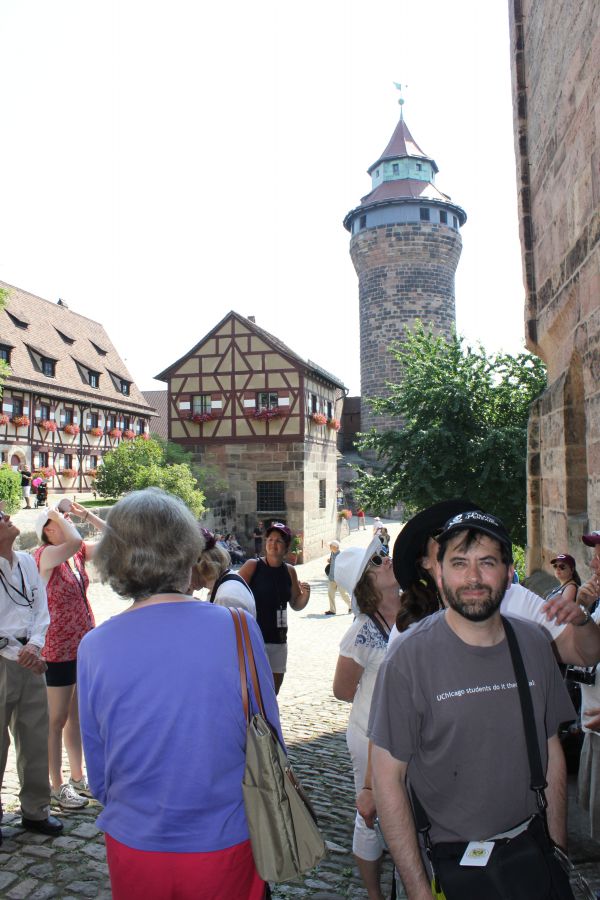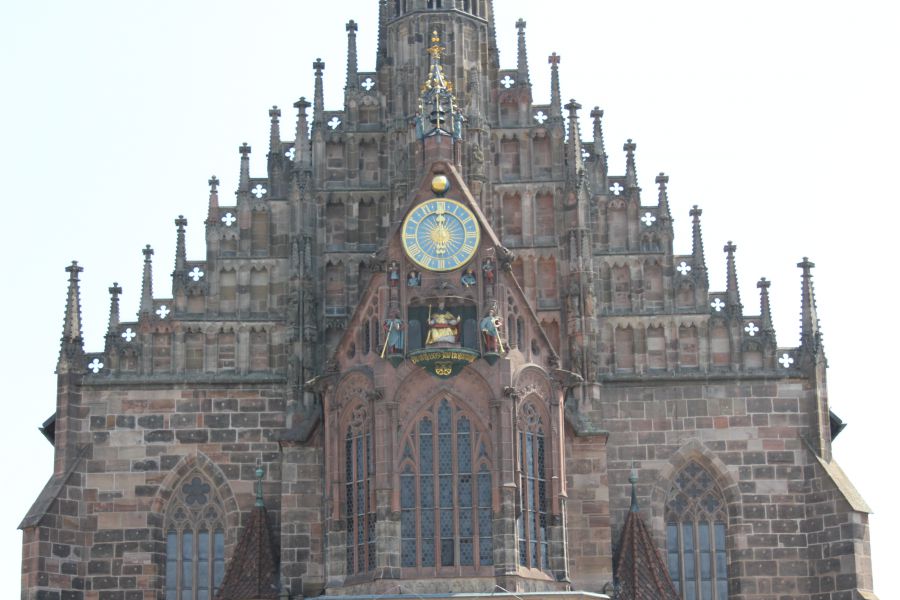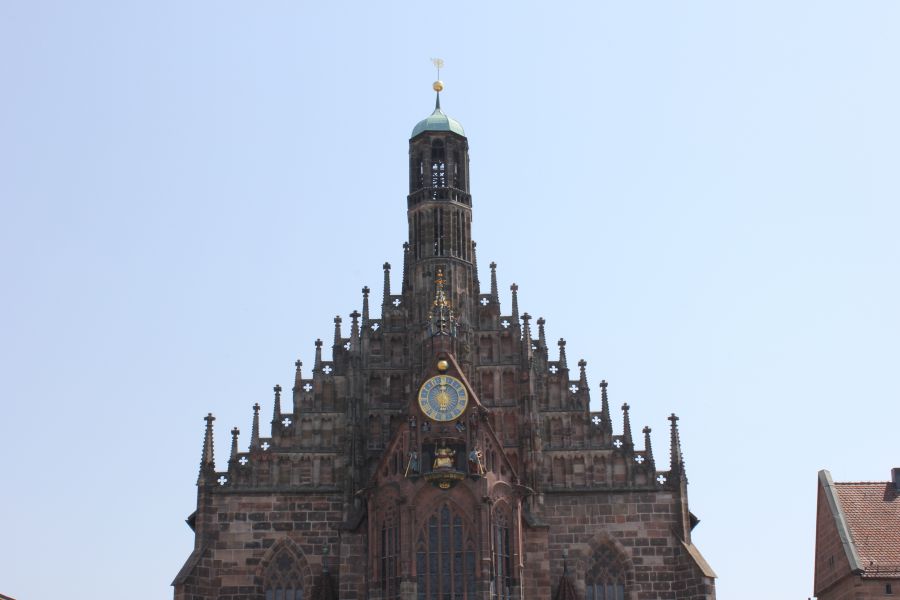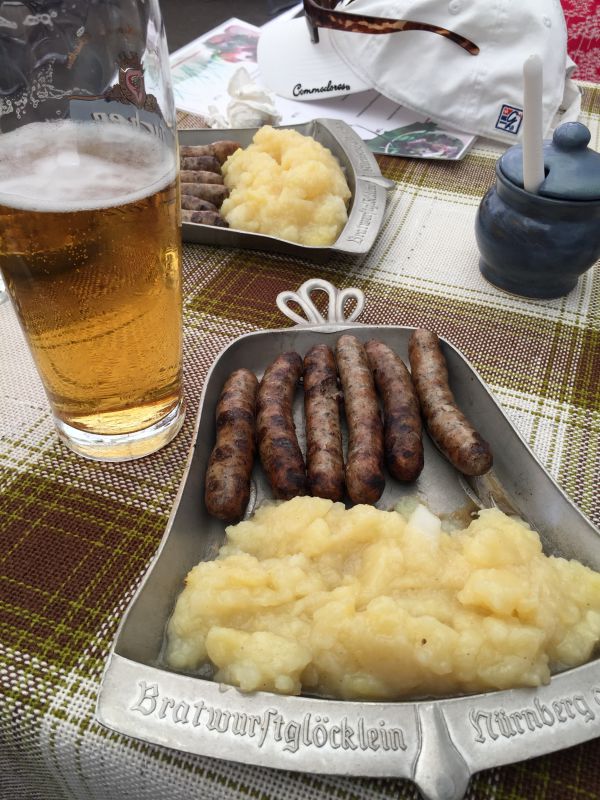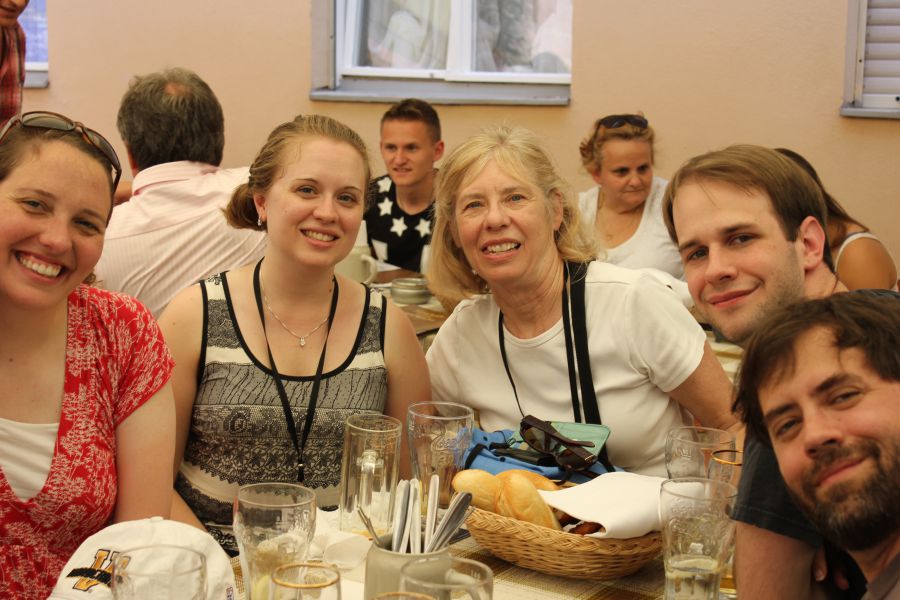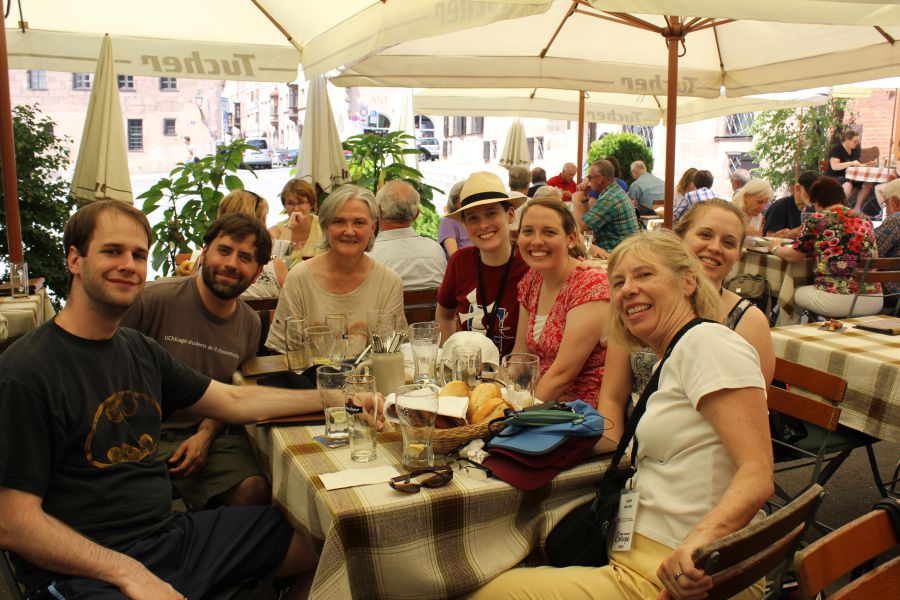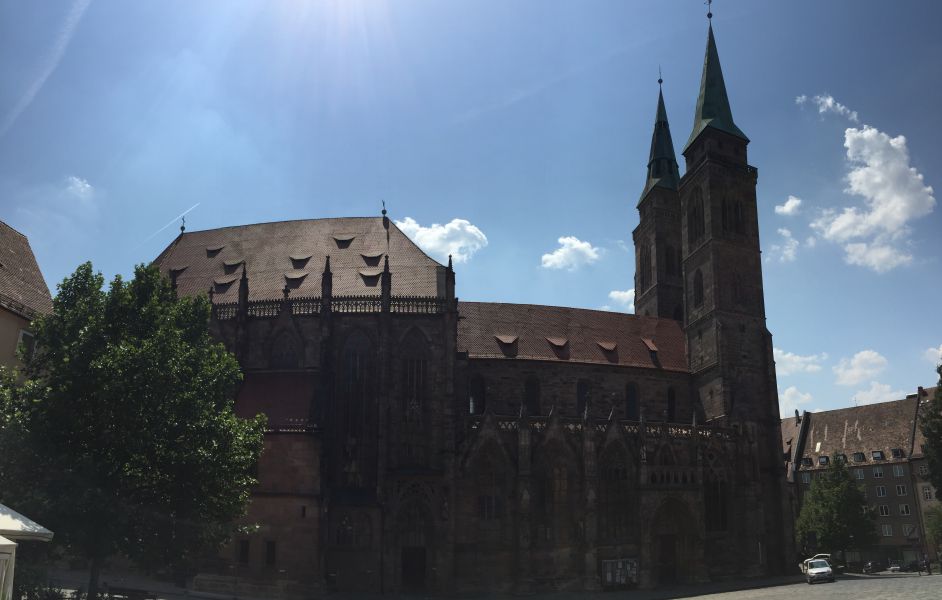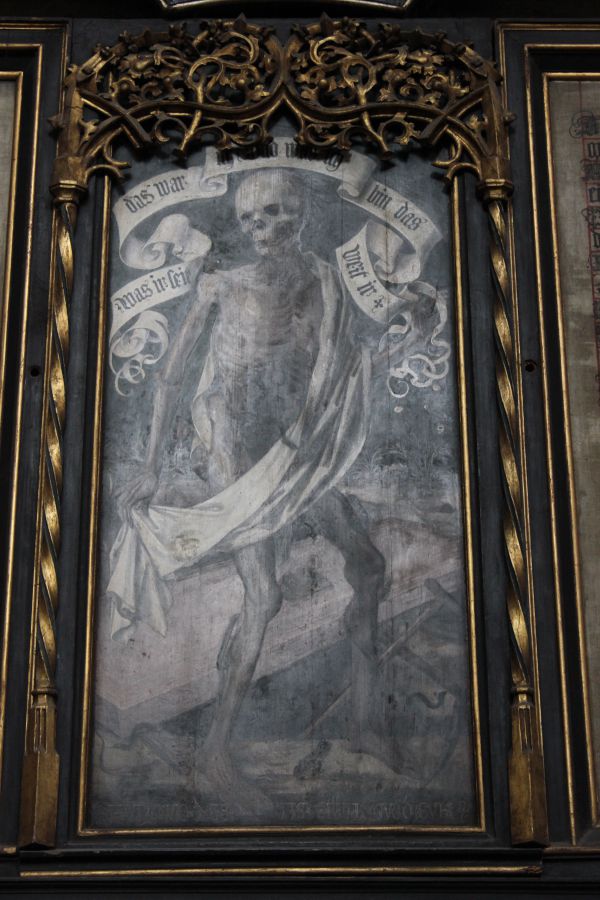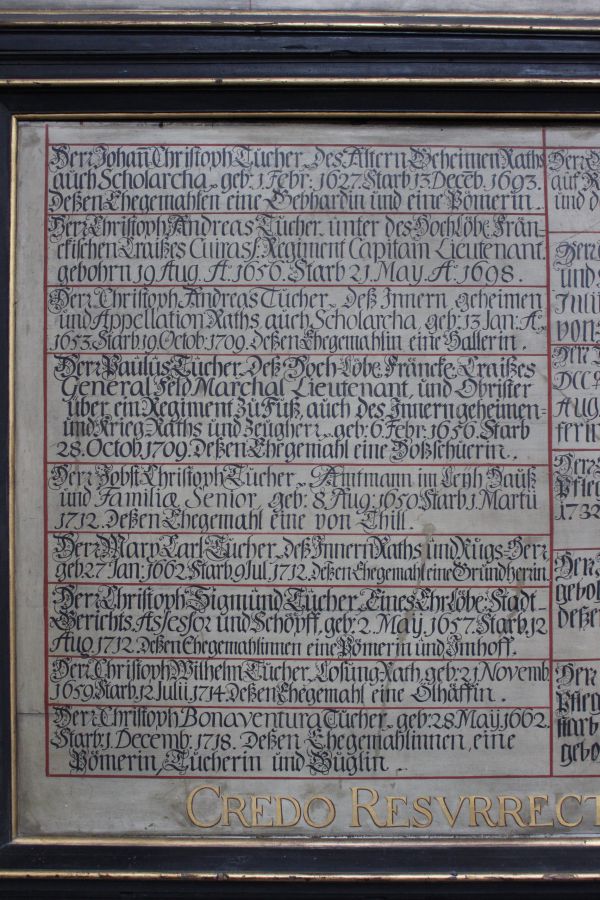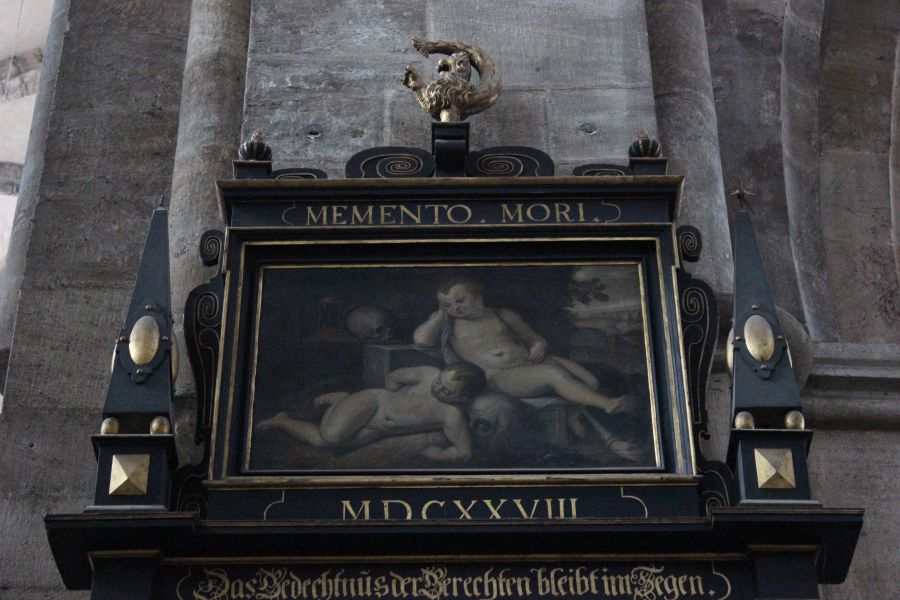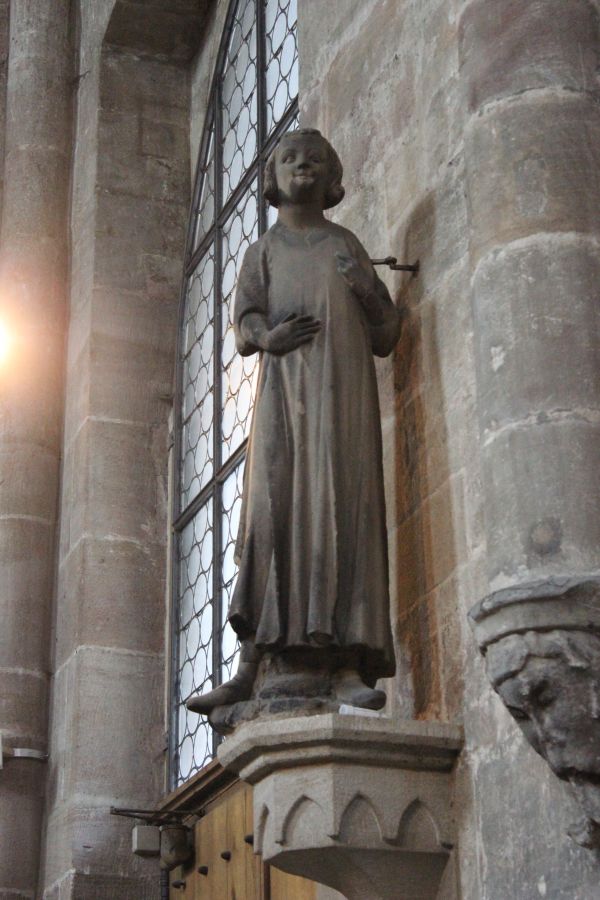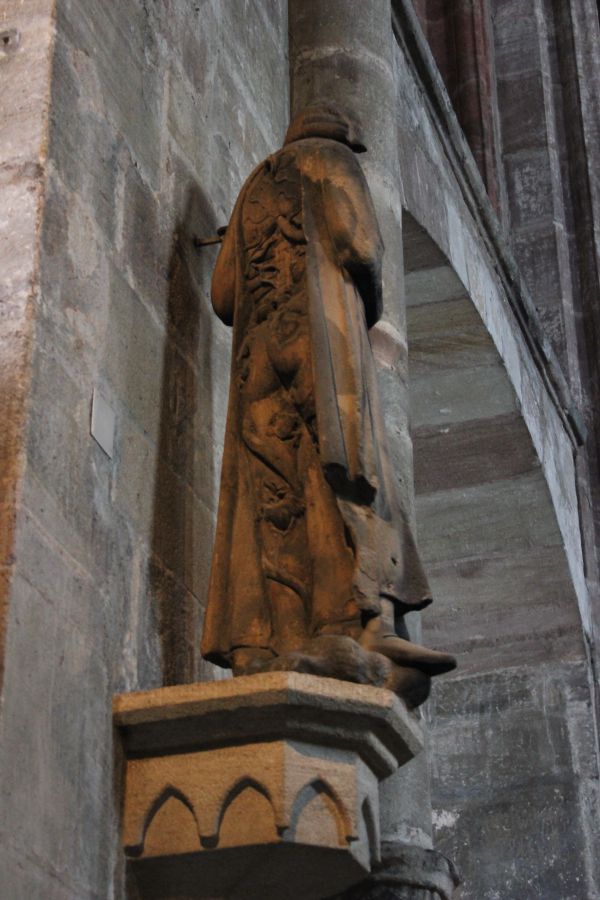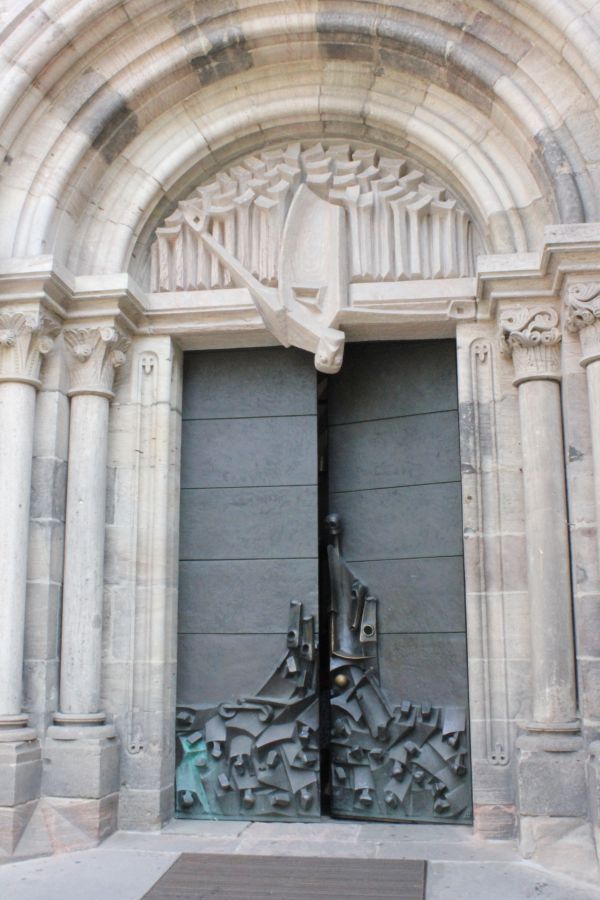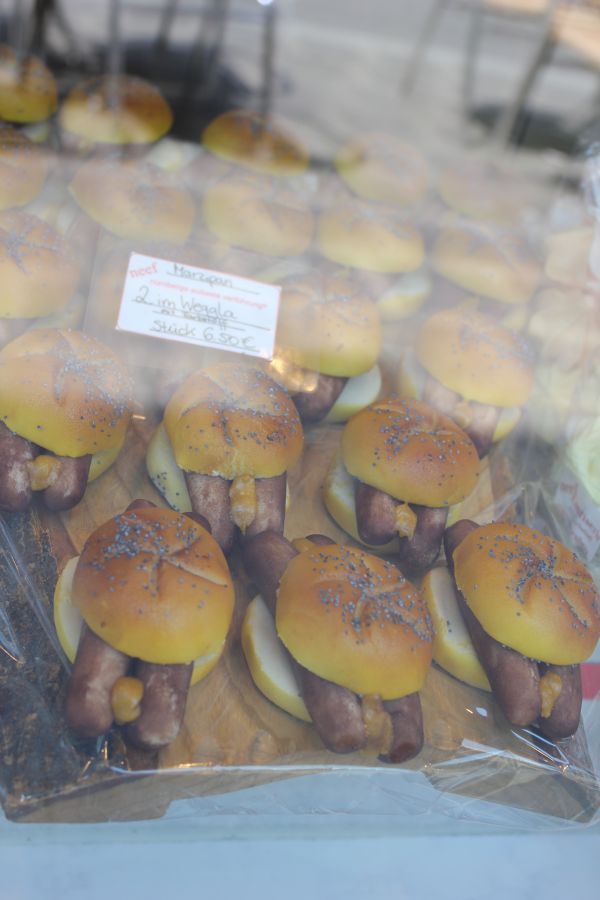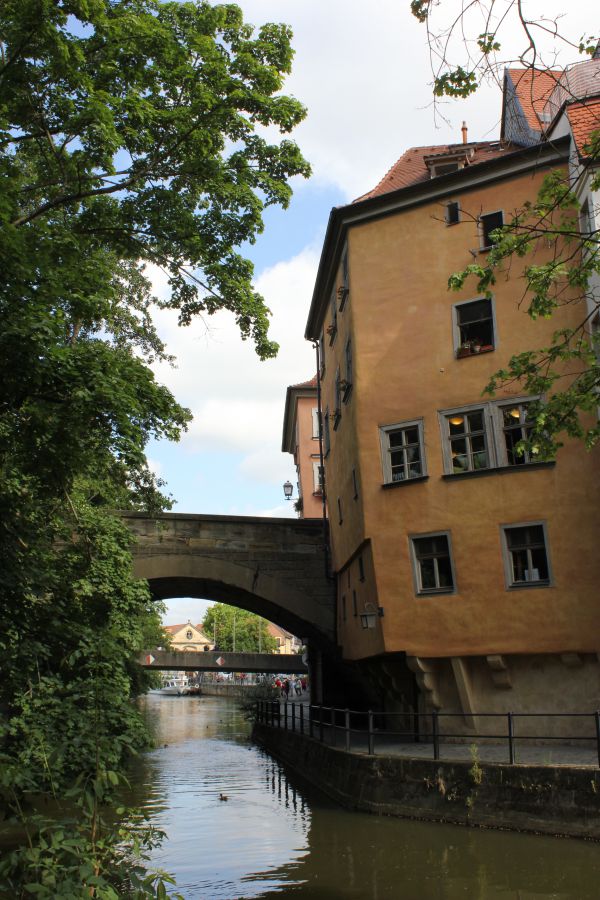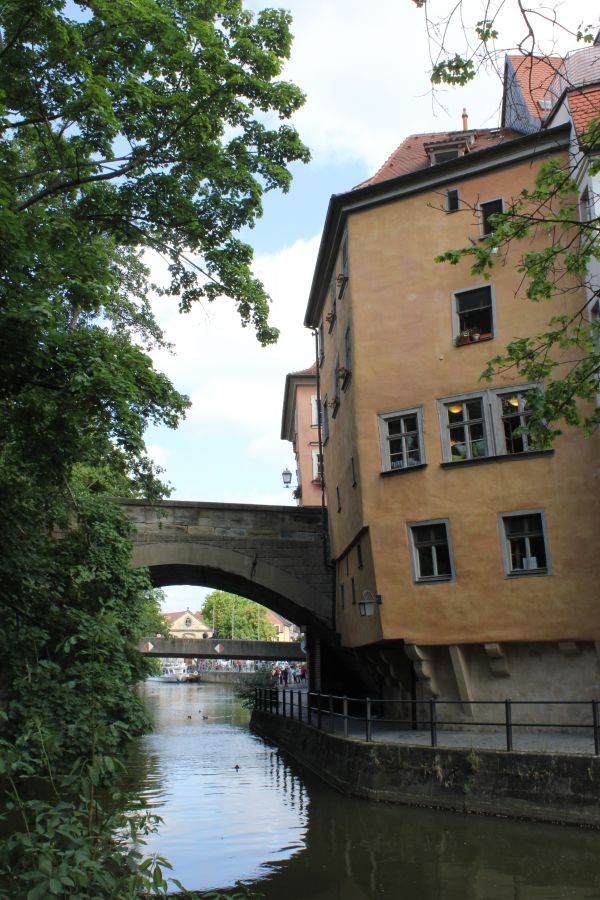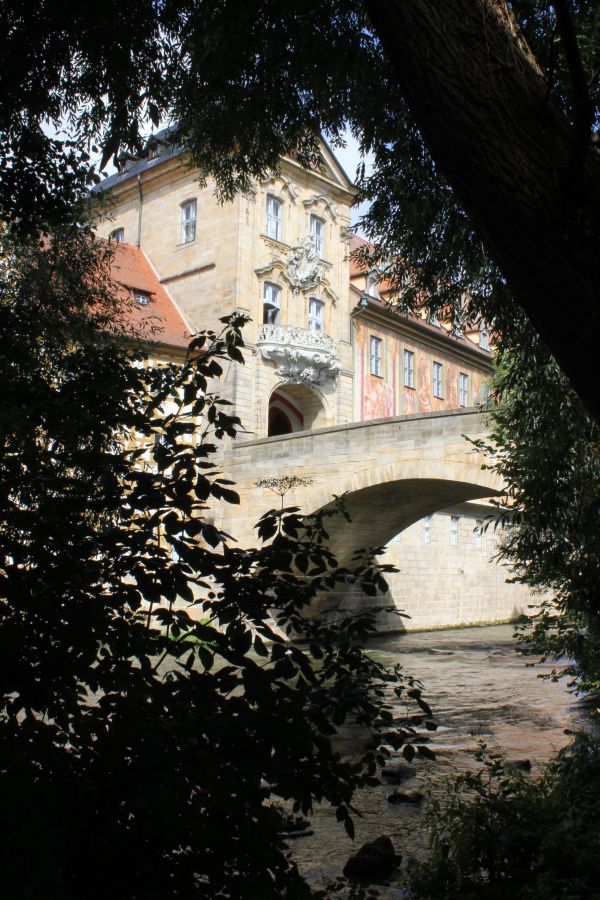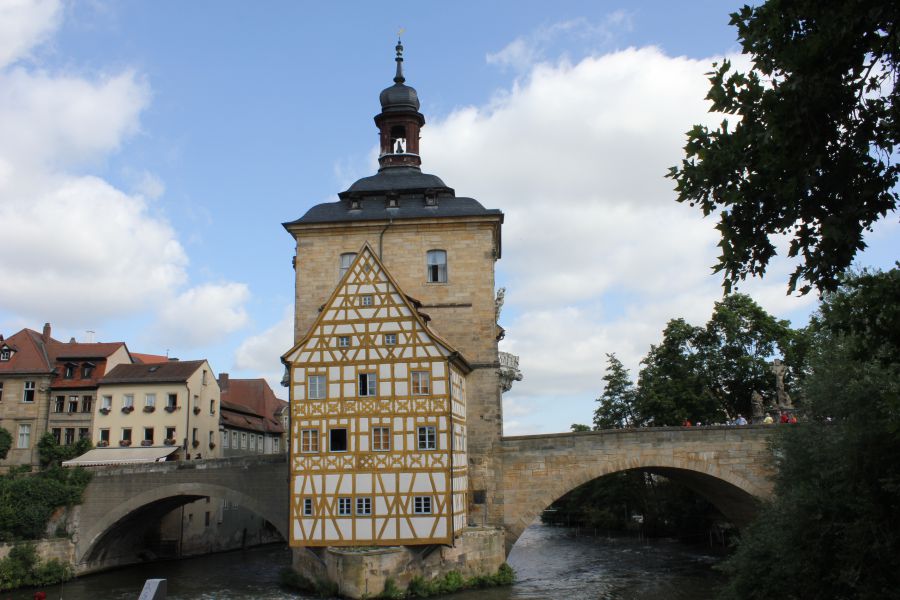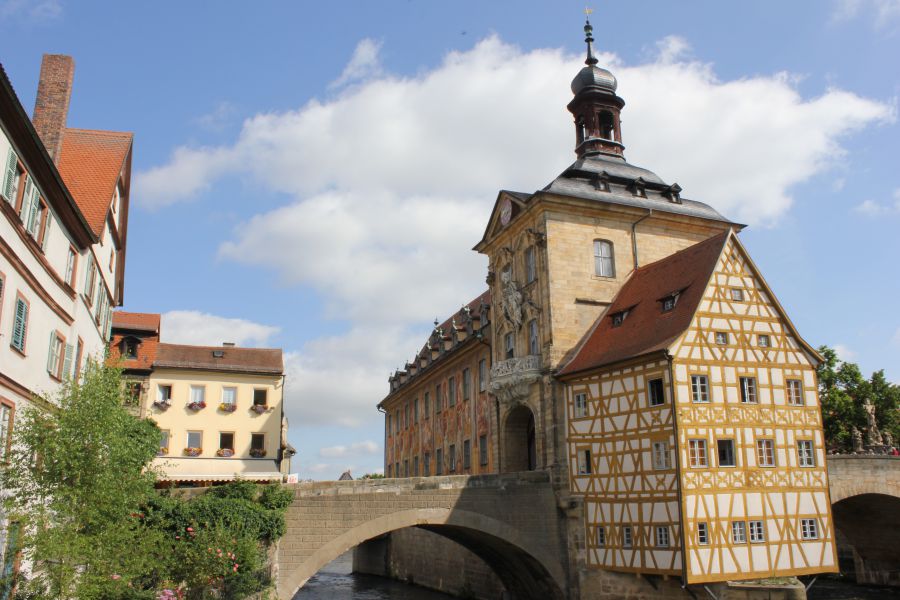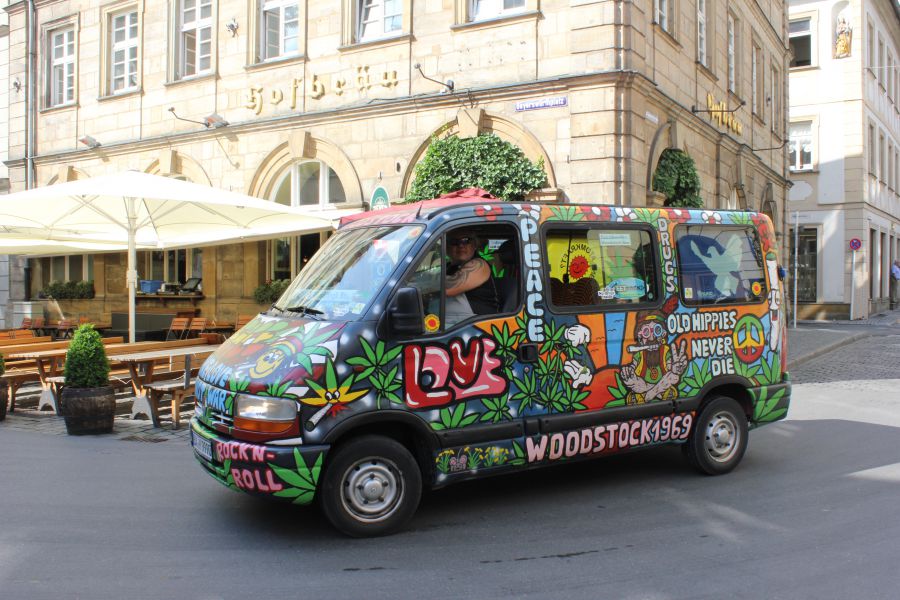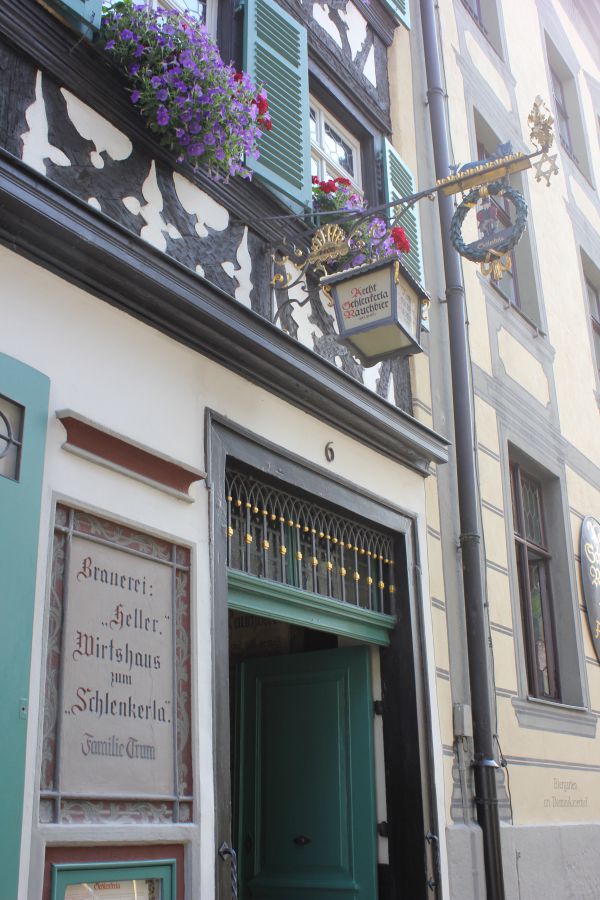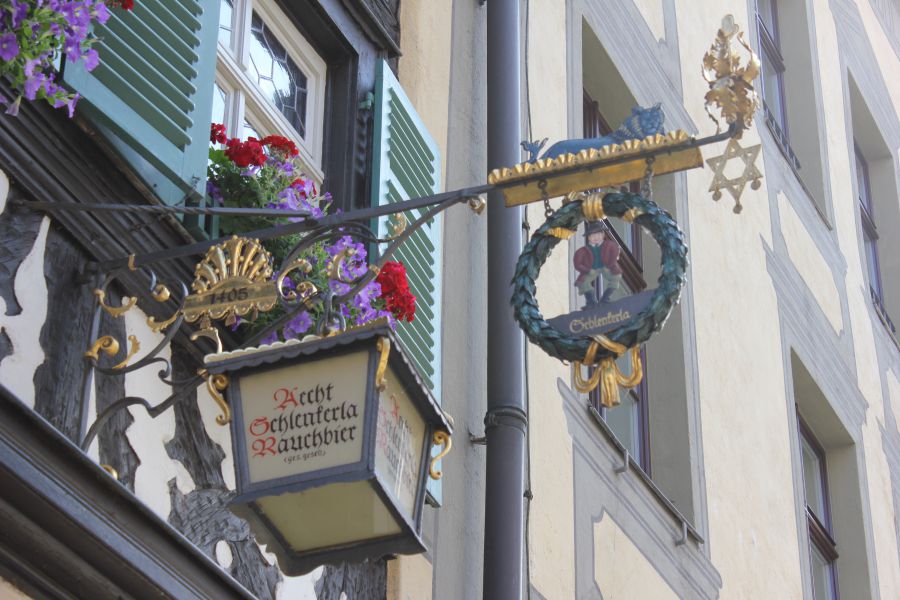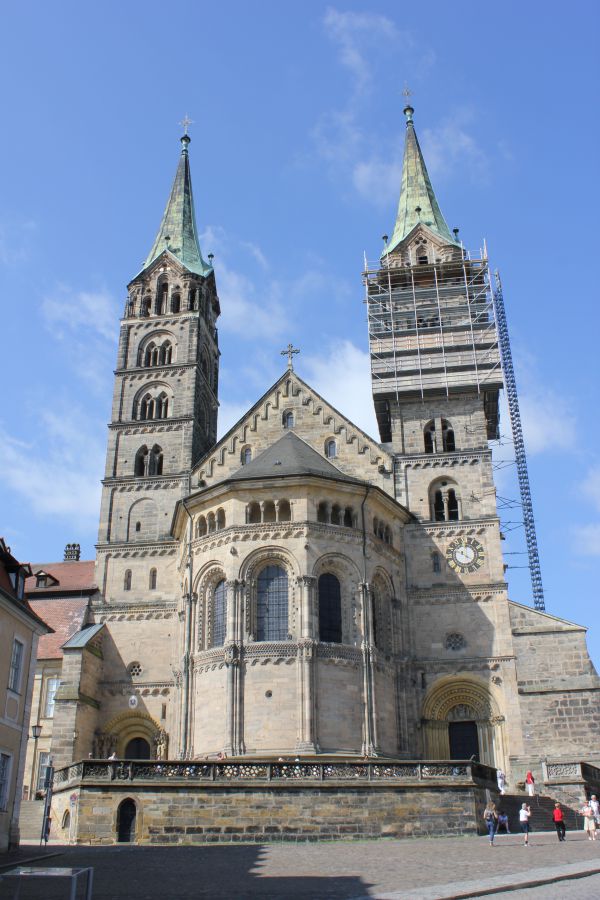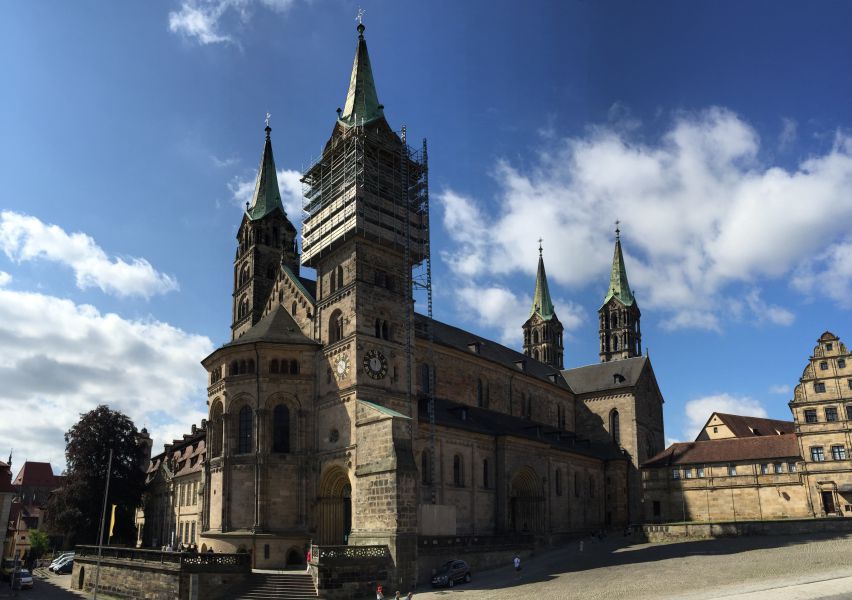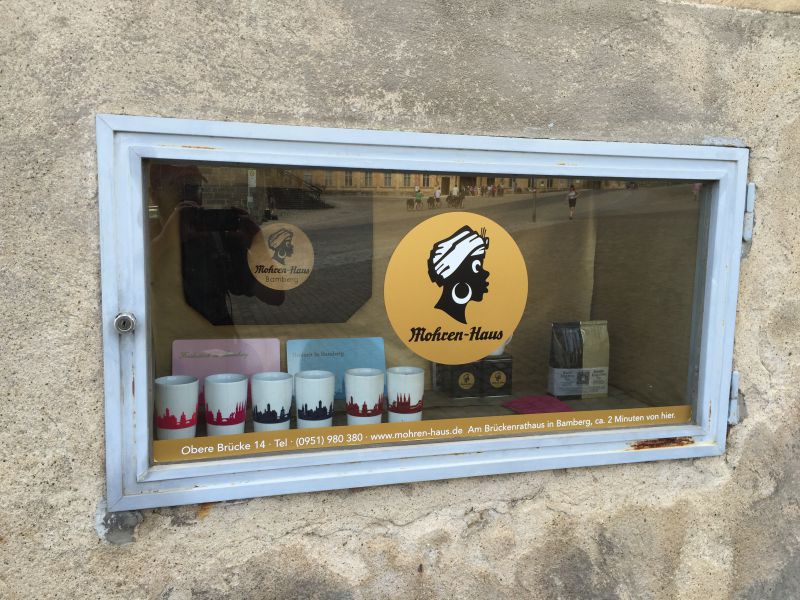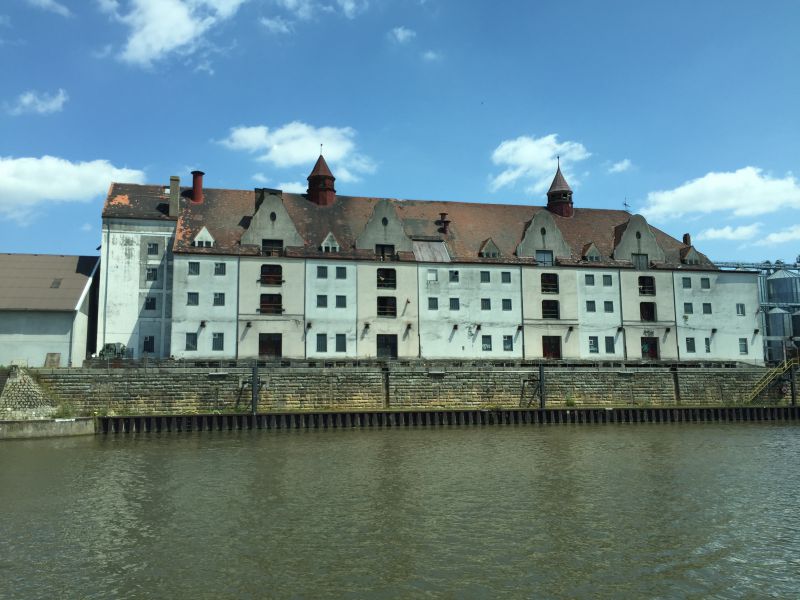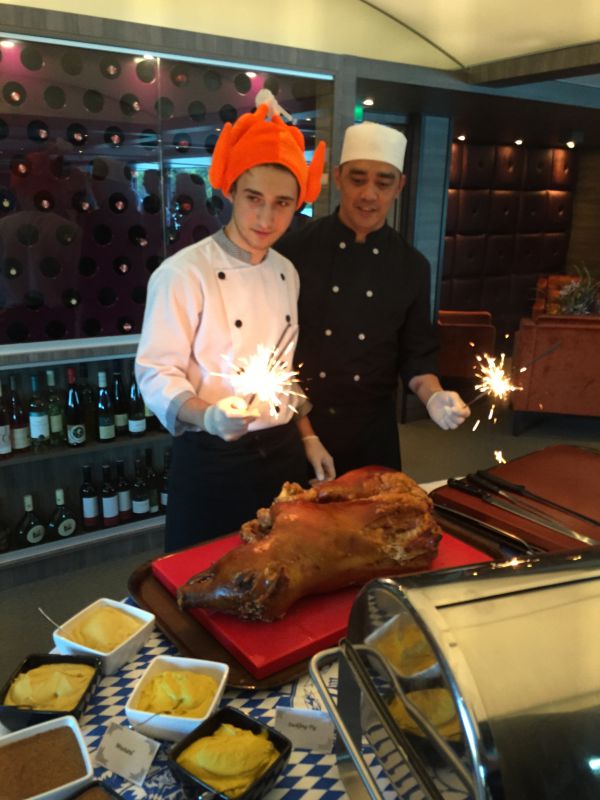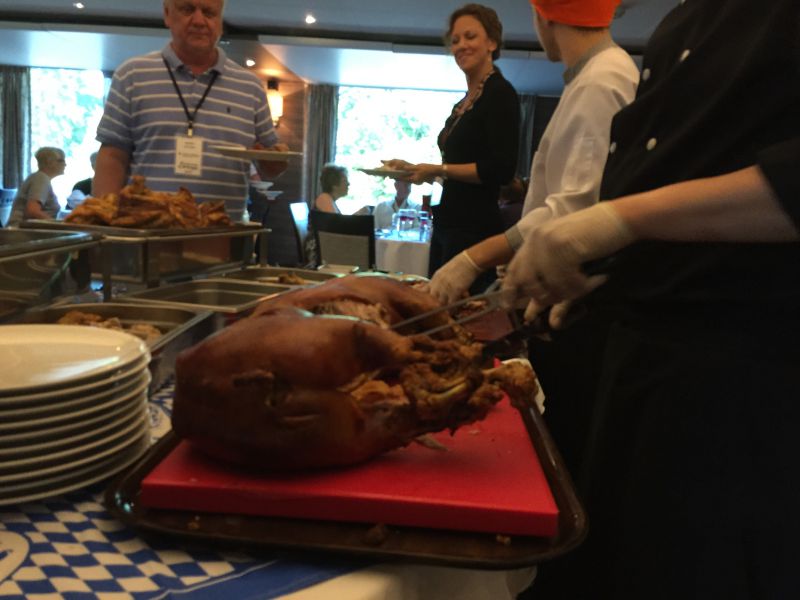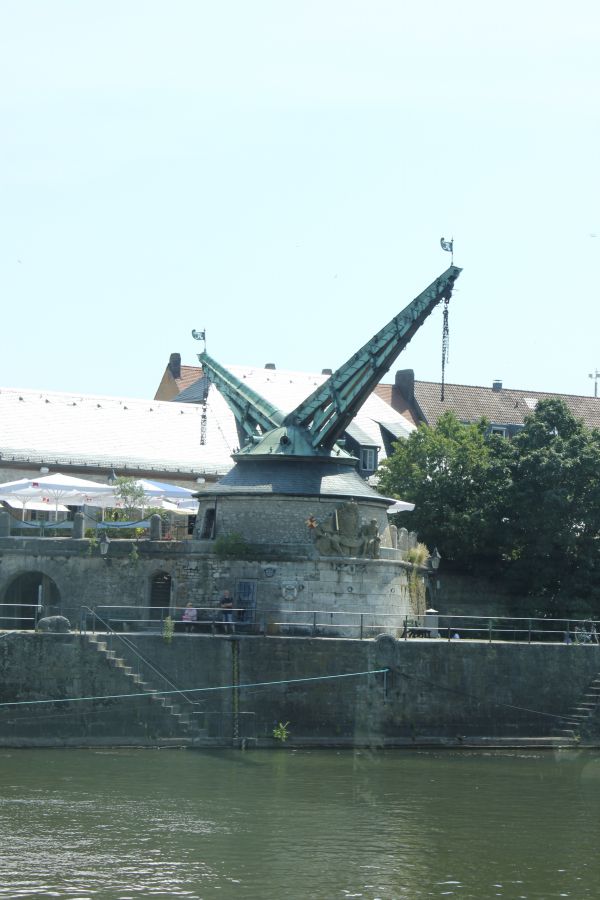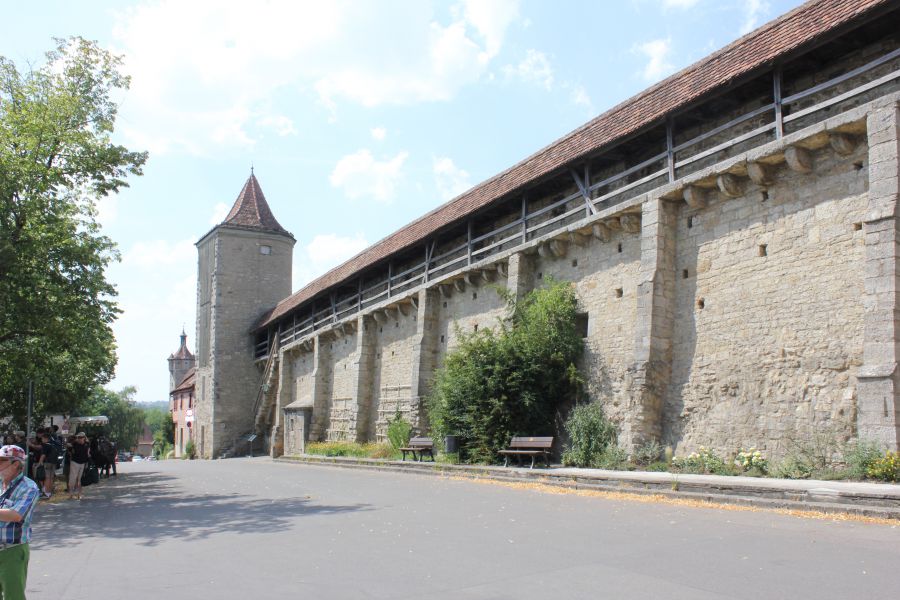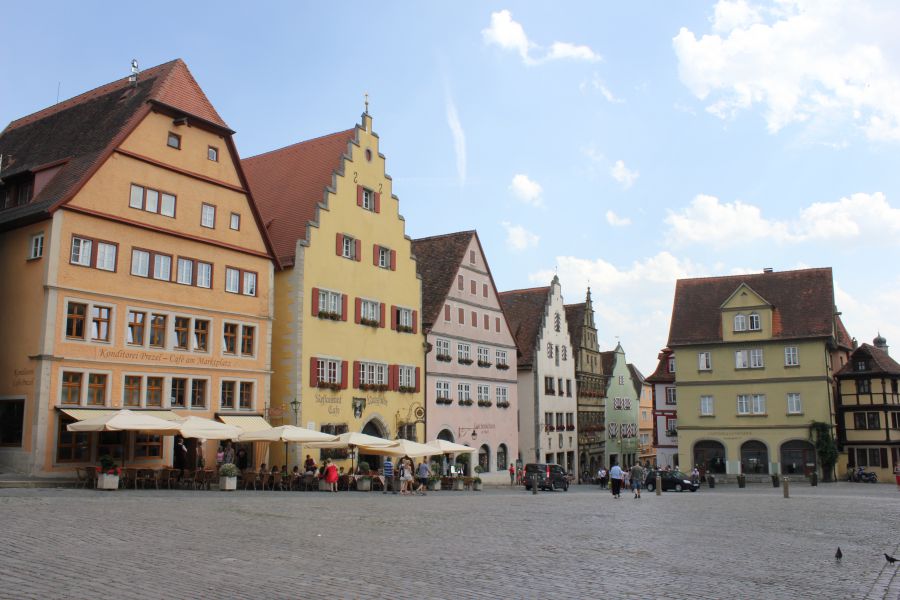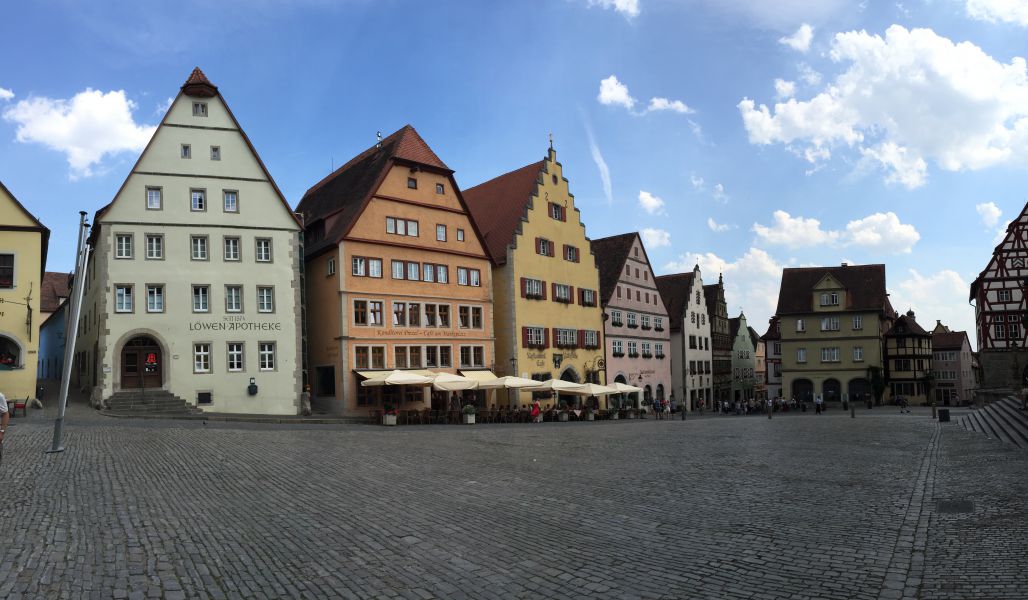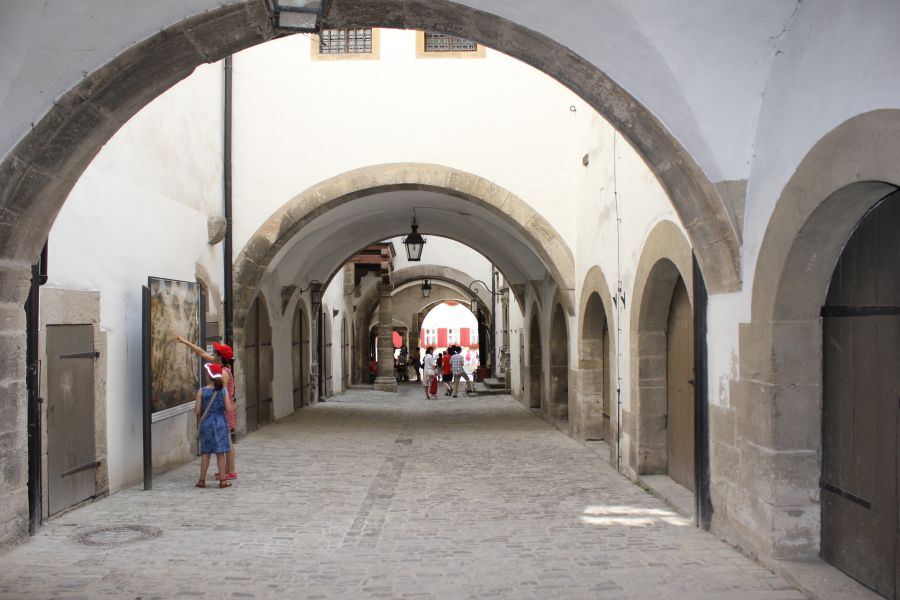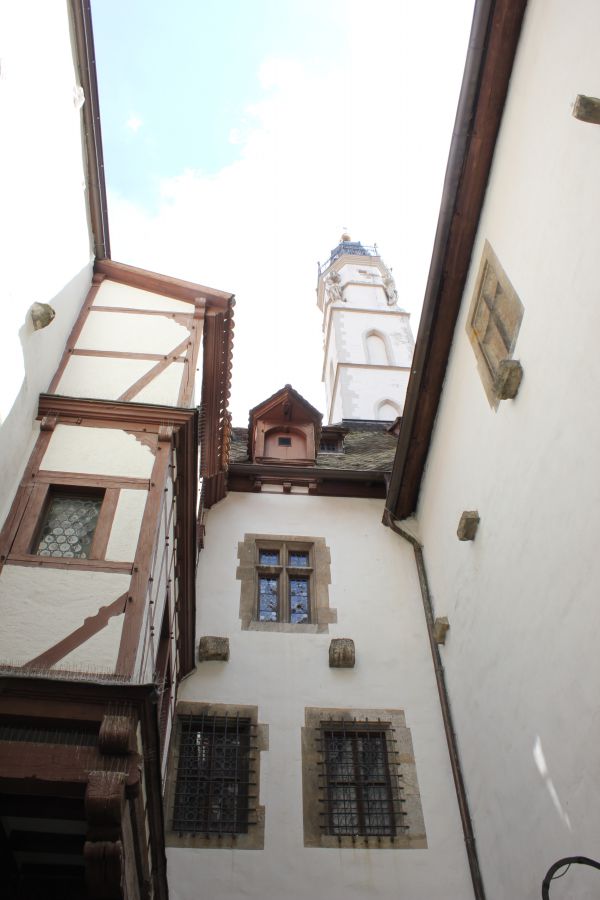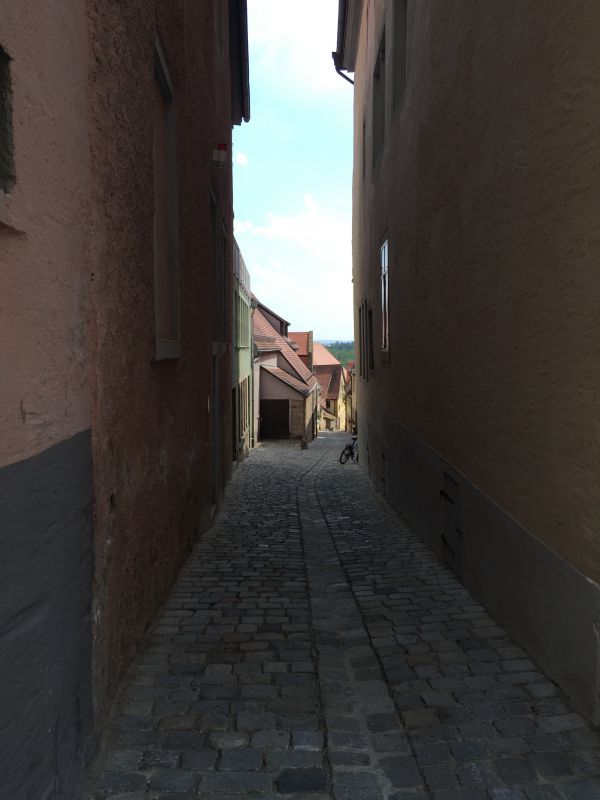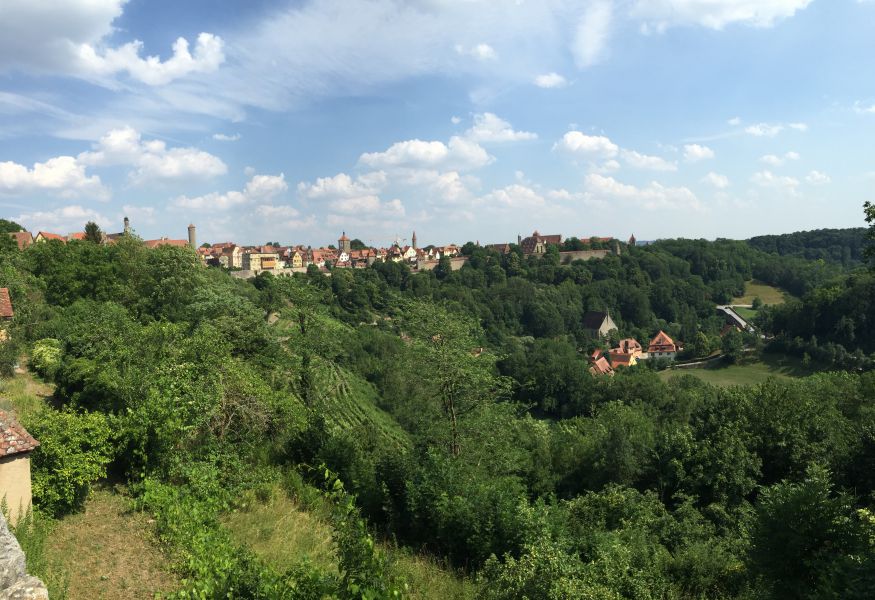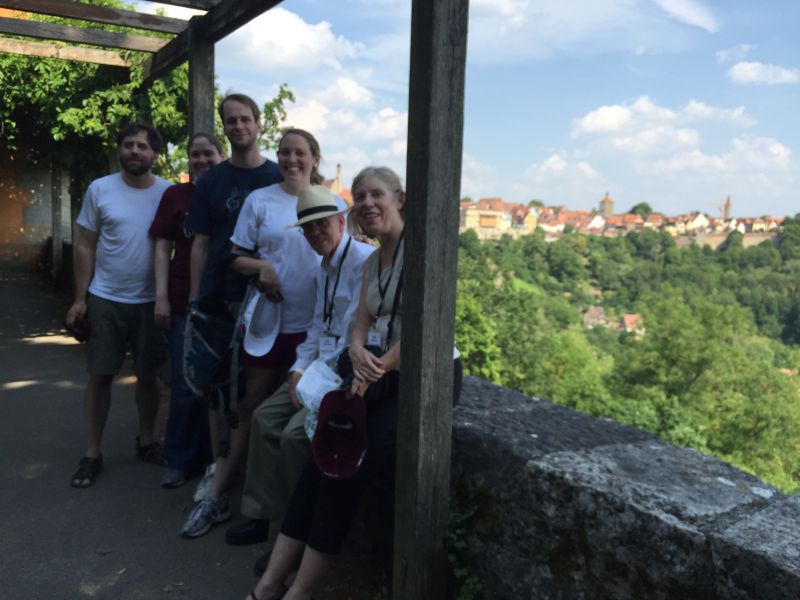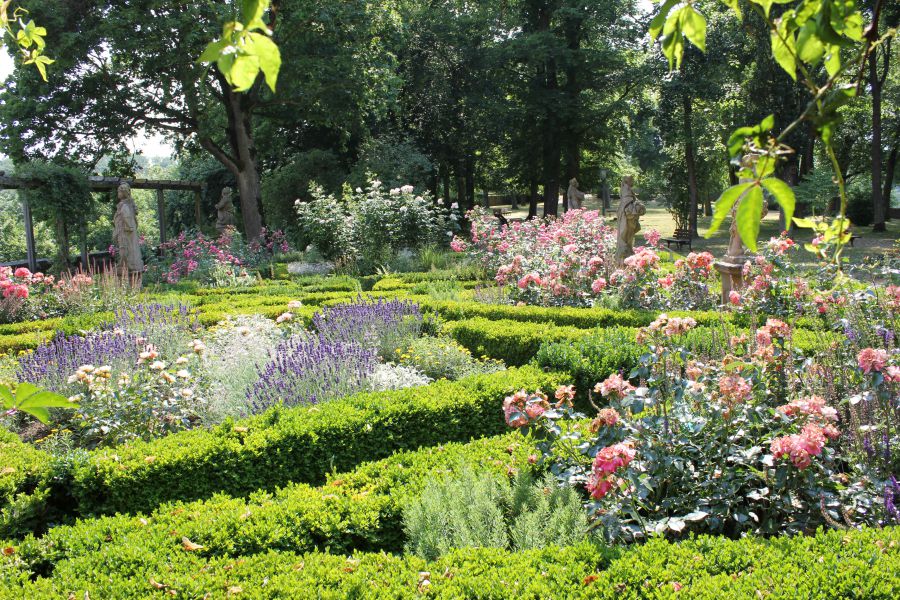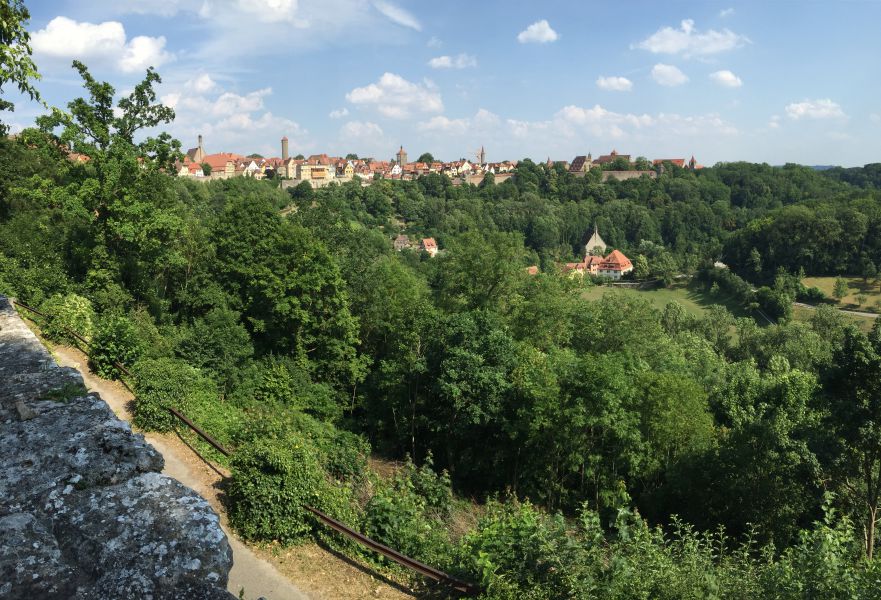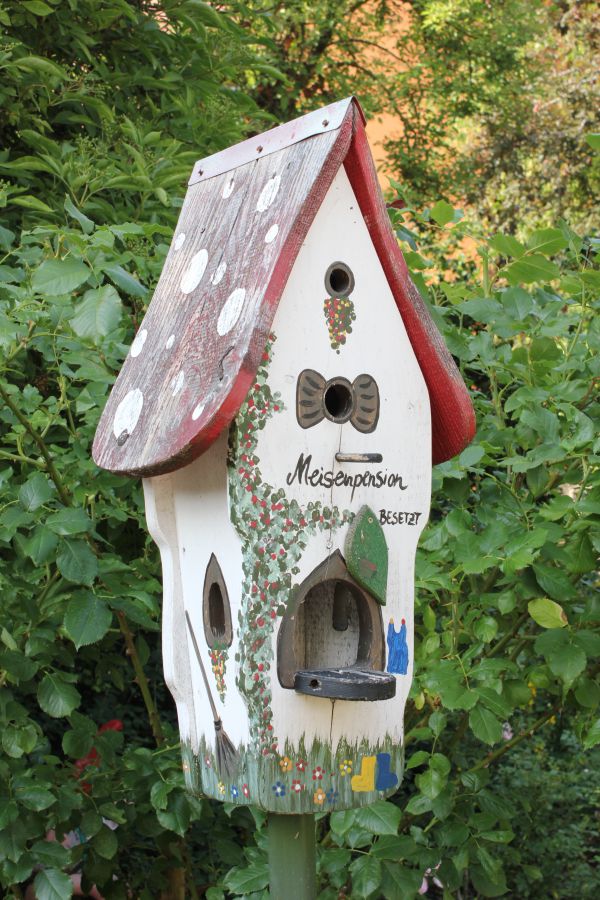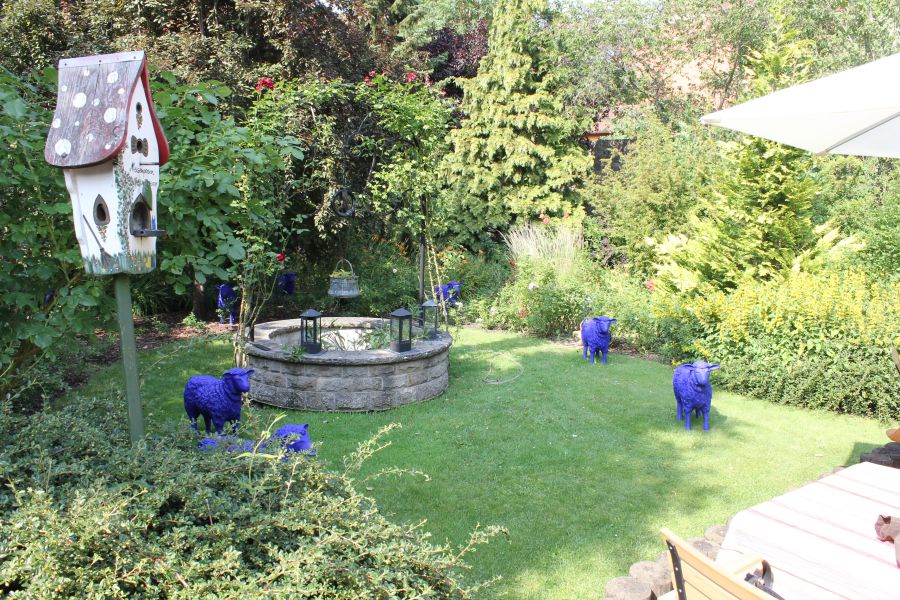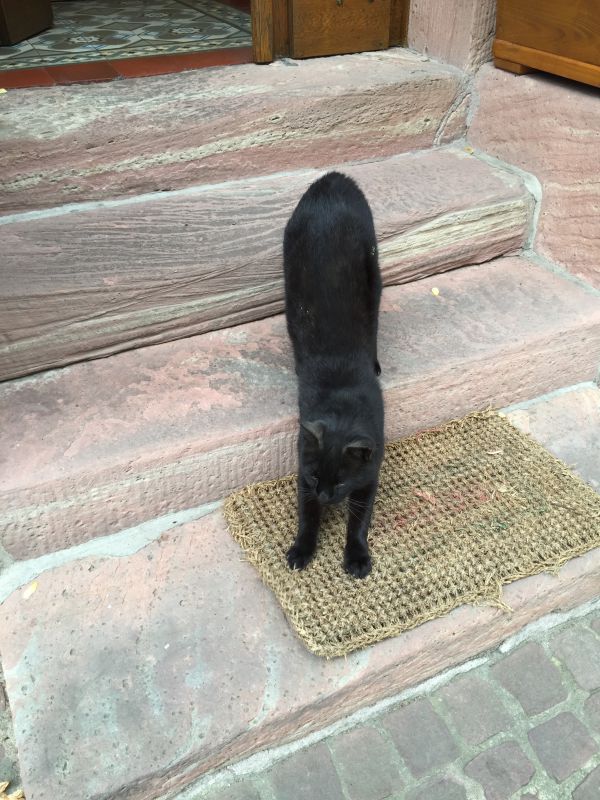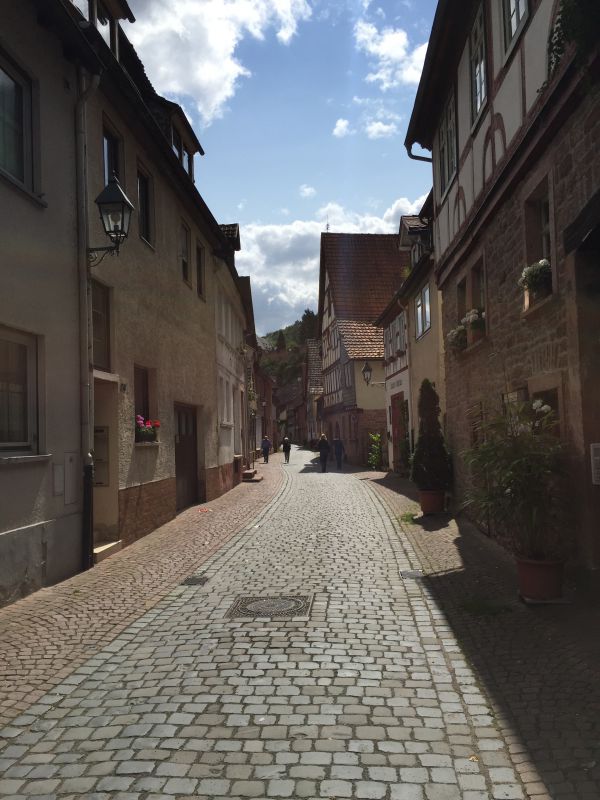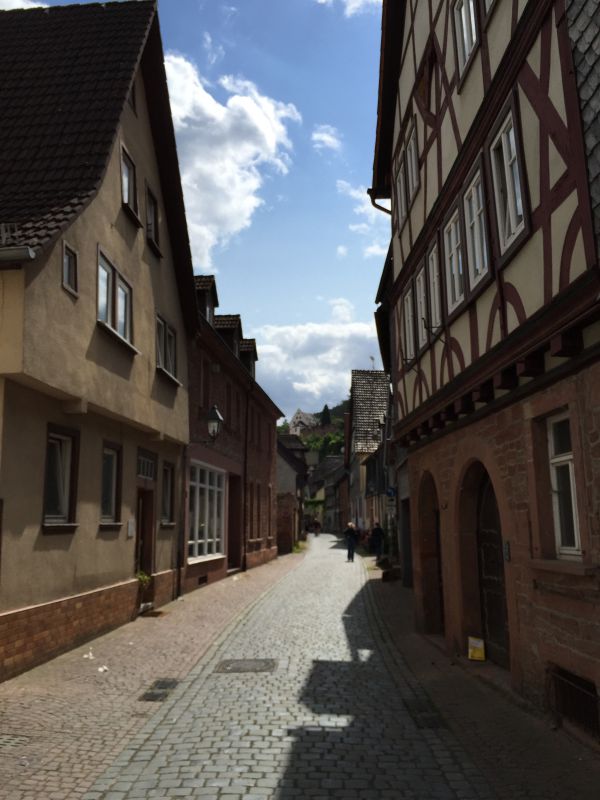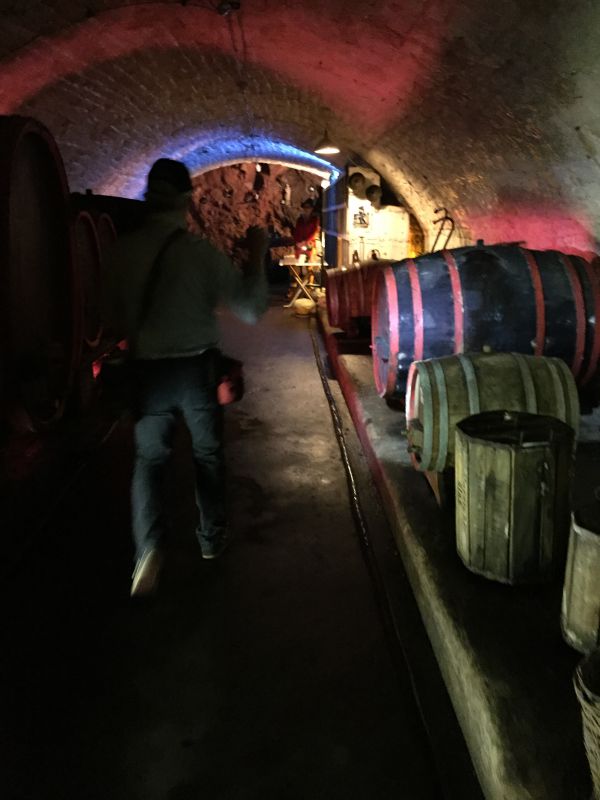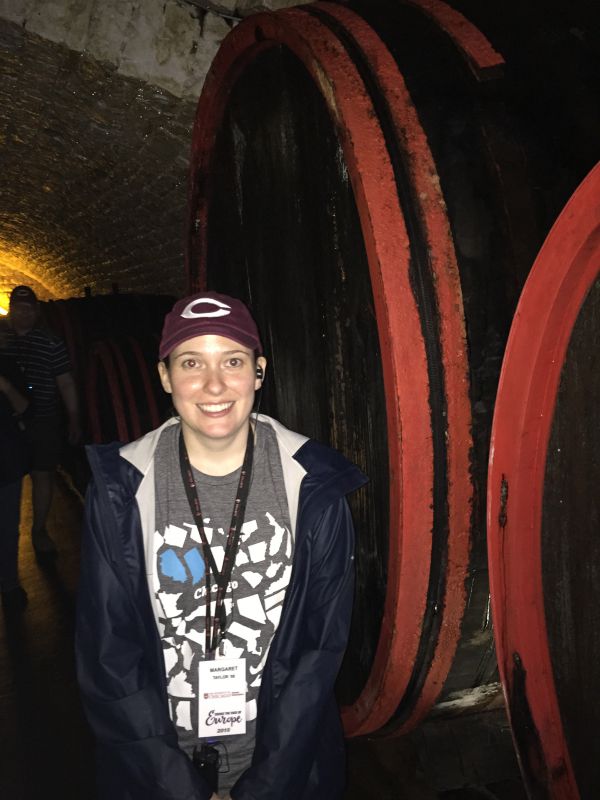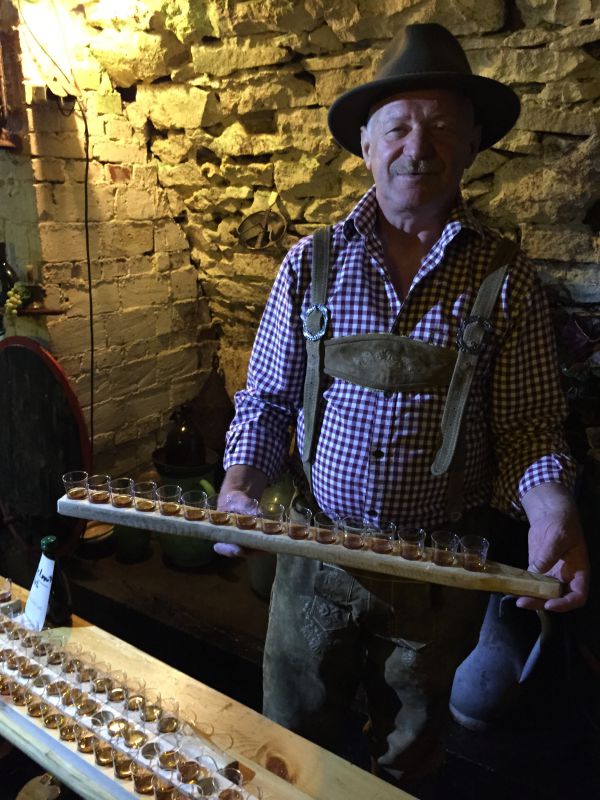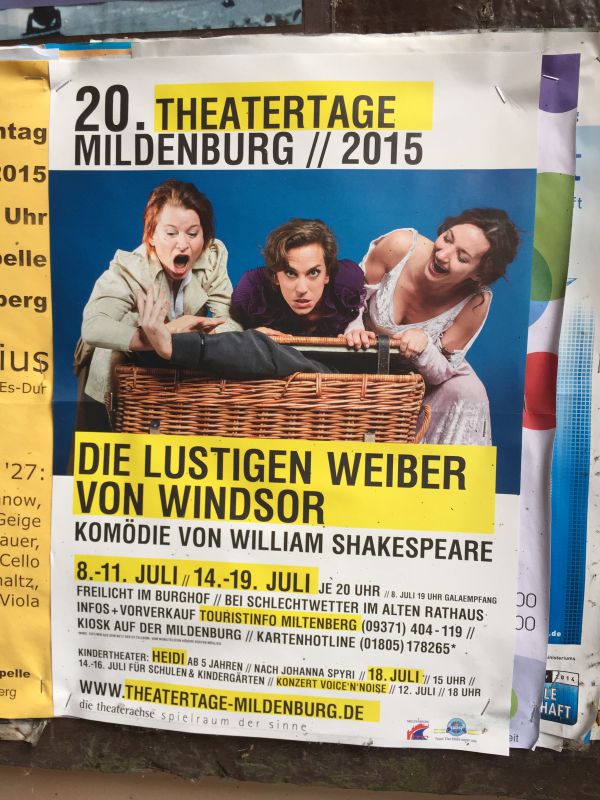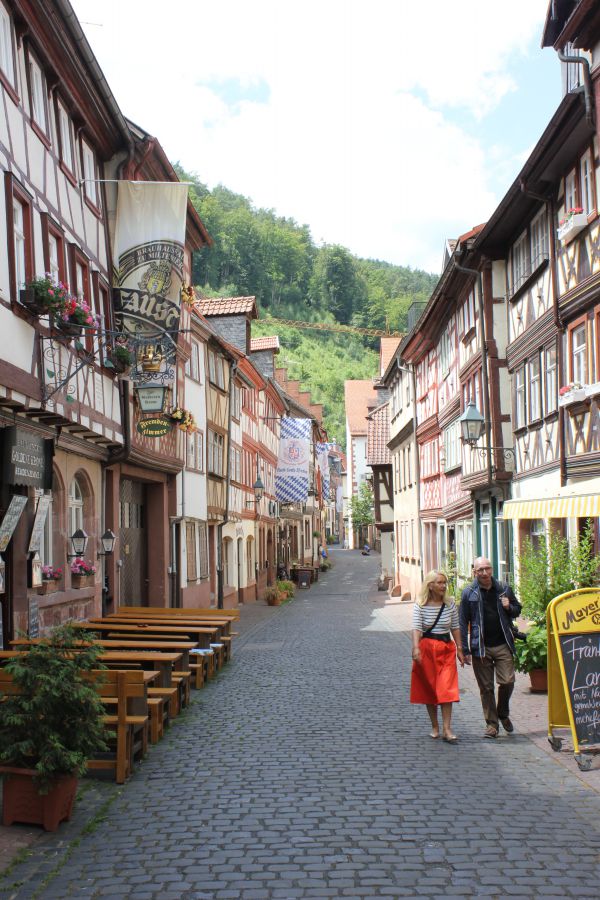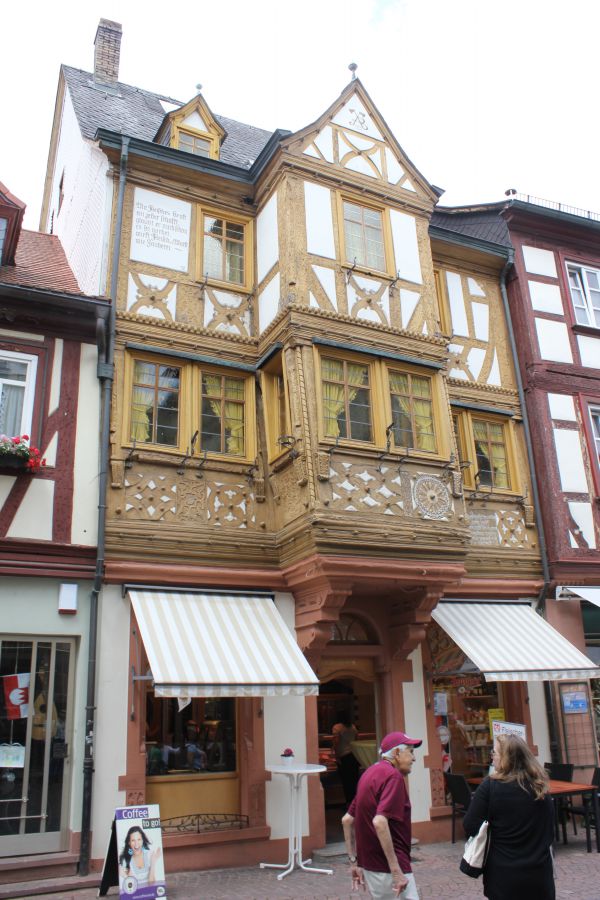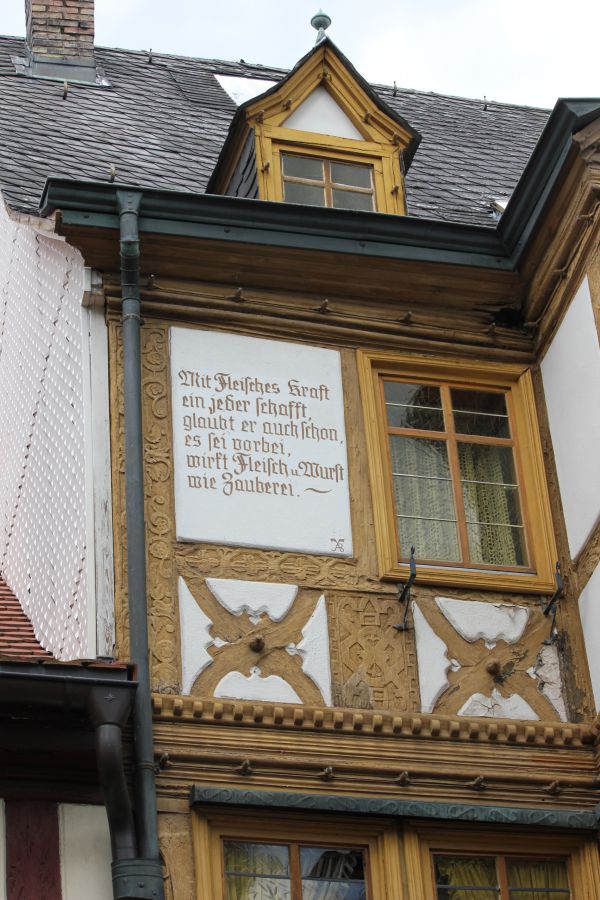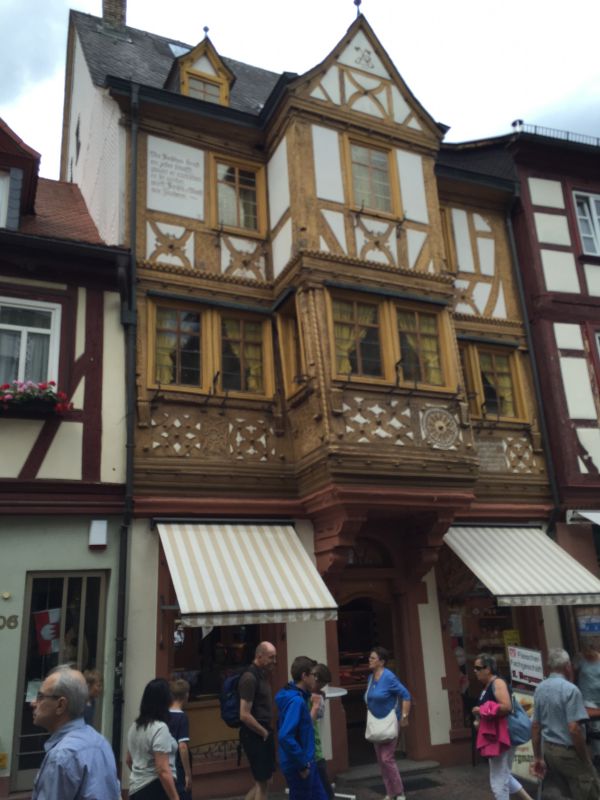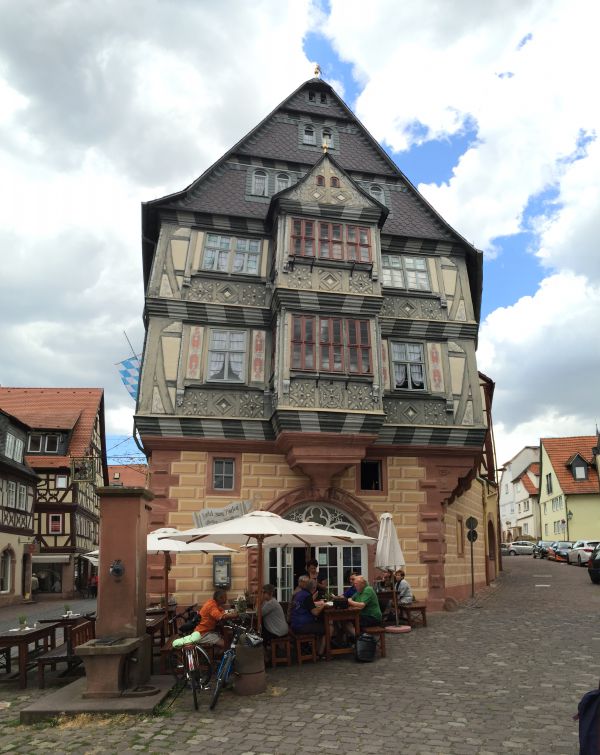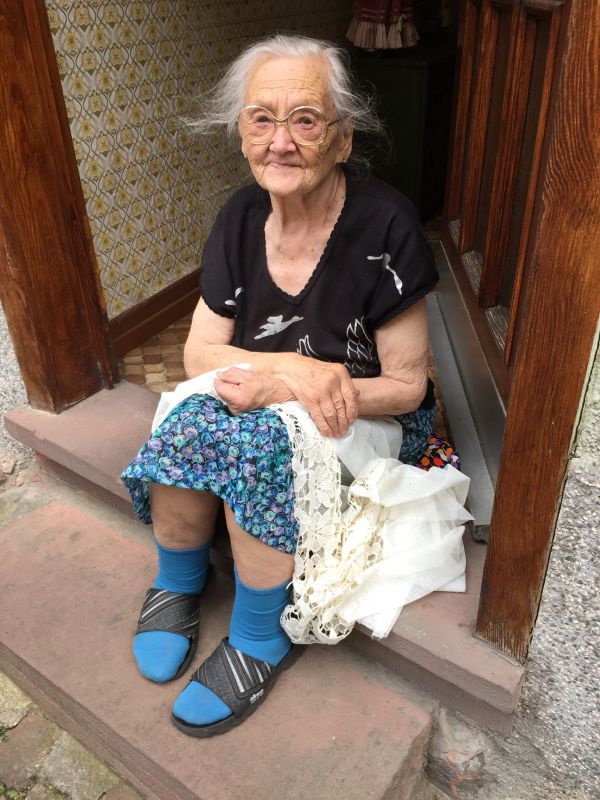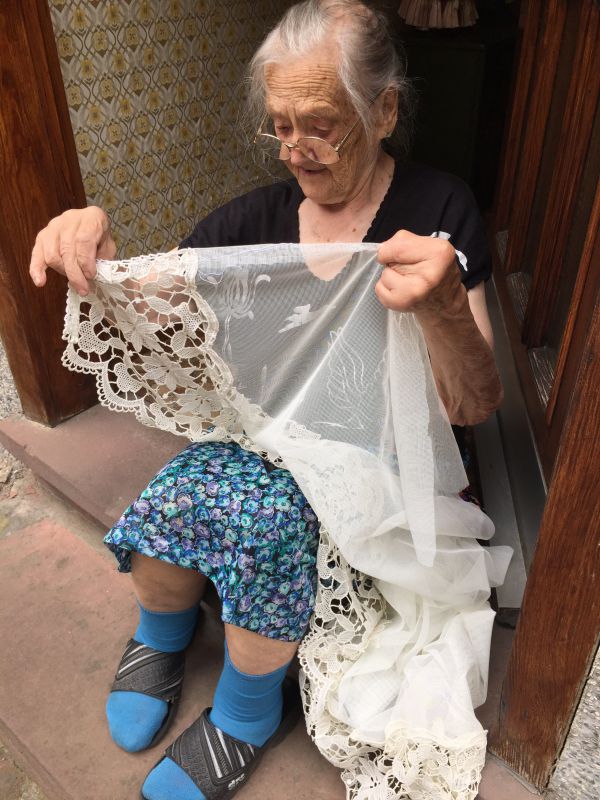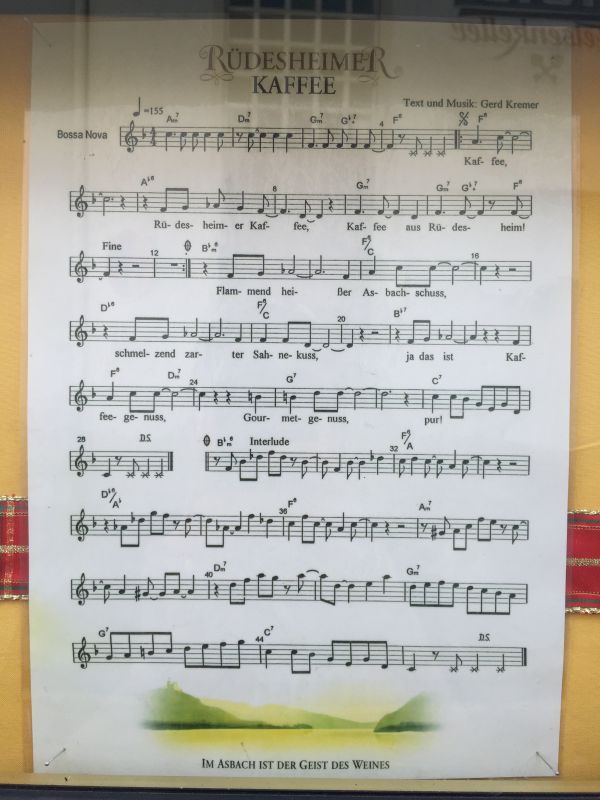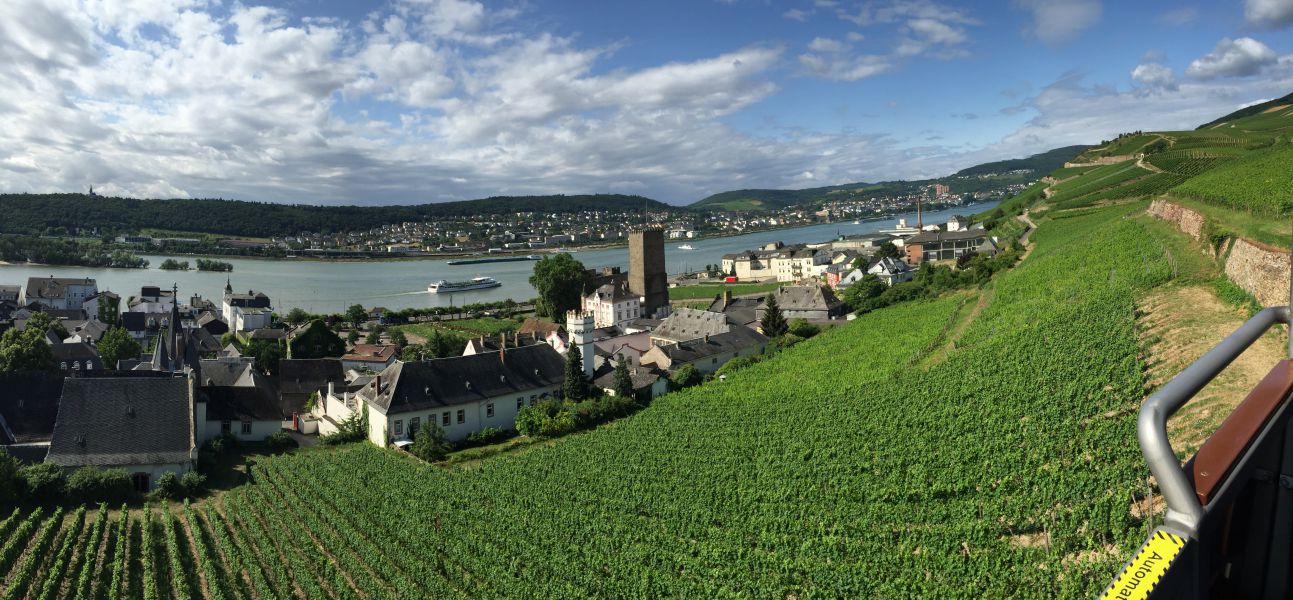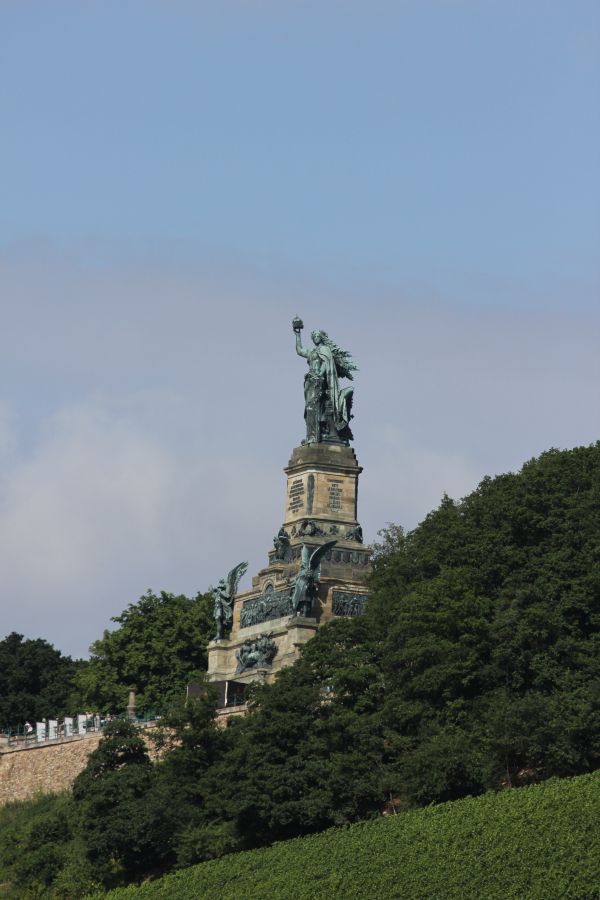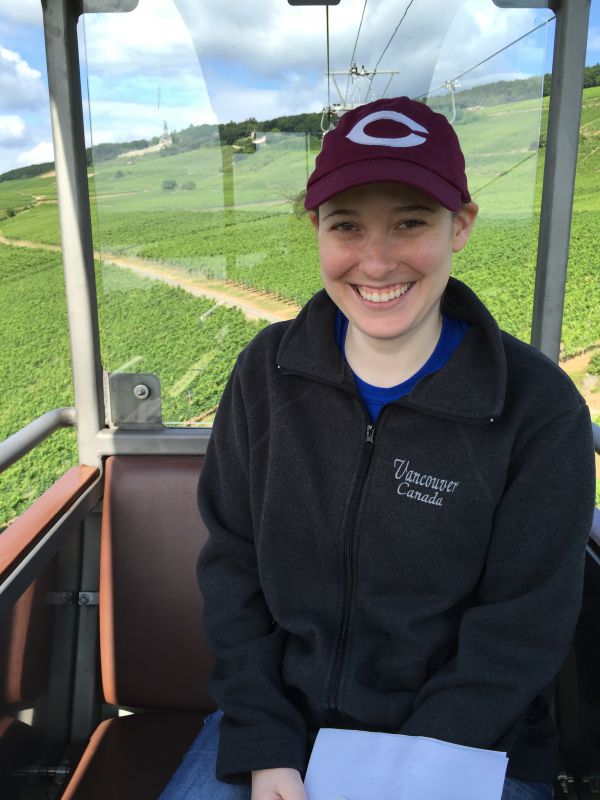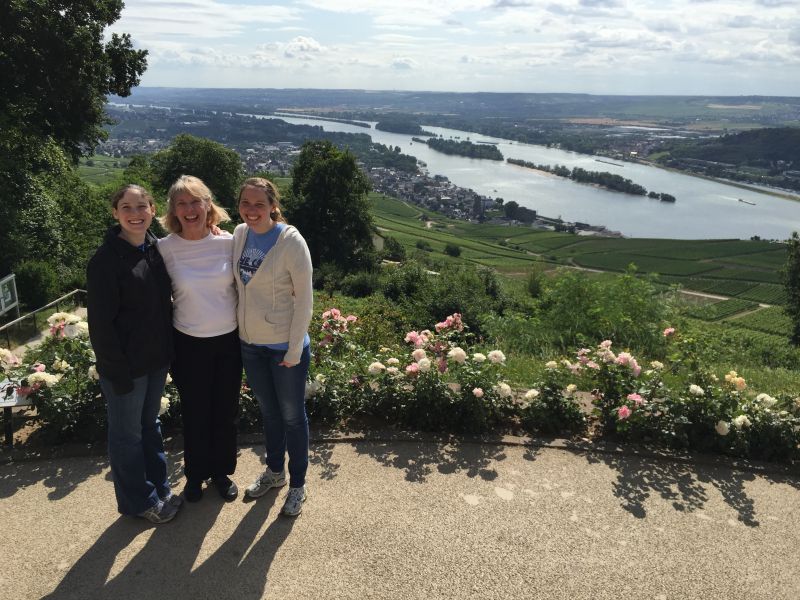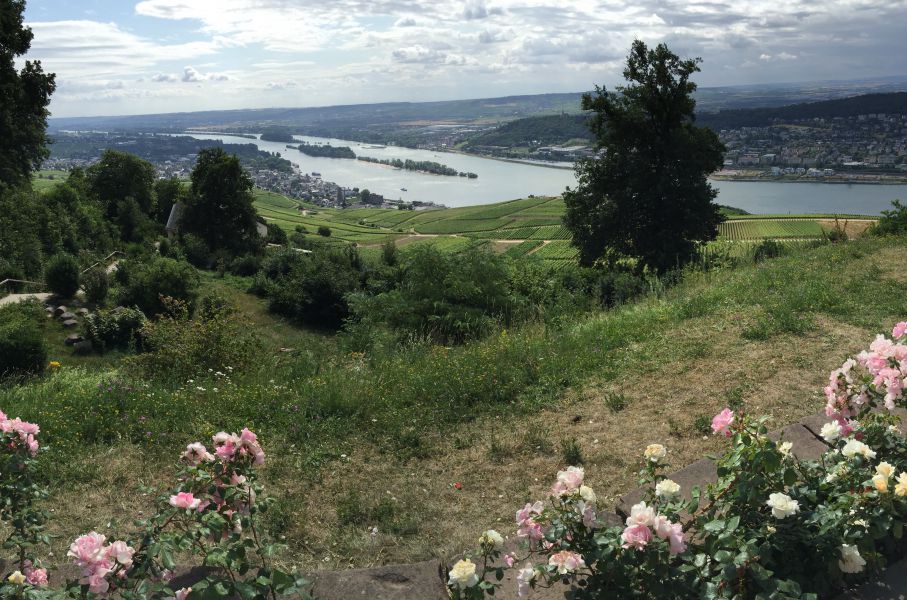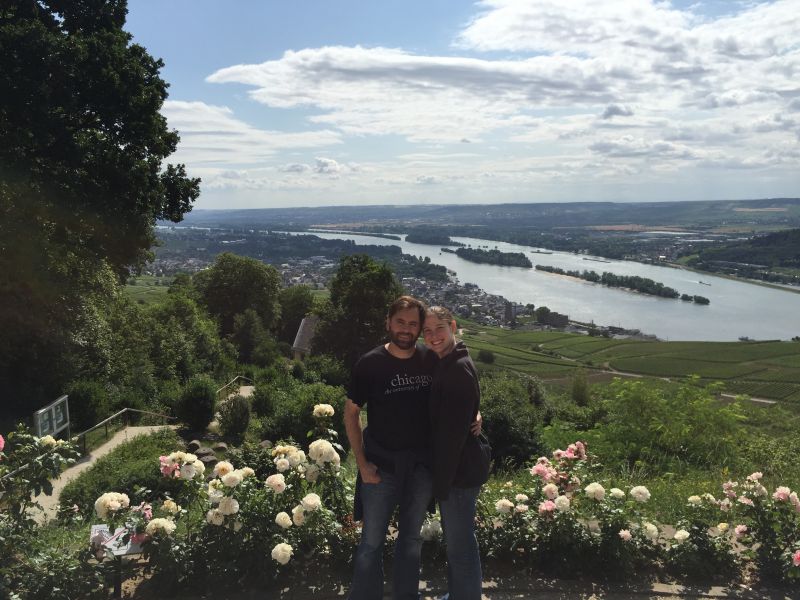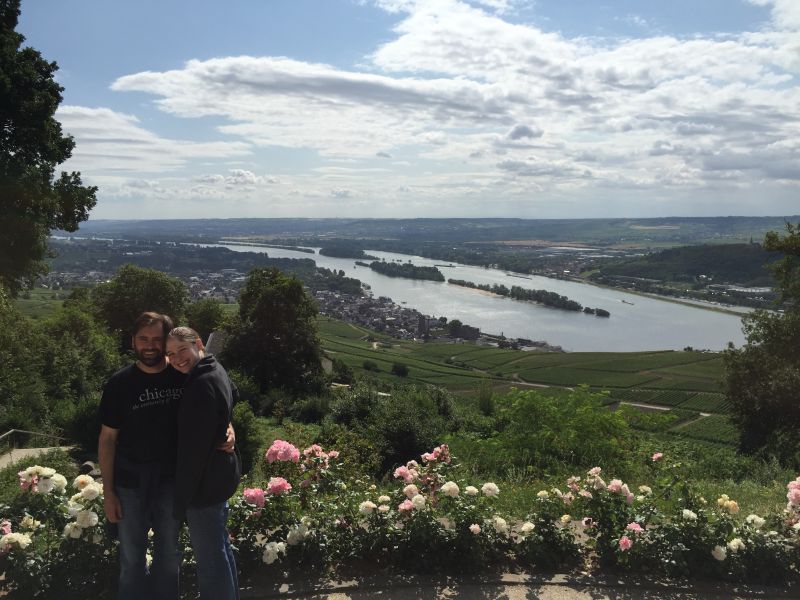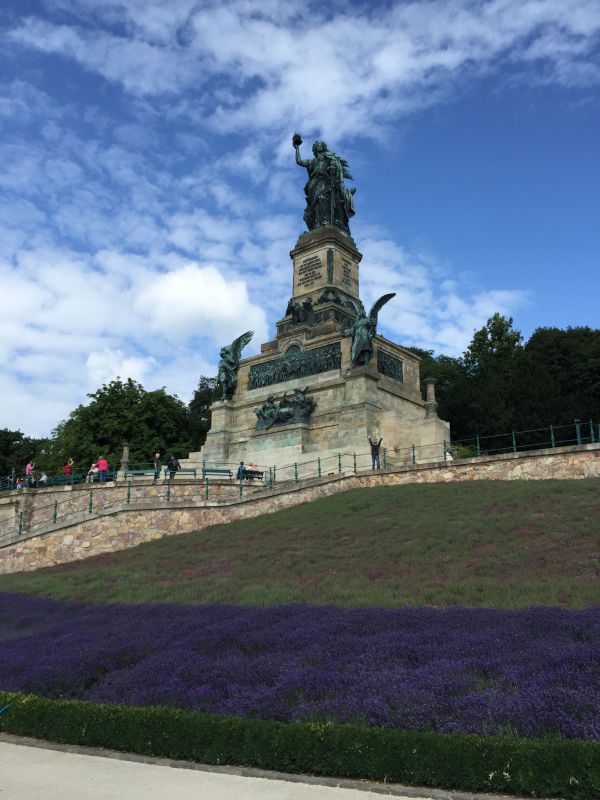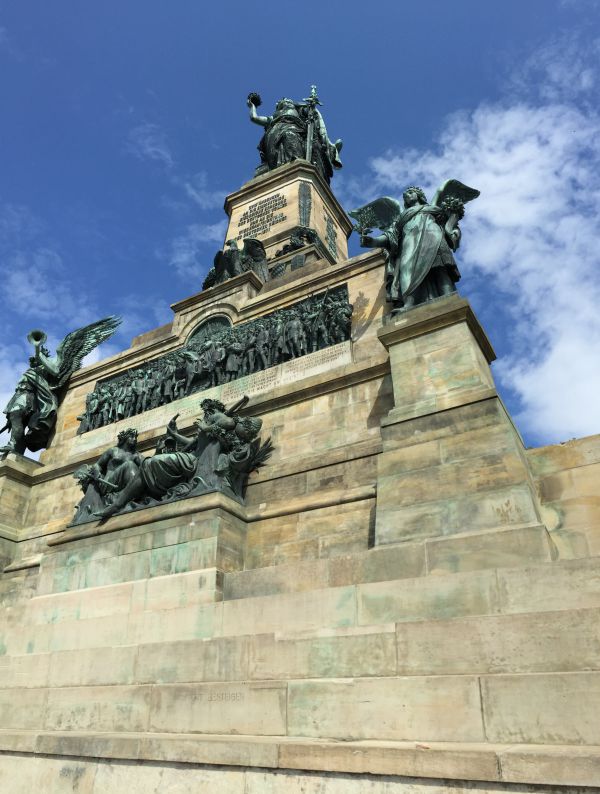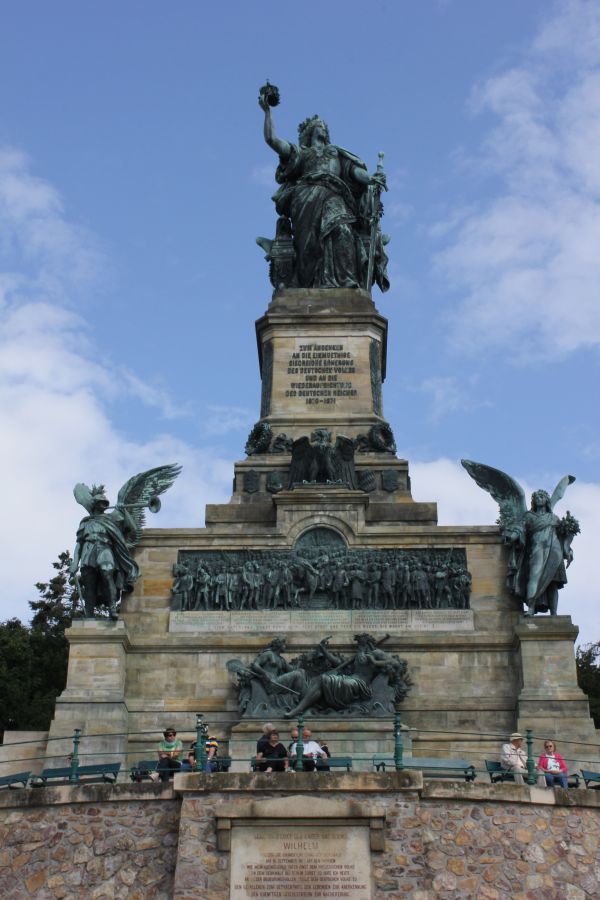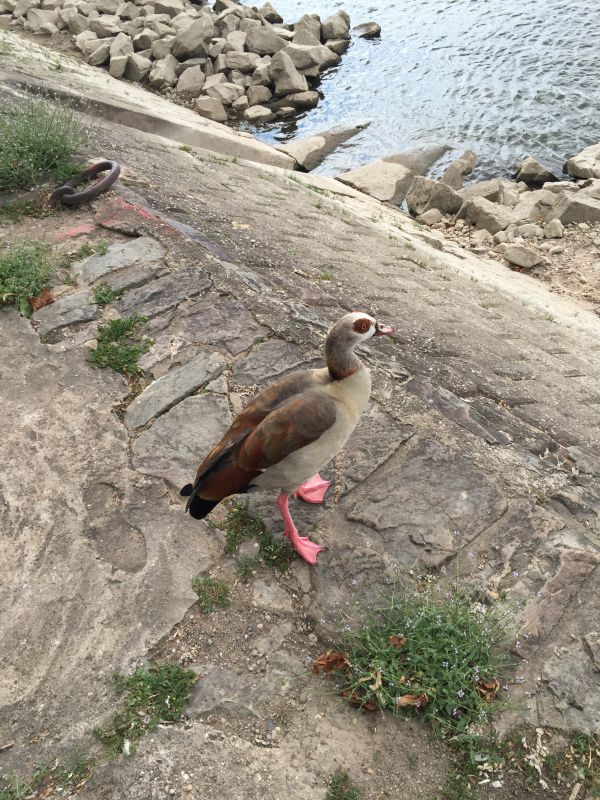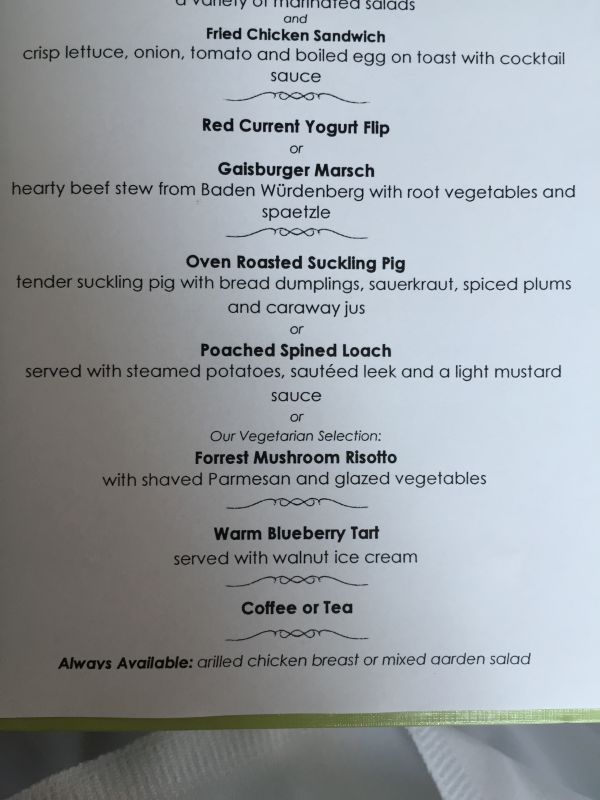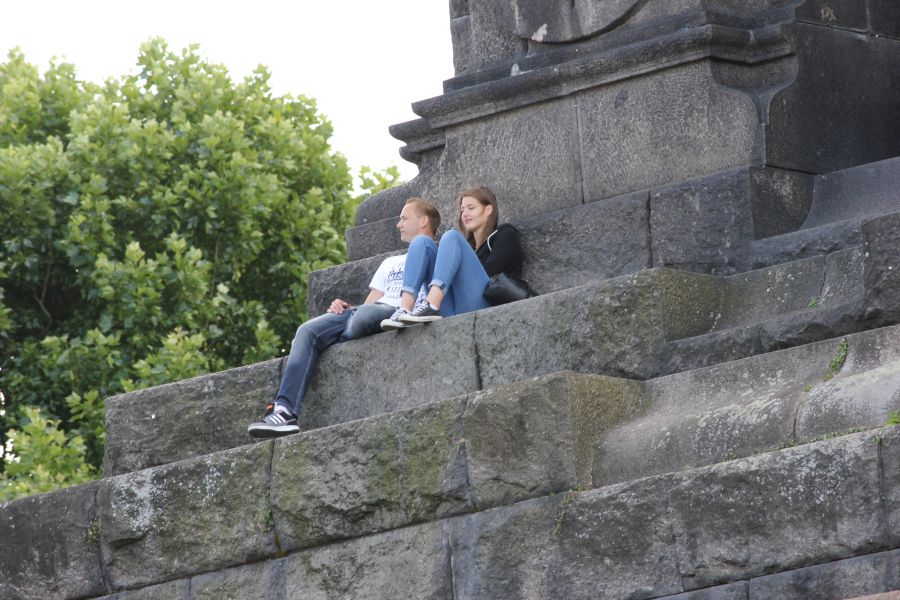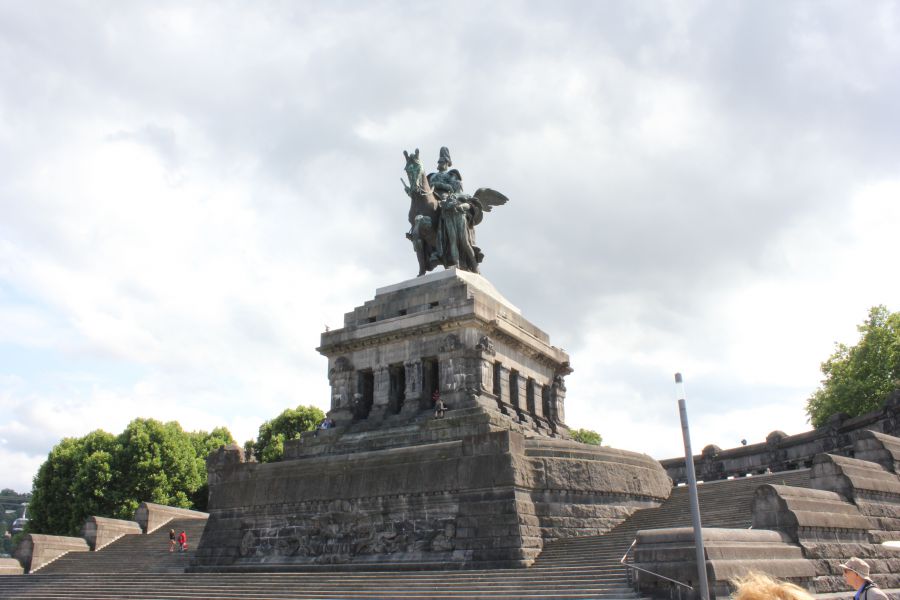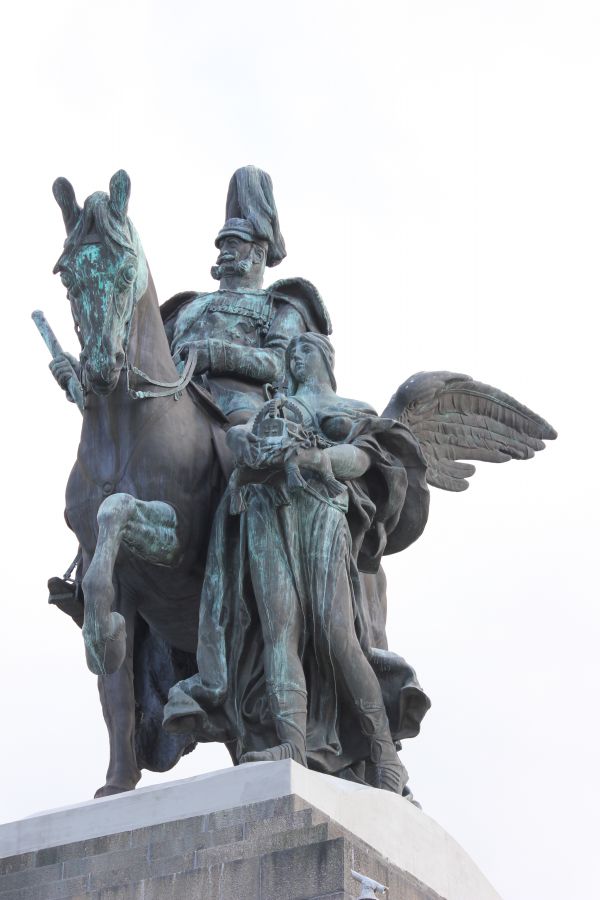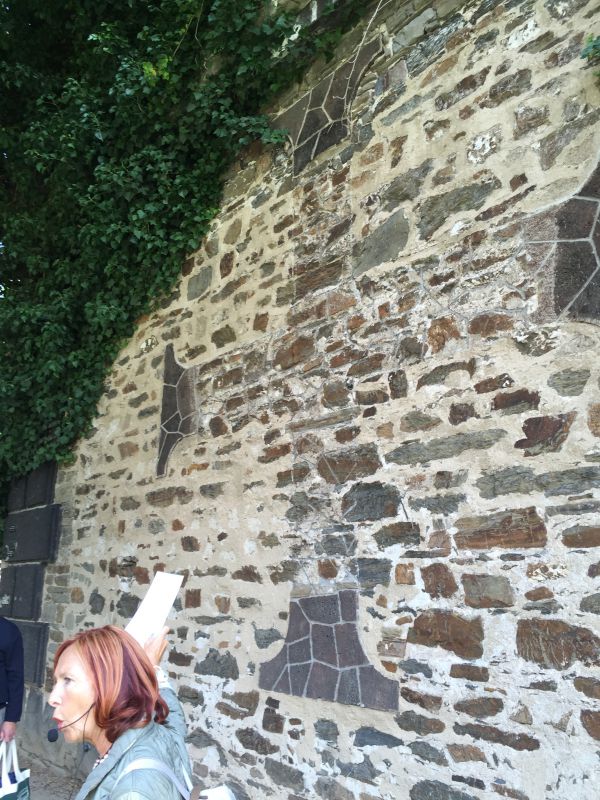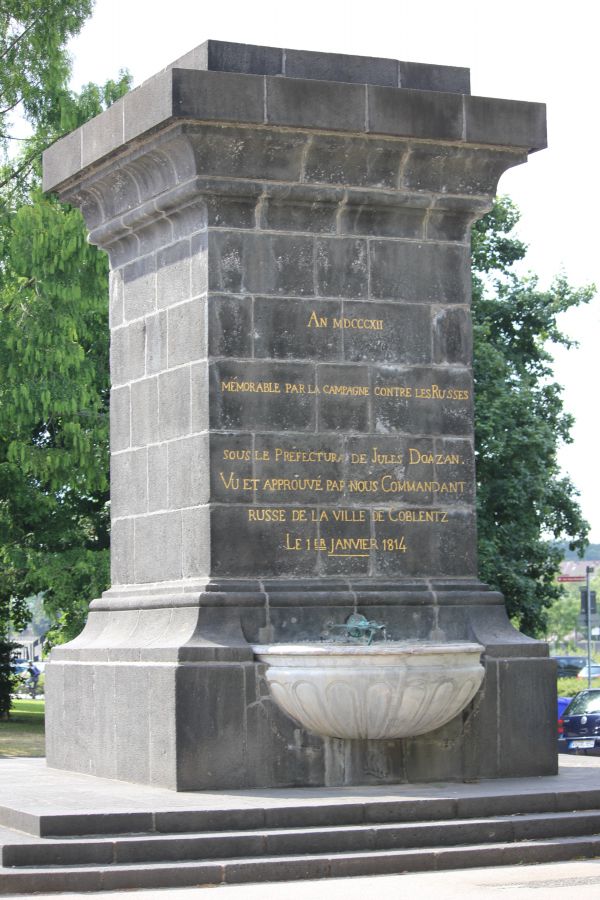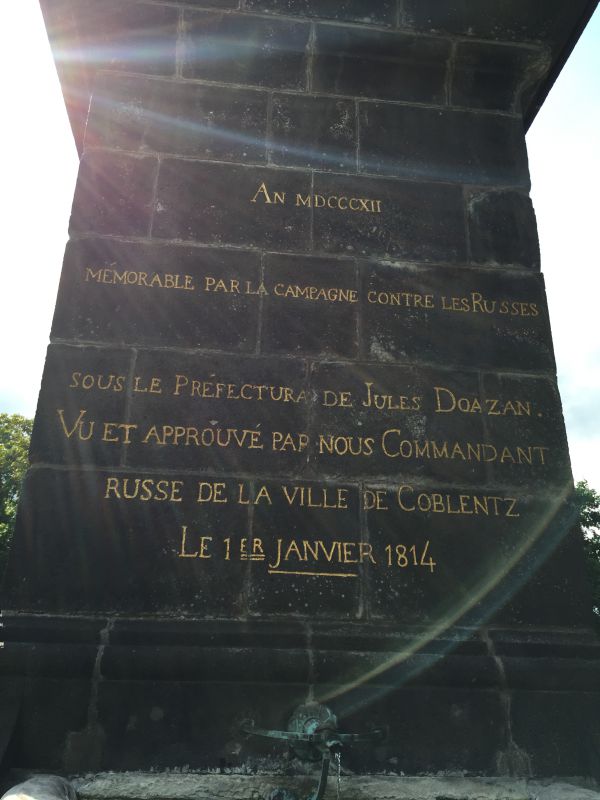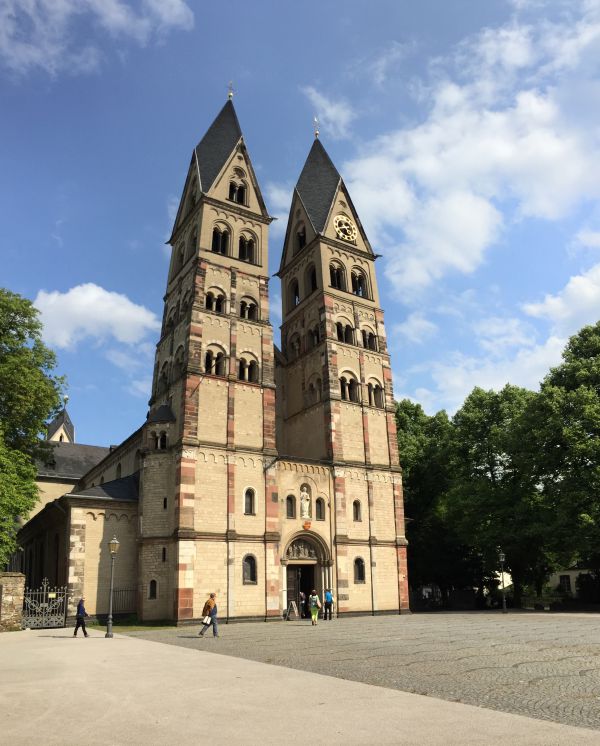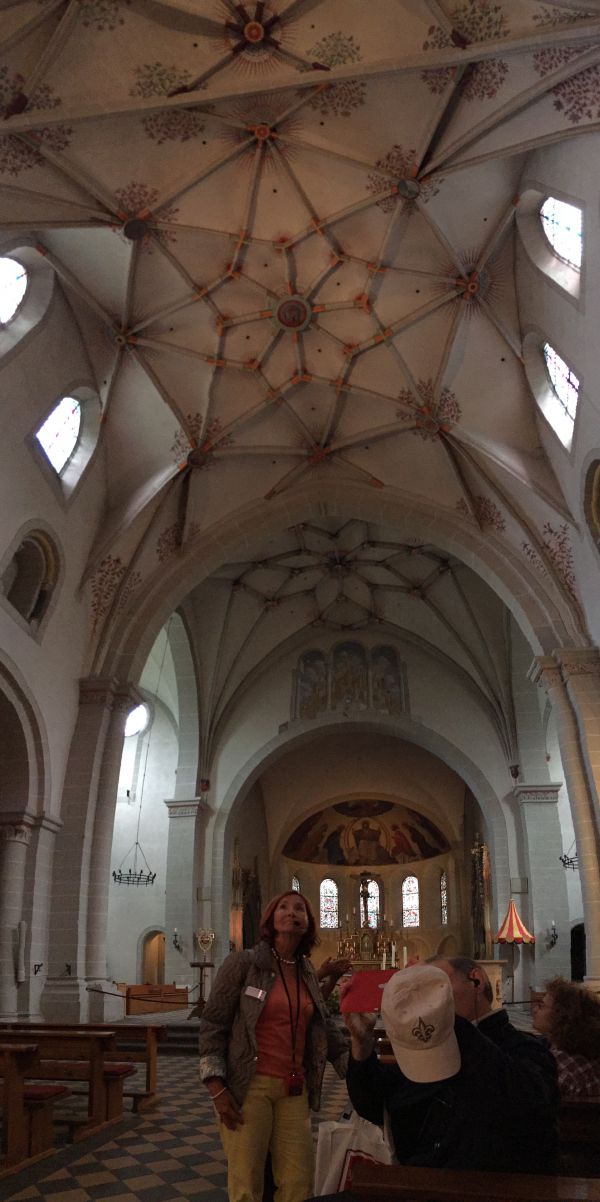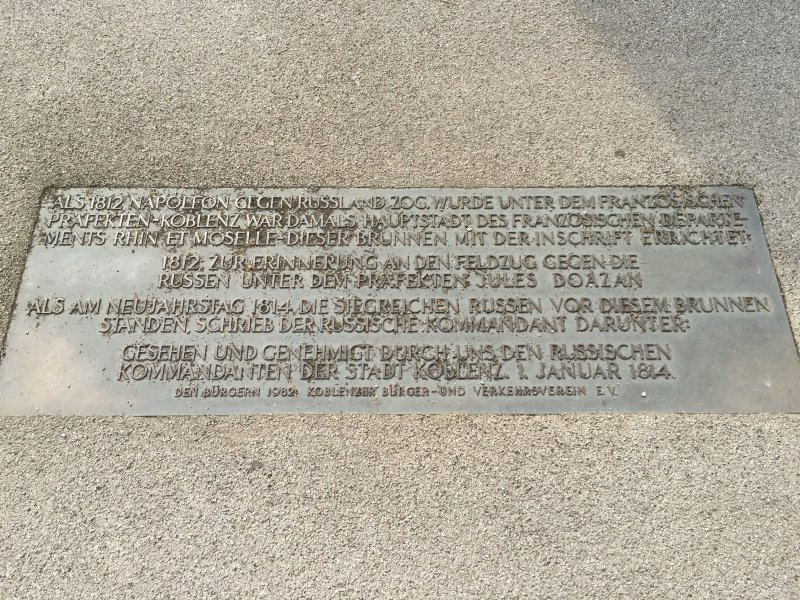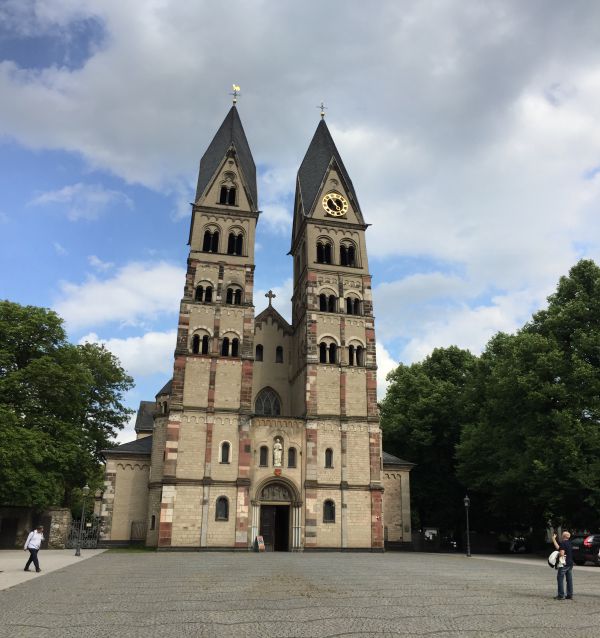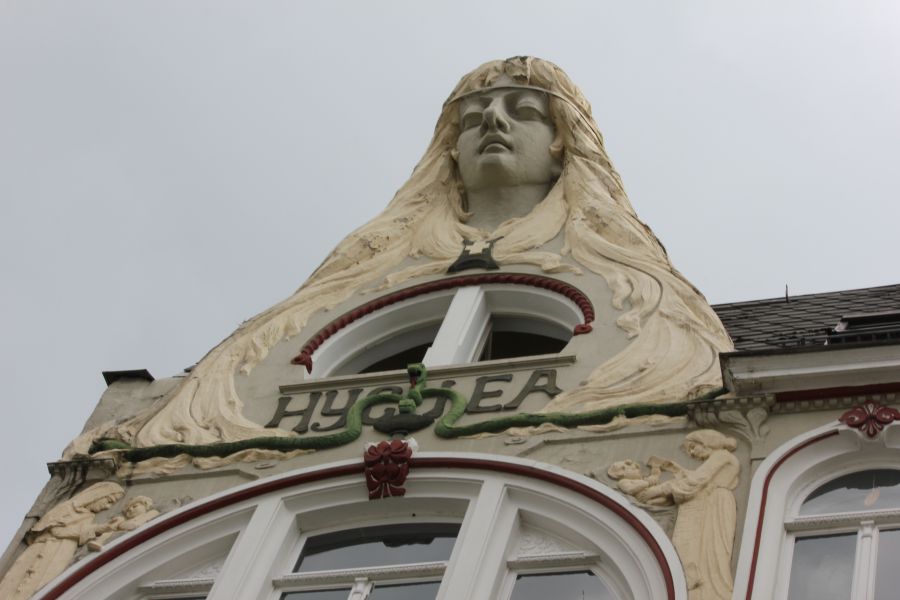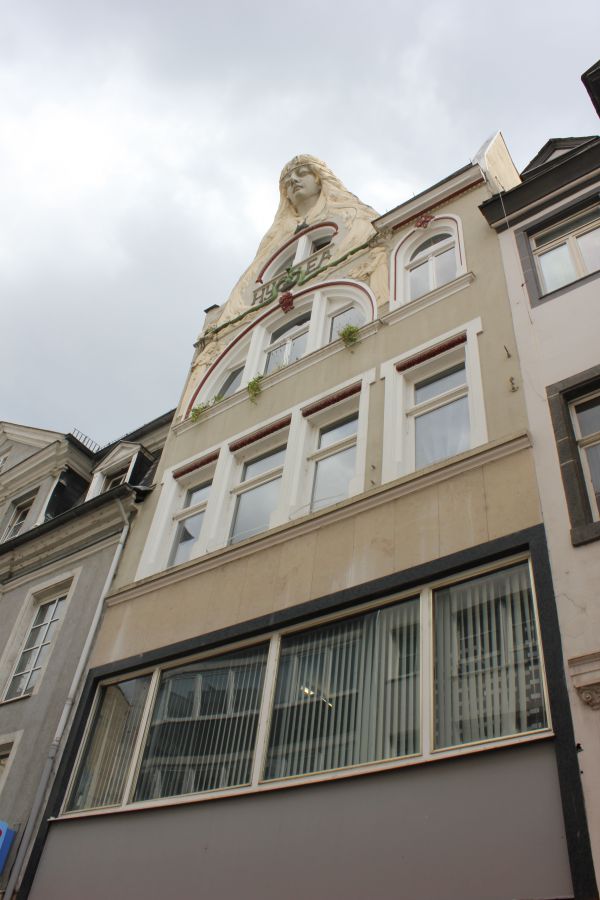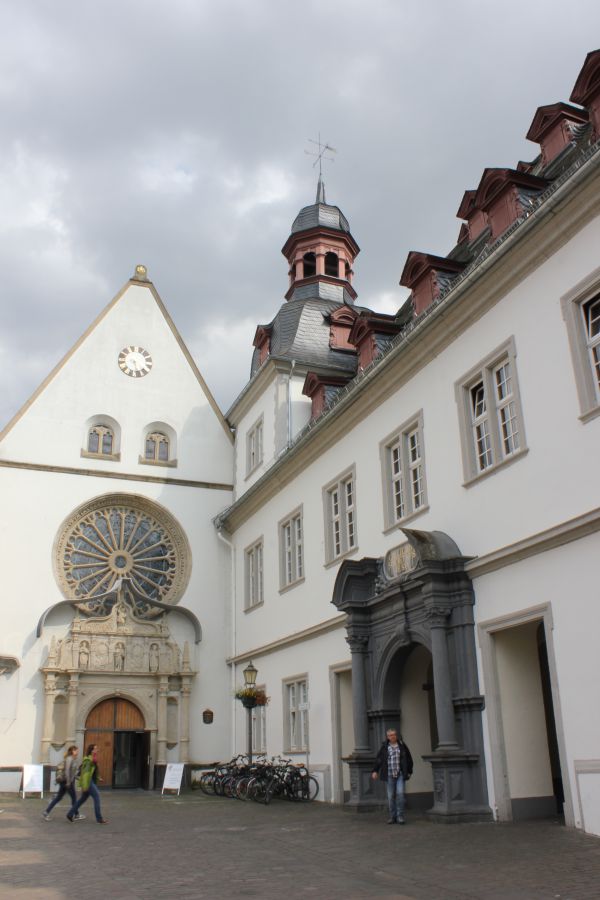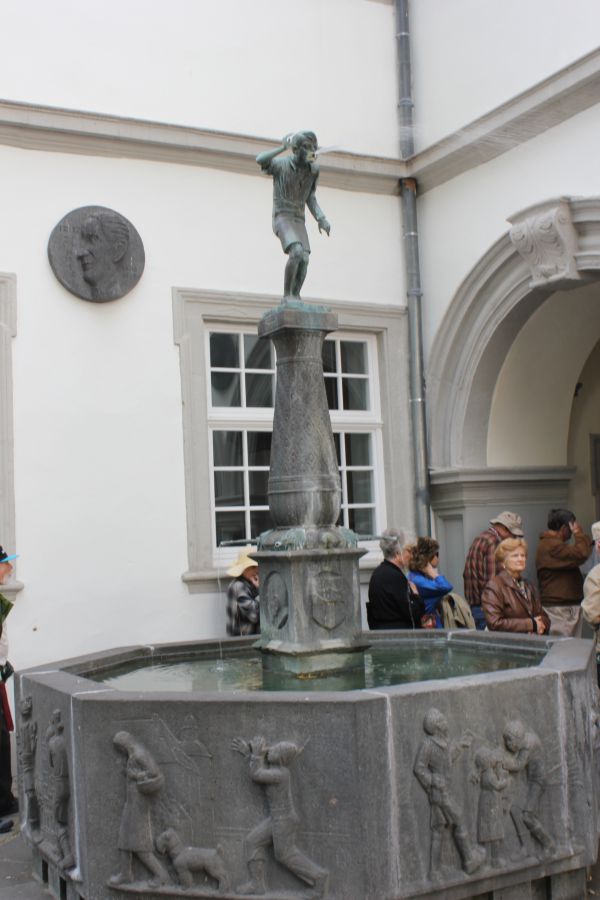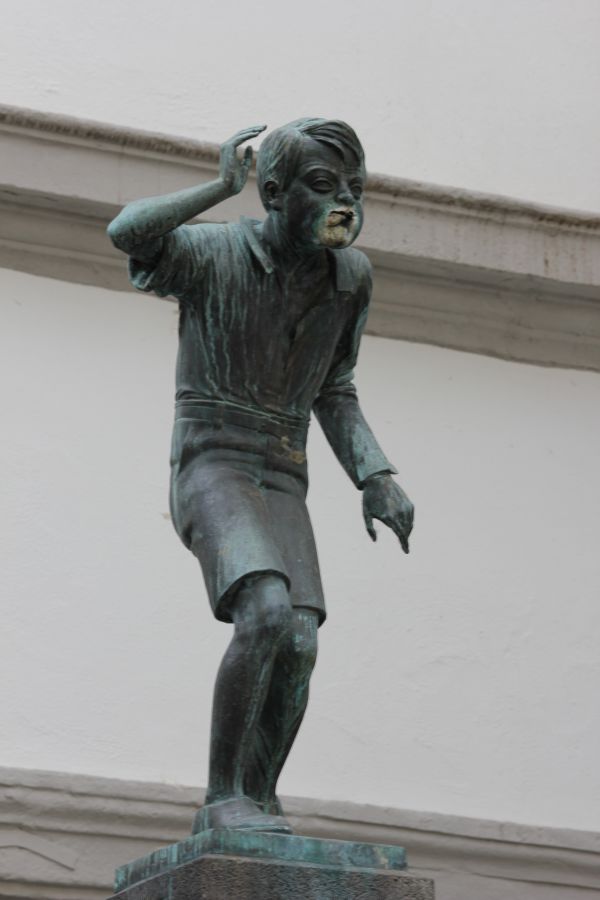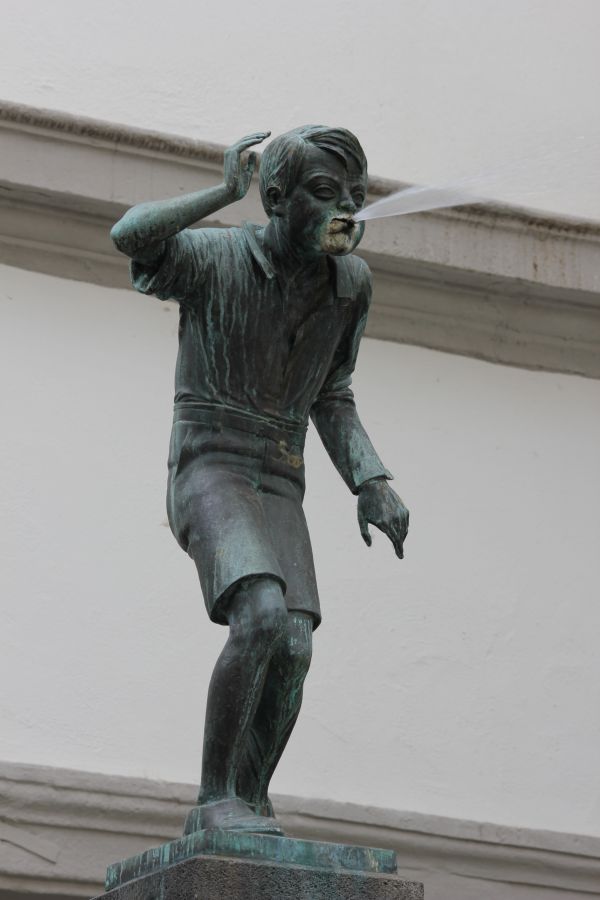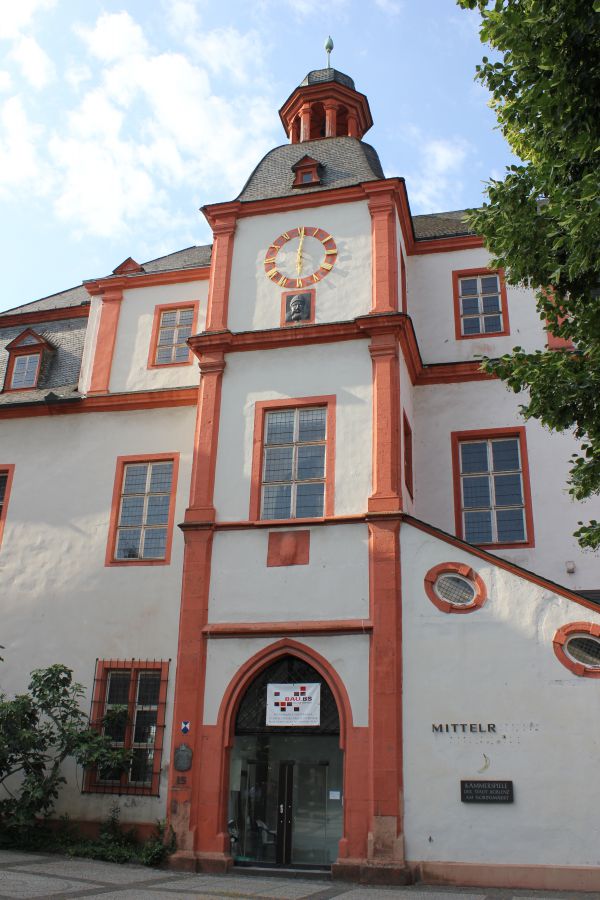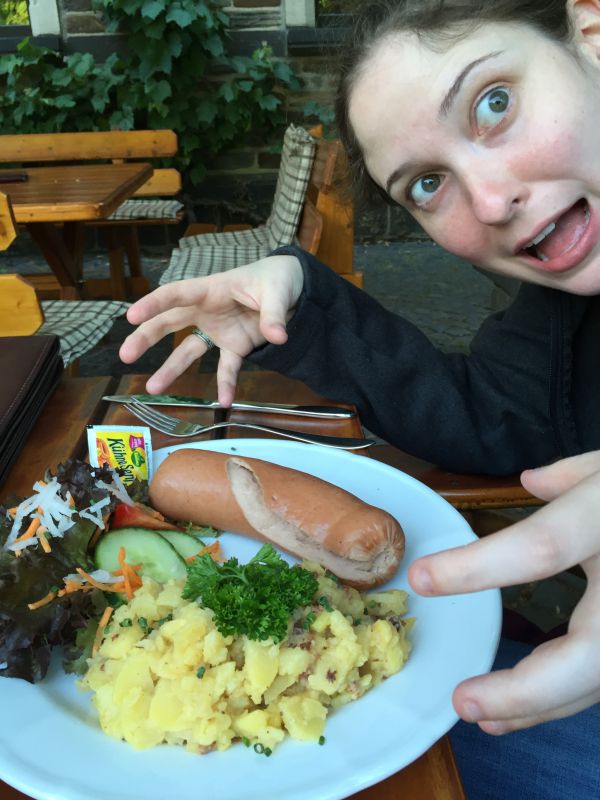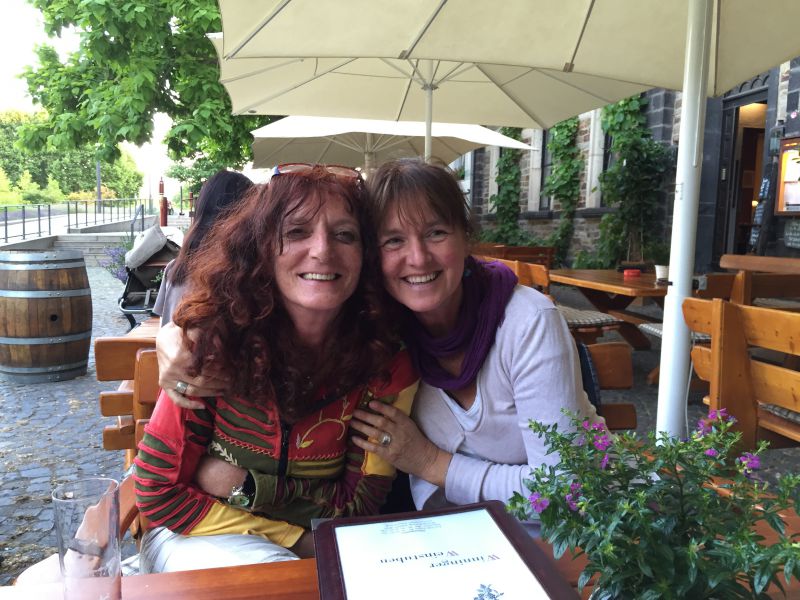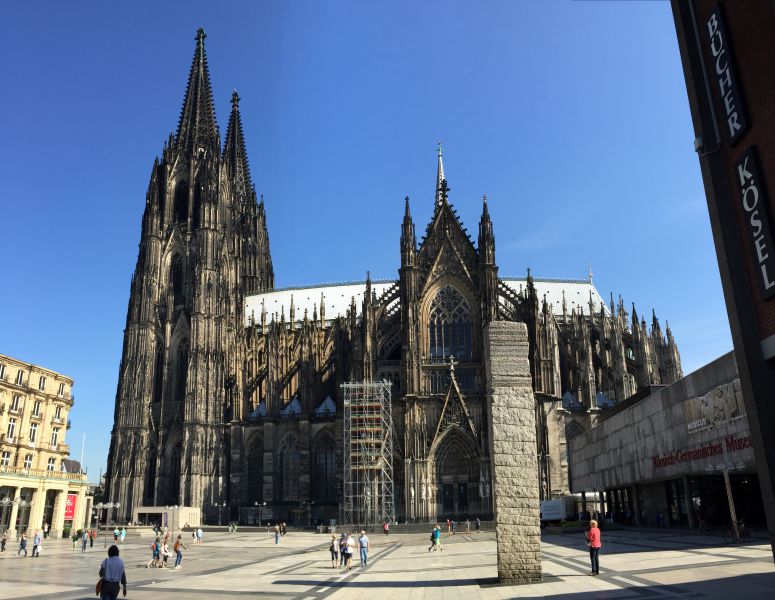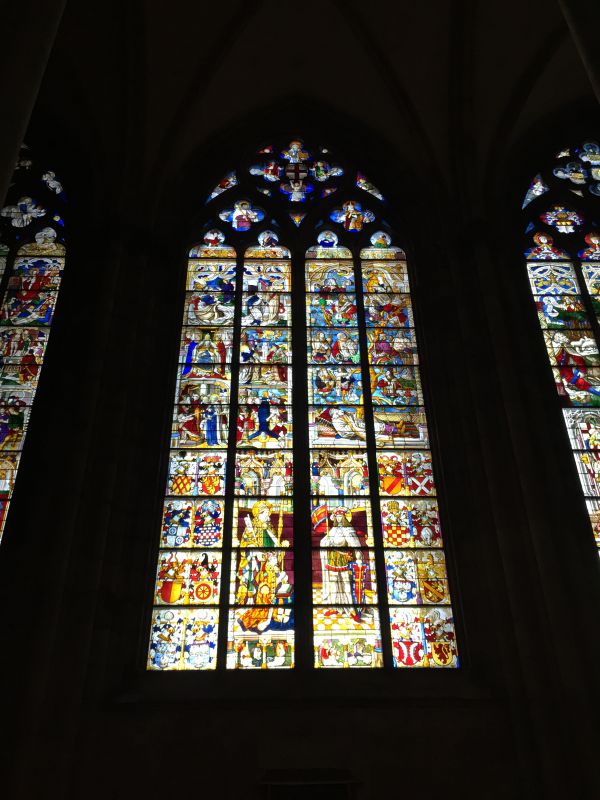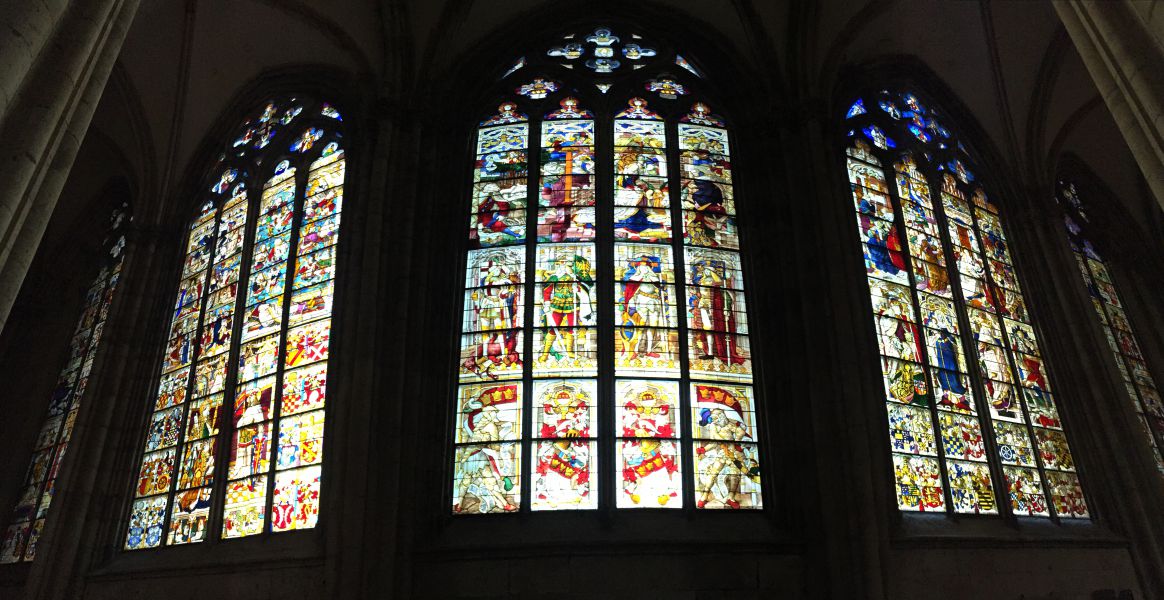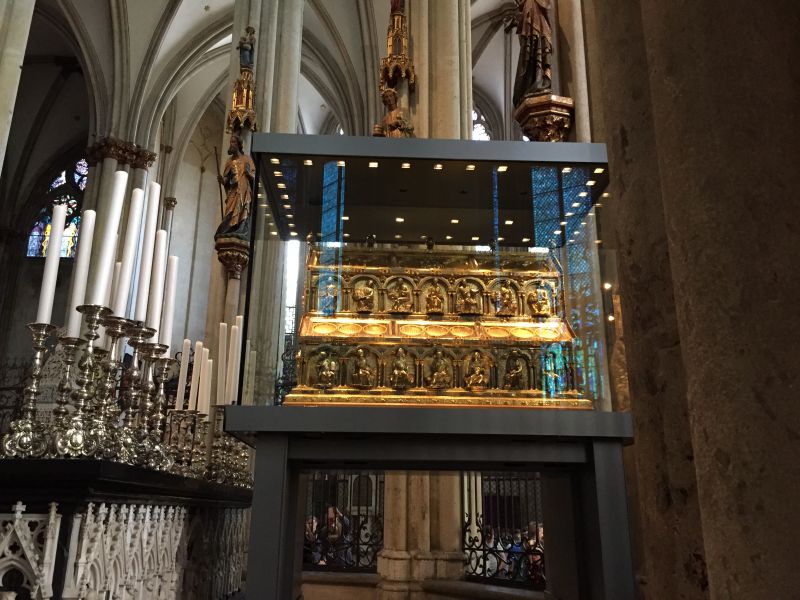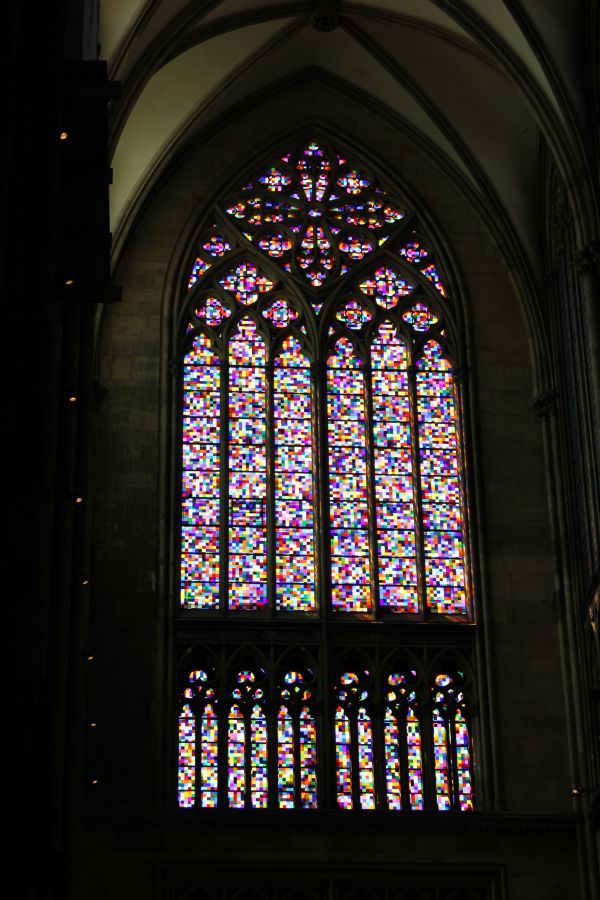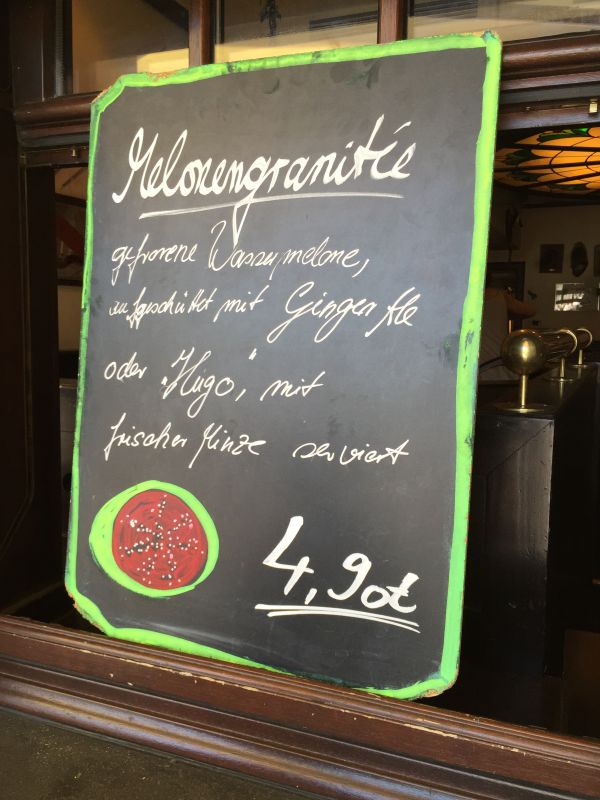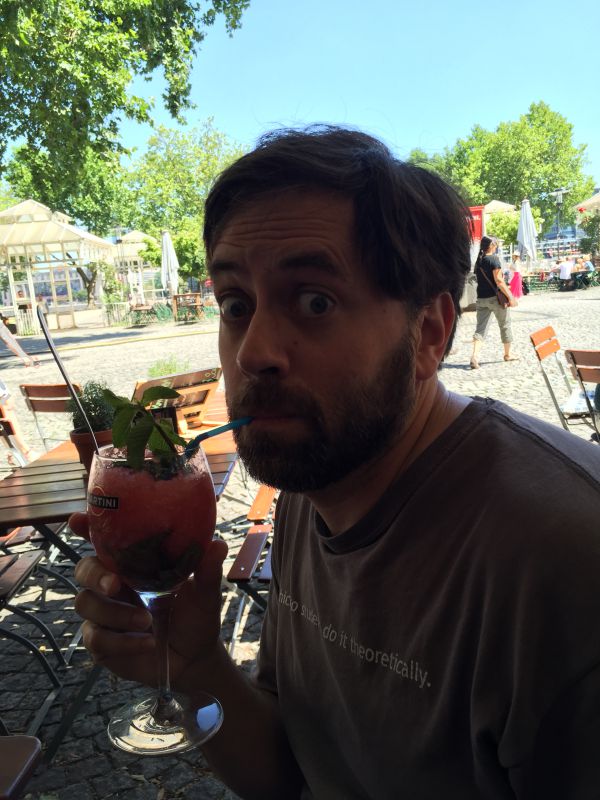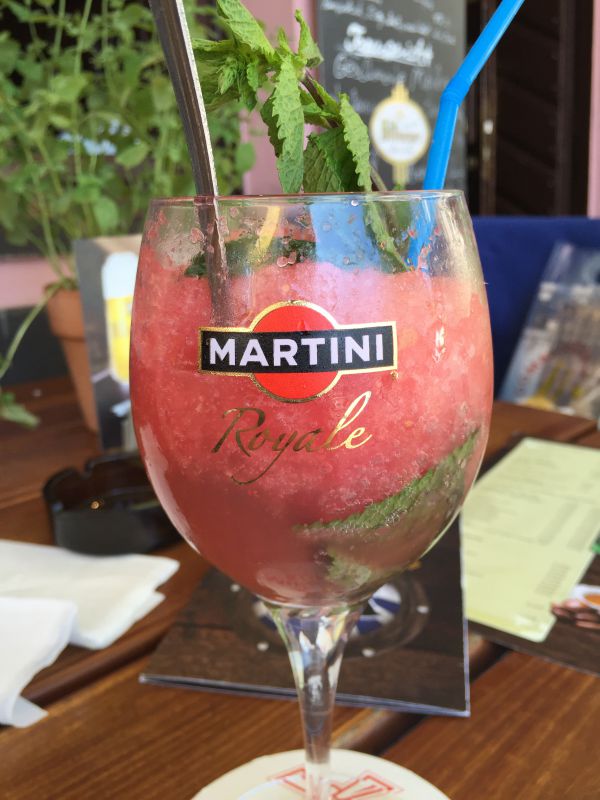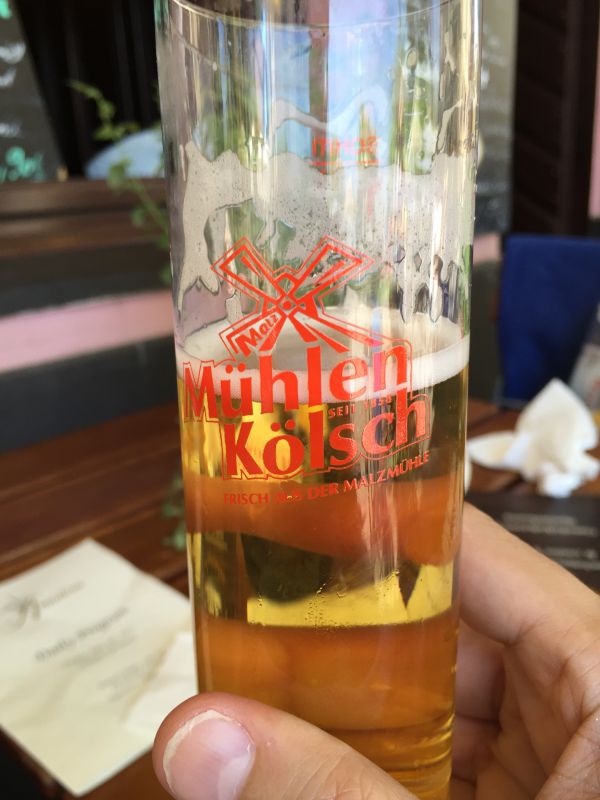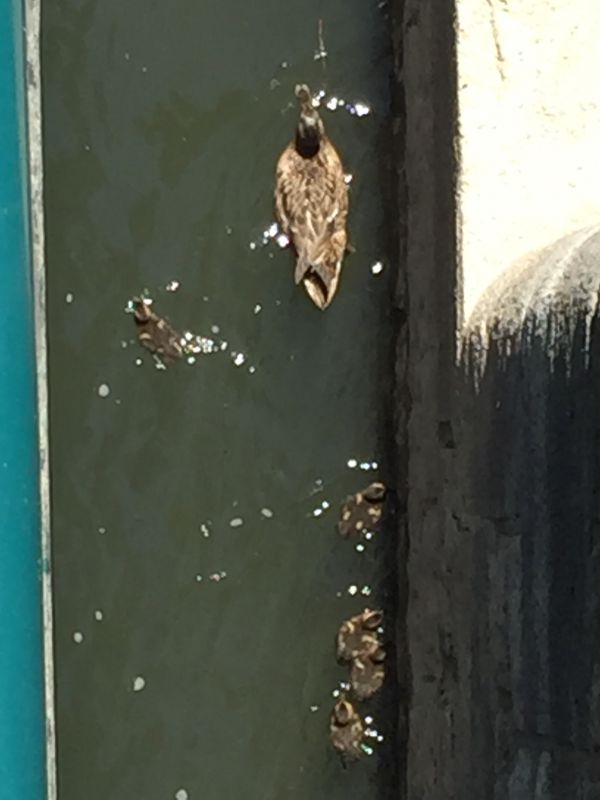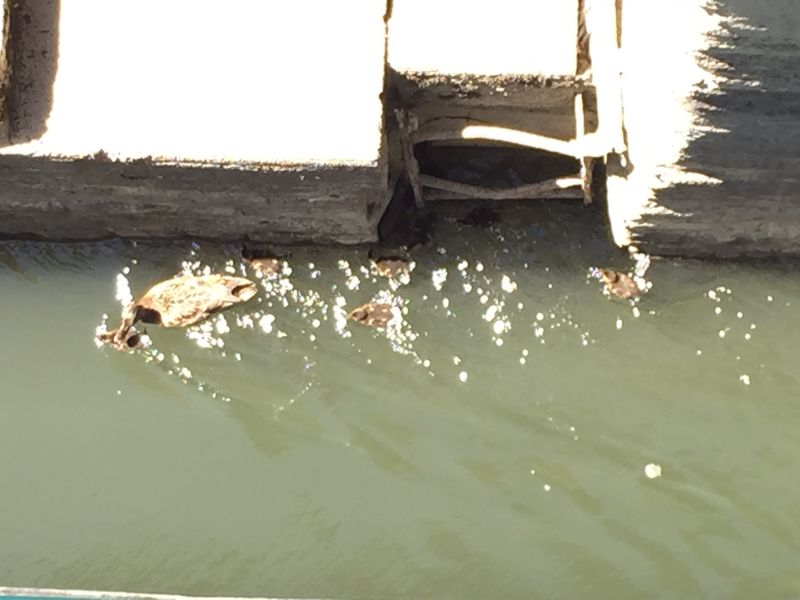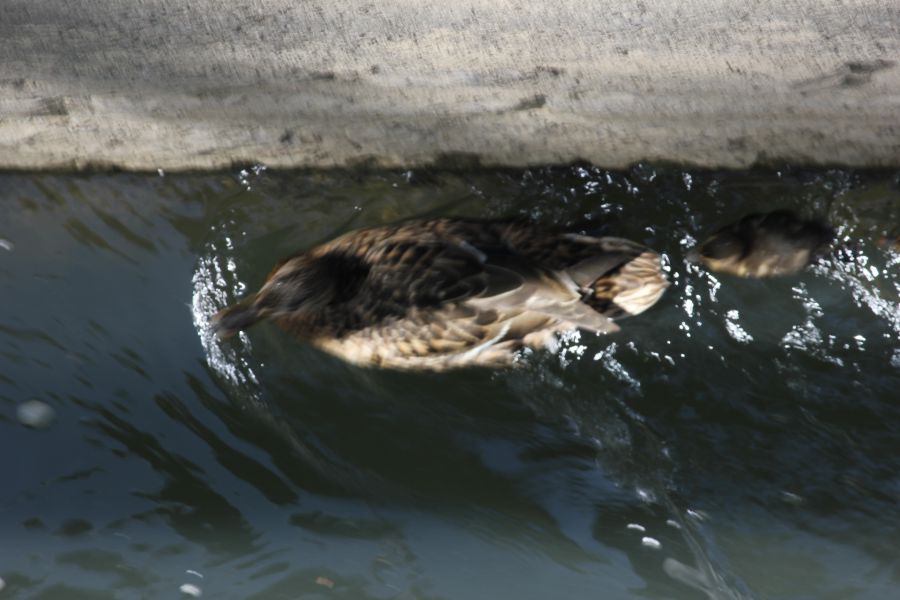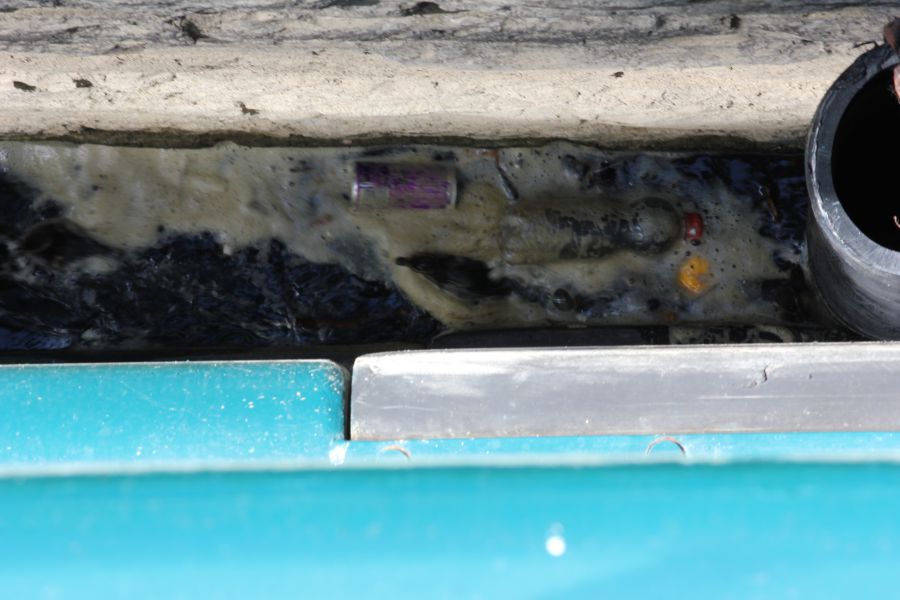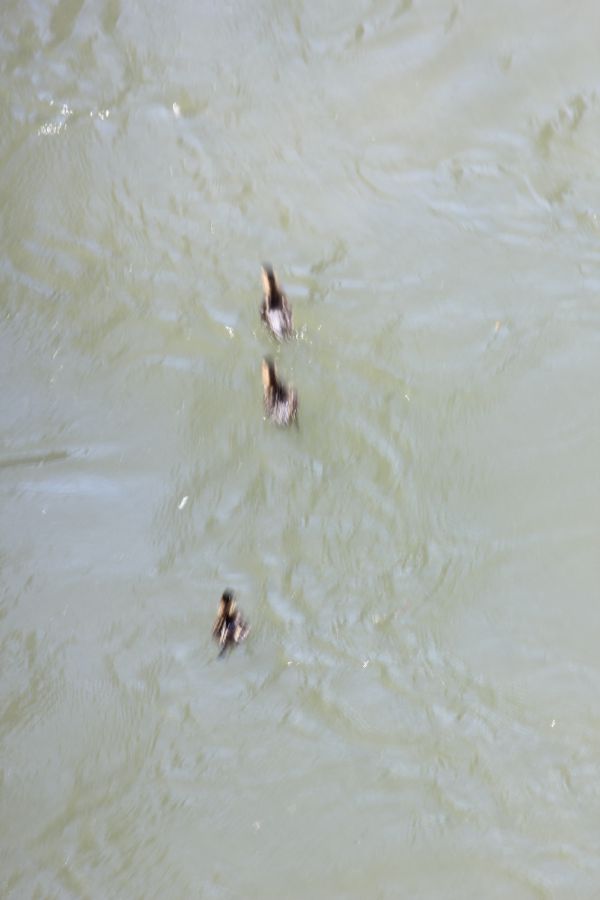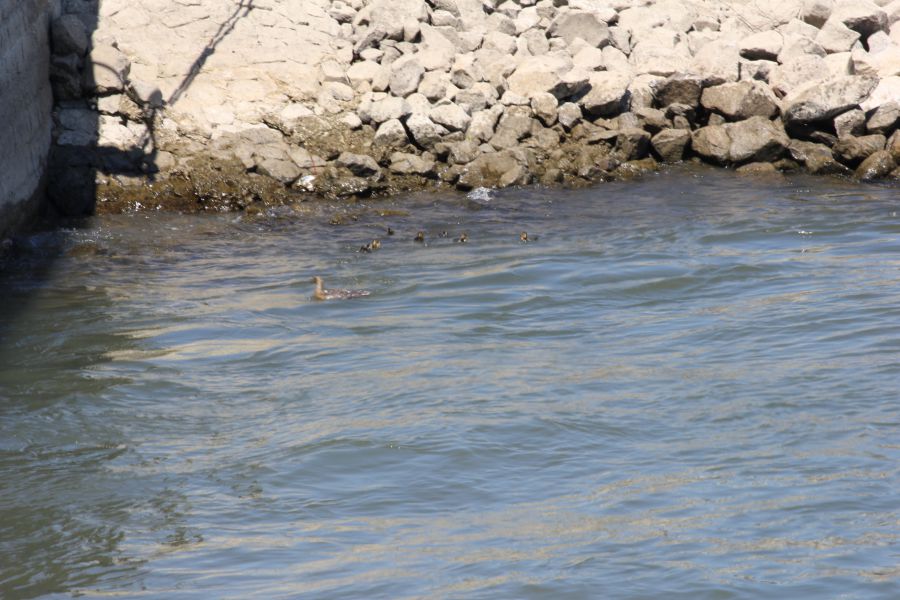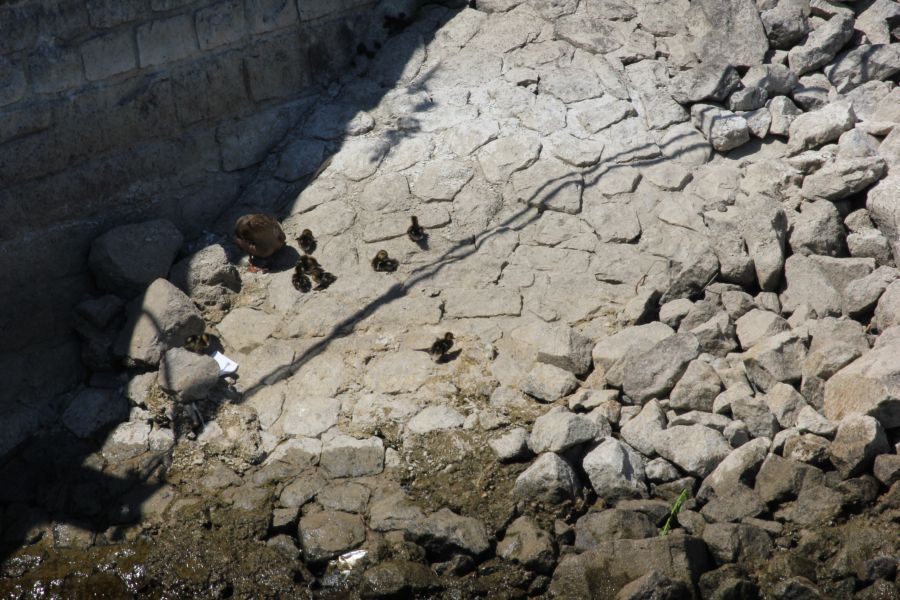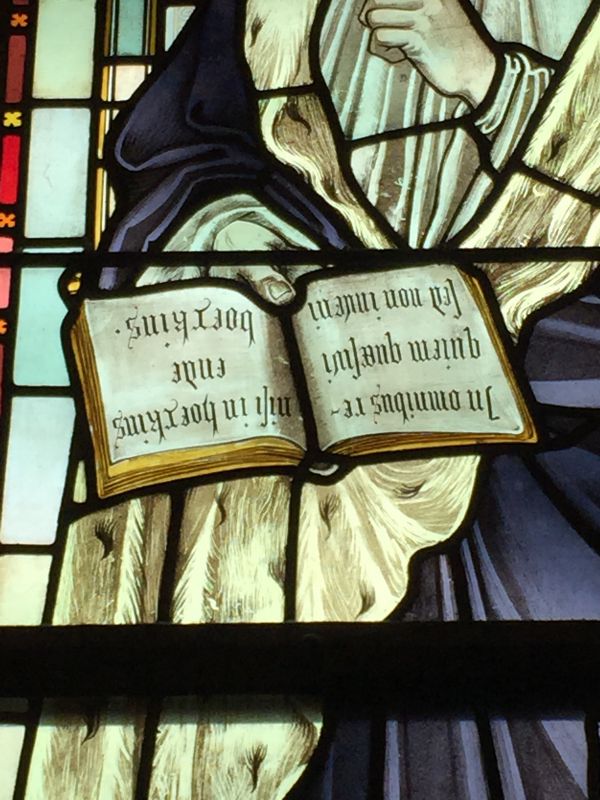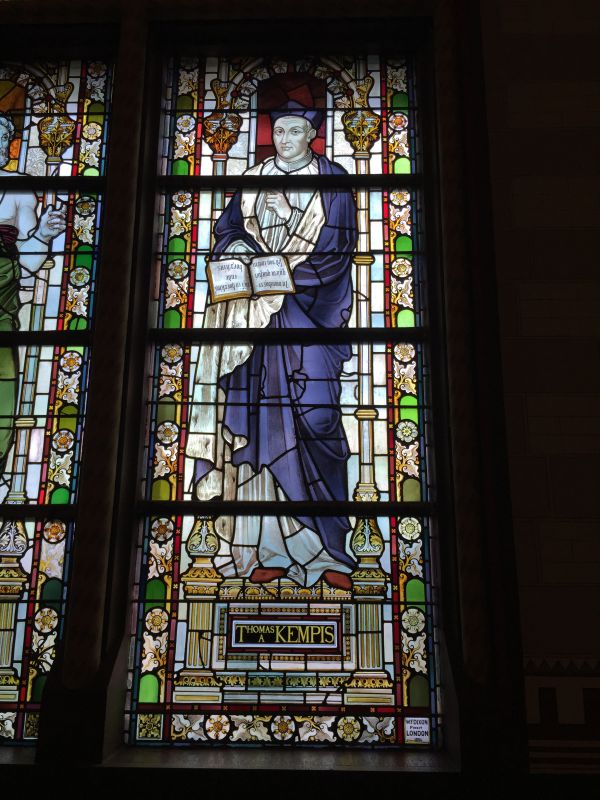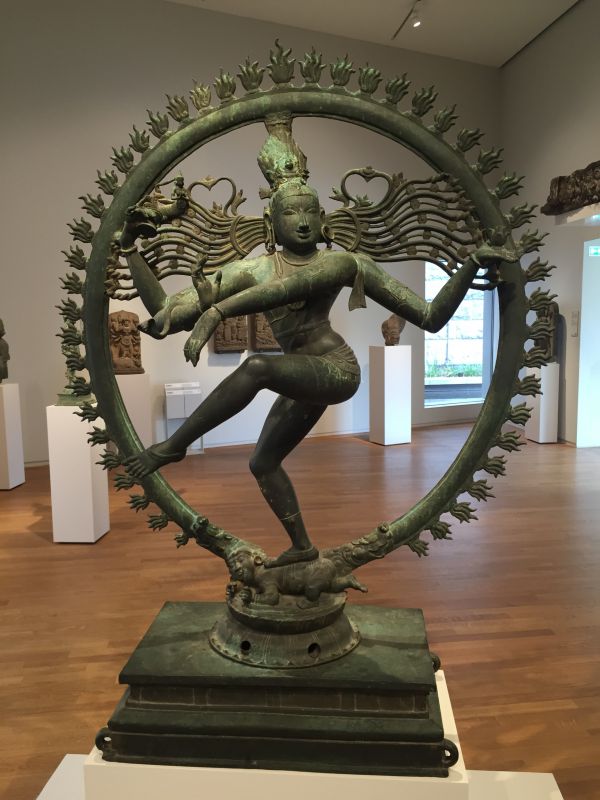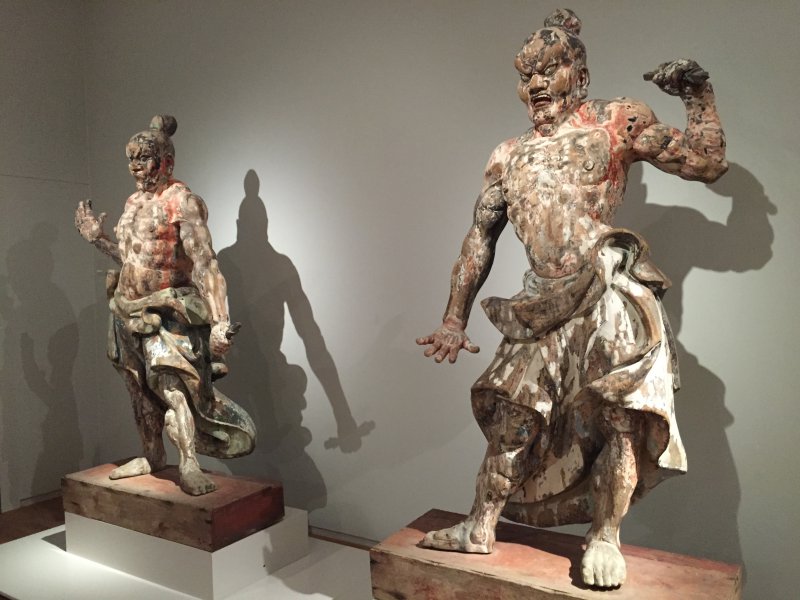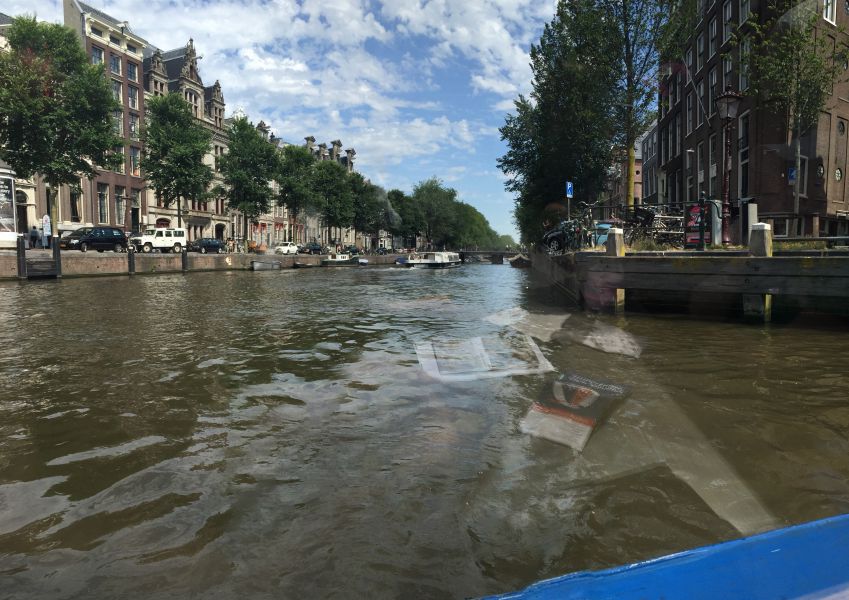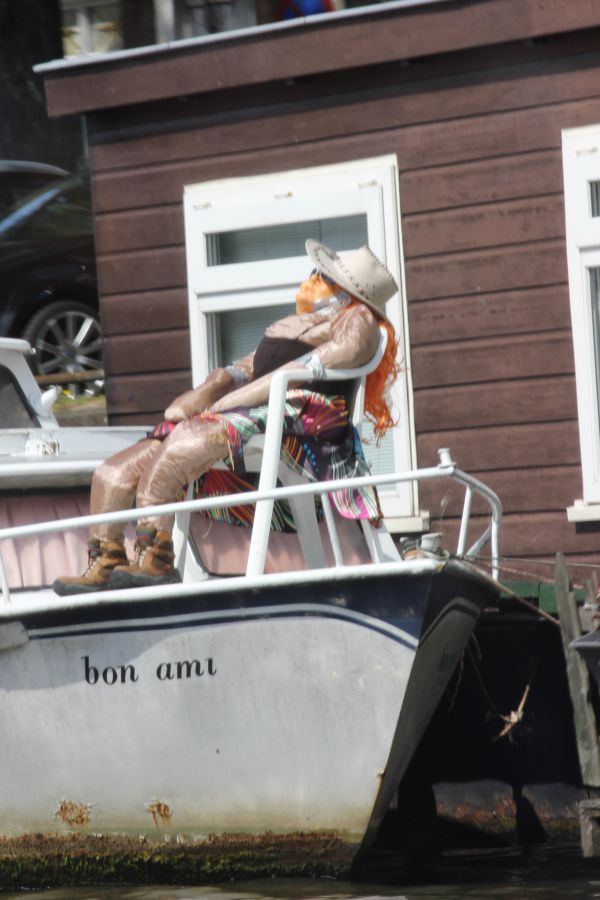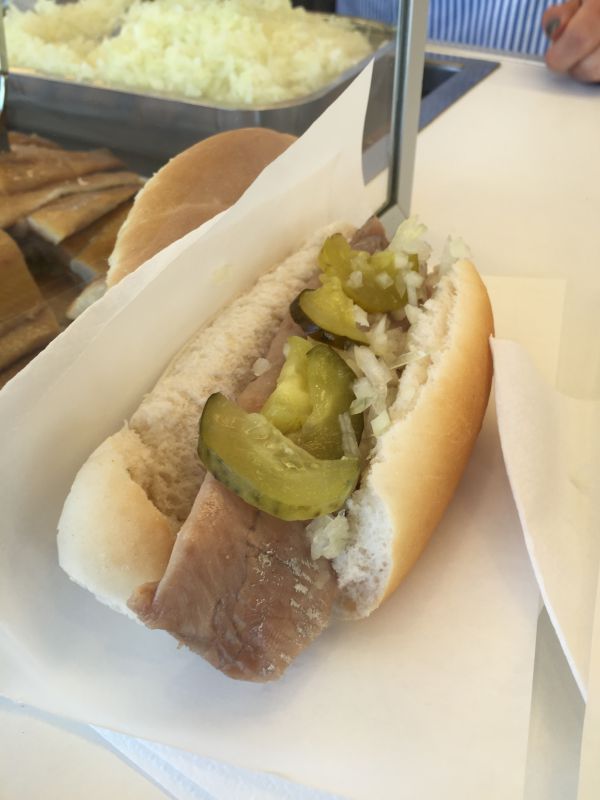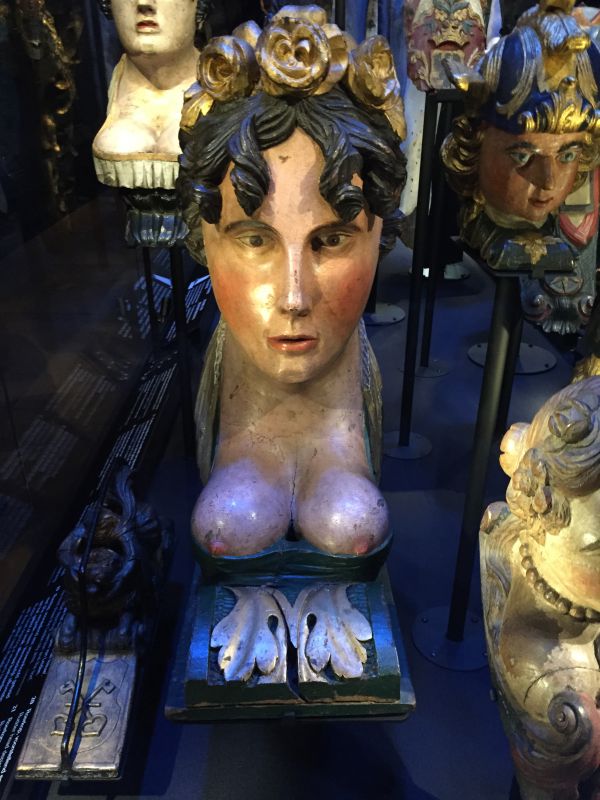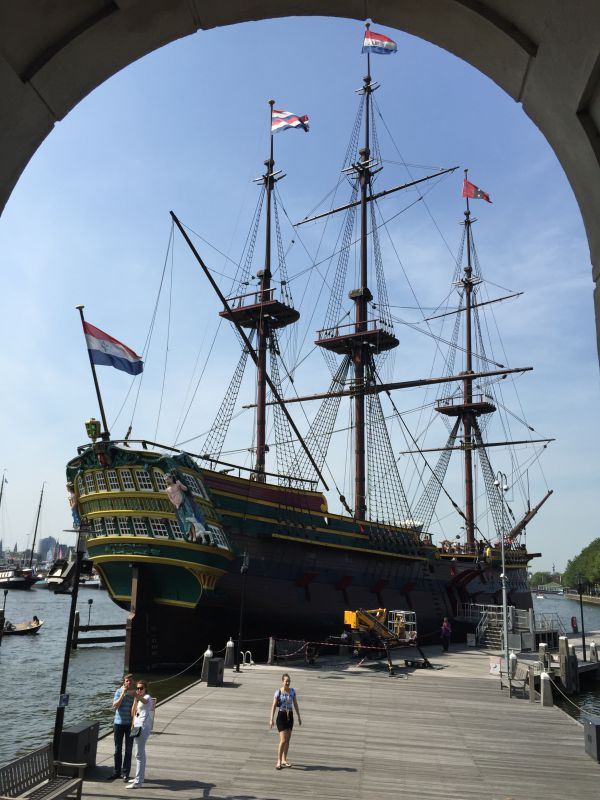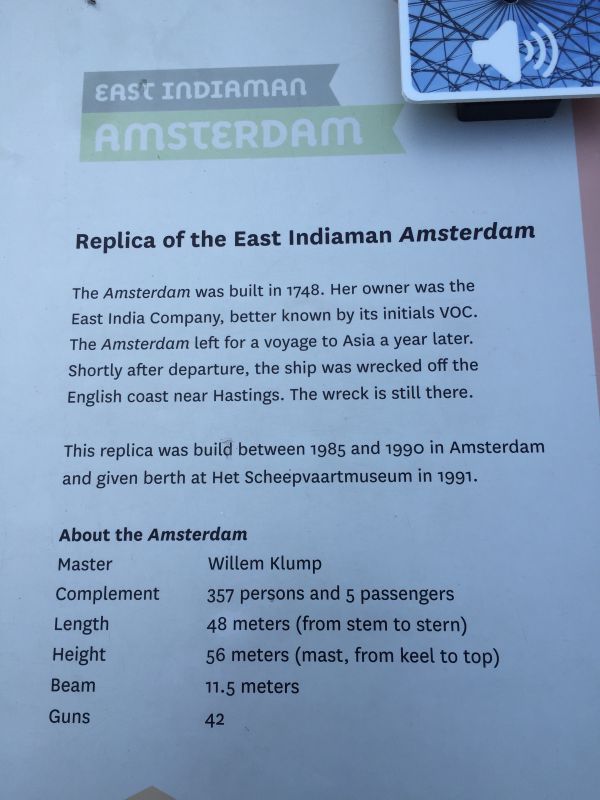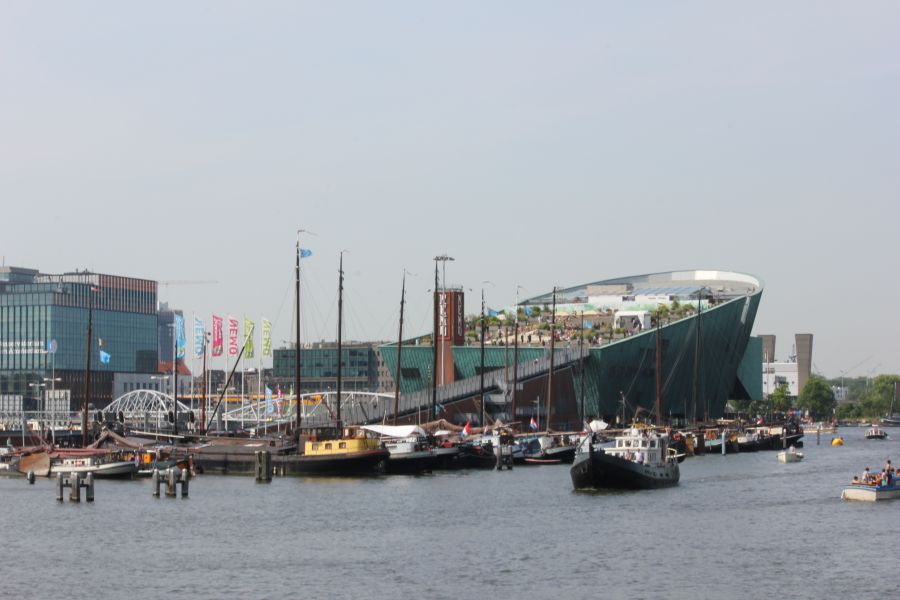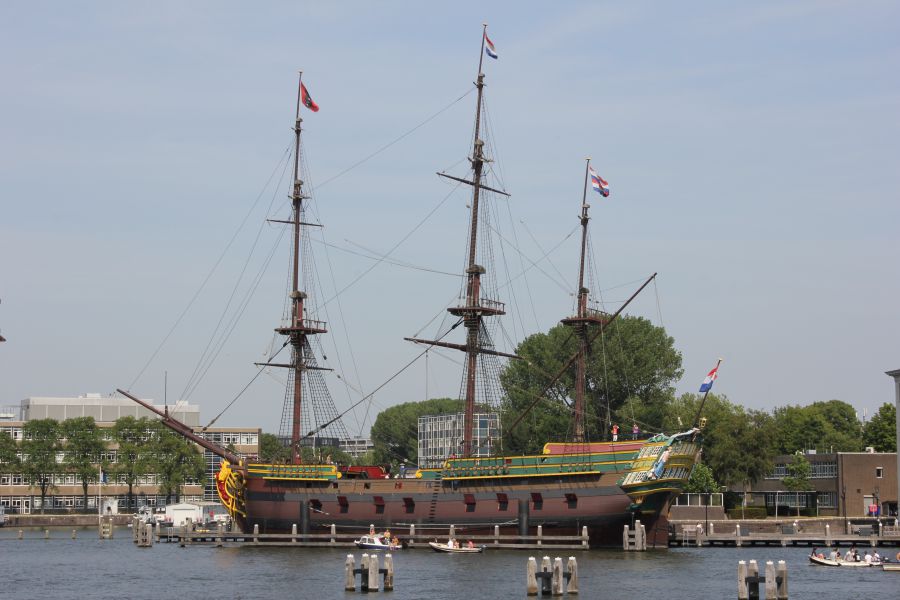Spellman Family Trip Europe summer 2015
On the riverbank in Budapest, Madeleine and Joel prepare to enter "the Whale", a modern shopping center vaguely reminiscent of... well... a whale.
Margie eats authentic Hungarian goulash in a surprisingly affordable restaurant in the Whale (with outside seating).
Outside view of the Blue Danube and a side view of the "Whale" (where we ate Hungarian Goulash) in Budapest.
Budapest by night. The first night of the trip the Amadeus Silver sailed us around the city to see it lit up.
"The Elizabeth Bridge", one of Hungary's favorite rulers because she spoke fluent Hungarian and spent much time in Hungary, rather than Austria.
The only memorial to the communist occupation of Budapest. It is a woman holding a palm leaf, and not a fish as many people seem to think.
One of the sign interpreters on our trip looking at the model of St. Stephen's Cathedral and the Buda city walls.
Noel took this picture outside the Primate's Palace in Bratislava. (Photography was not allowed in the palace itself). The Latin says "Envy is the companion of virtue" and somewhat unrelatedly "If God be for us, who can be against us?" This demonstrates a danger of writing in stone. The engraver ran out room at the end of the last line and wrote "contrans" instead of "contra nos"
In a courtyard in Bratislava, they have a community piano, where anyone can come and play for all to hear at any time. This man was playing the jazz standard "Blue Skies".
This was a building that our tour guide in Bratislava pointed out as an example that not all buildings in Bratislava have been renovated and kept up.
This is our tour of Bratislava. The tall man with the bag to Madeleine's left was our tour guide. He was quite entertaining and informative at the same time. He made jokes like, "Here you can buy some authentic things made from Bratislava...or maybe made from China..."
Our tour guide in Bratislava with their statue of Hans Christian Anderson, the children's fairytales author. Different objects on the statue stand for different parts in the stories he wrote.
After the tour, Mama, Margaret, Madeleine, Noel, and Joel went shopping in this store. Margaret bought traditional Bratislavan black current wine, Madeleine bought the picture seen in her hands, and Mama bought chocolates.
It took lots of tries to capture the mama bird on film. Her trips back home with whatever she had caught lasted only 1-2 seconds before she was off again.
My first pano! (that is, panoramic photo in iPhone parlance) taken around 10:00 in the morning overlooking the Danube from Dürnstein. We tried to find an establishment that would let us drink coffee on their terrace, but weirdly nobody offered outdoor seating until noon.
We sailed a short distance to the Abbey at Melk, where I desperately wanted to get inside this pink house because it was already so blazingly hot outside.
We listened to a performance here in Passau, Germany, home of what is debatably the largest pipe organ in Europe. The debate surrounds the issue that the pipes are in different parts of the cathedral.
Apparently before the stork and the cabbage patch, there was story that babies were made when women... threw rocks on the ground?
A painted memorial to the brewery's/winery's founder. The text in the banner might be translated as: "With feeling we remember him always; his wine puts us in a light and happy mood; it helped him reach an advanced age; he was our founder and remained manager until his dying day". (It rhymes in German).
A kitchen staff member of another boat checks his phone during a brief pause in his duties. He happened to be sitting in this little dockside window.
This mysterious sign was on the side of a building. I asked a local policewoman what it was, but she didn't know.
A medieval "keyhole finder". Our guide explained that when you came home after sunset in an age before electricity, finding the keyhole to your front door could be very difficult. With this, the curving shape around the keyhole would help guide it into place.
This was sticking out of the wall of a building in Regensburg. There were lots of little things like this. I don't know what they are for.
In Weltenburg, just outside of Regensburg, our tour guide forced us to climb a mountain in the nearly 100 degree heat with no shade, an expedition we later referred to as the "death march". At the top of the mountain there was a cloister which was not really open to the public (you could peek inside the door) and a museum with (I was told) exhibits only labeled in German. Most of our group was understandably grumpy, though I had a great time chatting with some locals in the relatively cool beer garden. The Weltenburg cloister is known as much for its beer as for its monks, and all of us later retired to the Klosterschenke for some of the award-winning suds.
A statue of Nepomuk is barely visible in the middle of this cliff face, taken from the boat on our journey away from the inferno that was Regensburg.
Stadium built by the Nazi Party to house pep rallies once a year. It was designed after the Colosseum in Rome.
Literally the Zeppelin landing field. Our tour guide told us that it was used for rock concerts from the 60s to the 80s. Once we were back home I did some research on this and it seems that incredibly, Led Zeppelin never played there.
This is the church in the square in Nuremberg called "Church of Our Lady". Sadly, the land where it sits was historically Jewish land that was taken from them in order to build a marketplace as well as this church. It is a parish church, meaning the church of the lay people. It was built through funding from the local congregation. It was reconstructed after it was destroyed in WWII.
These little sausages - small enough to fit through a keyhole they say - were tiny but delicious. A delicious luncheon in Nürnberg.
Lunch in Nuremberg, Germany: traditional bratwurst sausages, potato salad or sauerkraut, and beer. In the photo from left to right: Madeleine, Theresa (the UChicago alumni representative on the trip), Mama, Joel, and Noel.
Lunch in Nuremberg: Joel, Noel, Renate (our tour guide in Nuremberg), Margaret, Madeleine, Theresa, and Mama.
St. Lawrence Cathedral in Nuremberg. This was originally built as a Catholic church, but after Nuremberg became protestant, it was transformed into a Lutheran church.
Our local tour guide told us, among other things, that the star of David (see upper right of image) only became a Jewish symbol in the 20th century. However, Jonathan Lyon, our expert on the region and its history who was traveling with us on the boat, dismissed this as nonsense, along with a lot of other stuff the tour guide said. One thing was for sure though: the beer was delicious.
In Rothenburg, this was a sort of "Medieval Shopping Mall". These doors would open and people would come in to buy things. Now they just use the space for storage.
I had a very nice conversation with this lady as she sat on her stoop in Miltenberg tatting a curtain. Her name was Barbara Mages and she was 86 years old. She told me "Sterb jung, du willst nicht alt werden" ("die young, you don't want to get old").
When you ask a stranger to take your picture, 99% of the time they will put you in the middle of the frame. YAWN!! I always have to ask them to put us off to one side.
The "Naughty Boy" statue in Koblenz. It spews water from his mouth at you, so you better not stand in front of it and fall for his trick.
In Koblenz, I thought that Margot and I would have a romantic dinner out for just the two of us. Soon after we sat down, however, these two German ladies asked if they could join us at our table (which had seats for four). What could we say but "yes"? Fortunately, they turned out to be very charming dinner companions. Their names were Astrid and Kersten.
a modern stained-glass window that apparently caused quite a stir for being a confetti-like mosaic of colored squares. Supposedly the placement and color of the squares is not as random as it would seem. We were told there was some kind of left-right symmetry in the two halves of the window. I asked for further clarification on this, but I could never see what they were talking about. But I like the window anyway.
"The Journey of the Three Kings", painted since this is where the three kings (they who of orient were) are supposed to be buried.
Margot and I took advantage of a very short (~30 min) interval between touring and ship-board lunch to walk into Amsterdam in search of this herring shop, where raw herring is served on bread. I was very keen to try it, especially as July is peak herring season. Margot was very concerned about the time and grew grumpier as it became clear that finding the shop would not be easy. The streets of Amsterdam near the docks and train station are very twisty and confusing and going anywhere on foot means being on constant alert for speeding cars and bicycles that whiz past in every direction. It was also blazingly hot outside. However, we persevered, got some very good directions from a train-station employee on her lunch break, and eventually met with success.
My herring sandwich. Margot got the same one. They were incredibly delicious and made the whole quest worthwhile.
You can tell how low the ceilings are aboard this Dutch East India Ship because of how much Madeleine is having to duck down to walk around. All the space was kept for the treasures and booty these ships would carry back to Europe, not for the crew.
